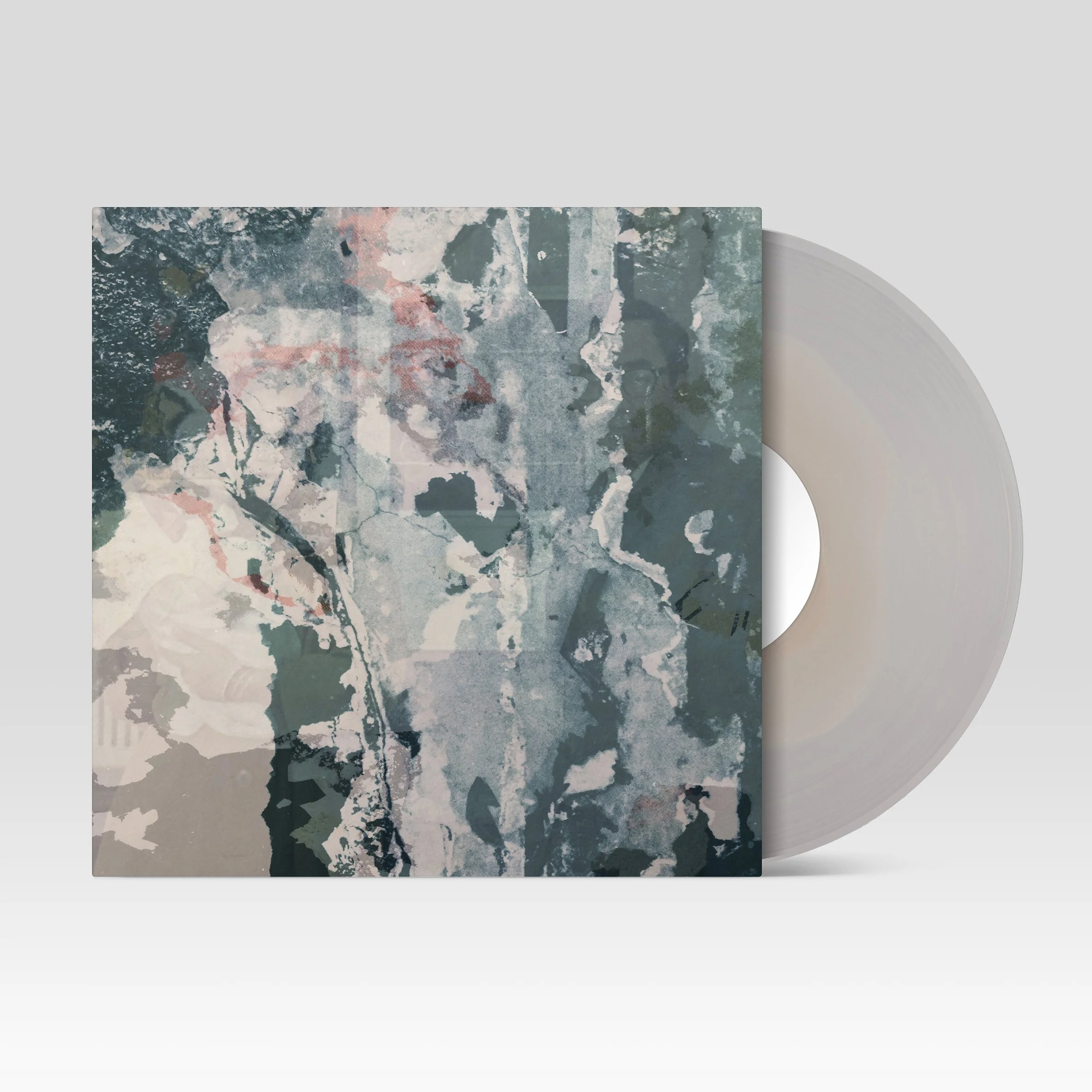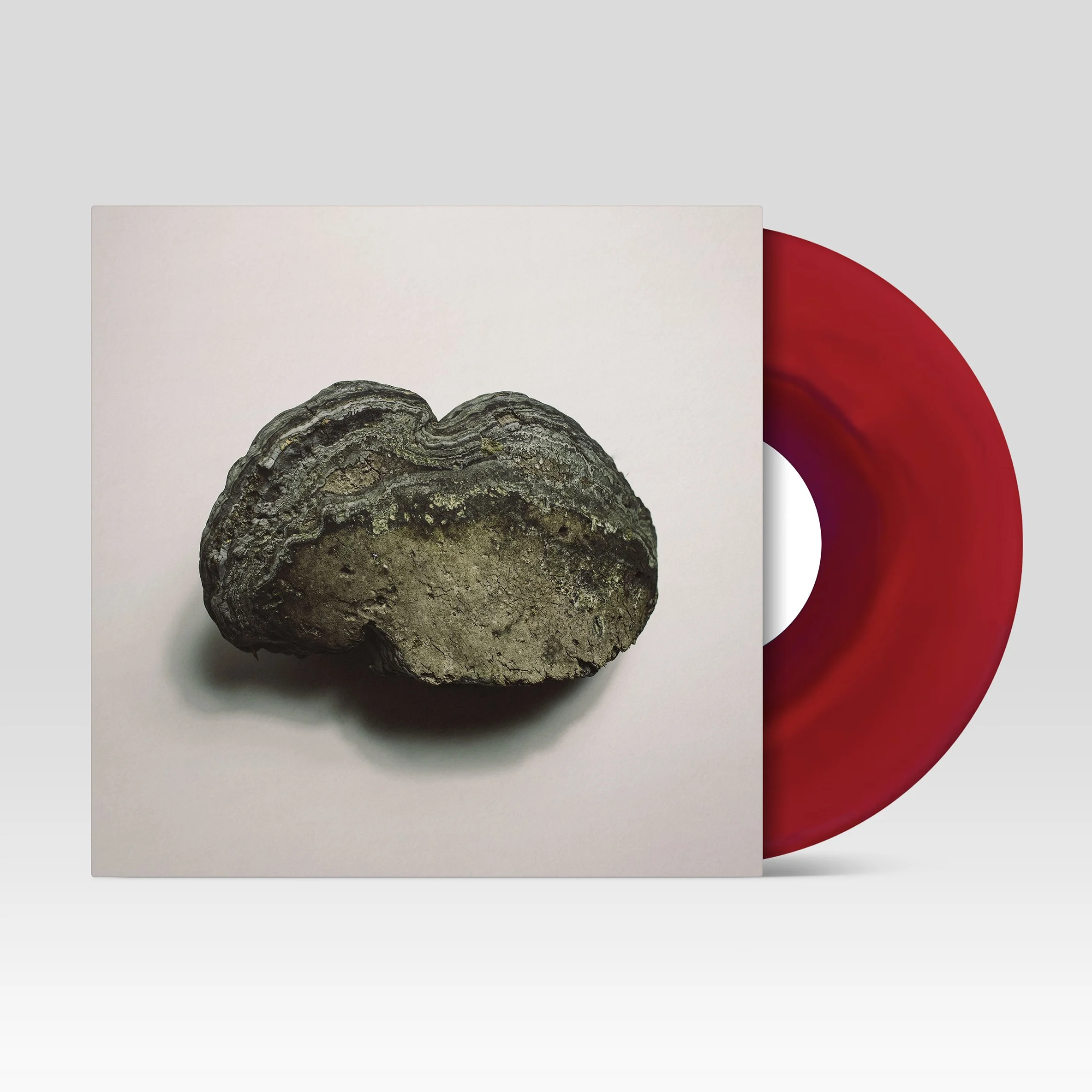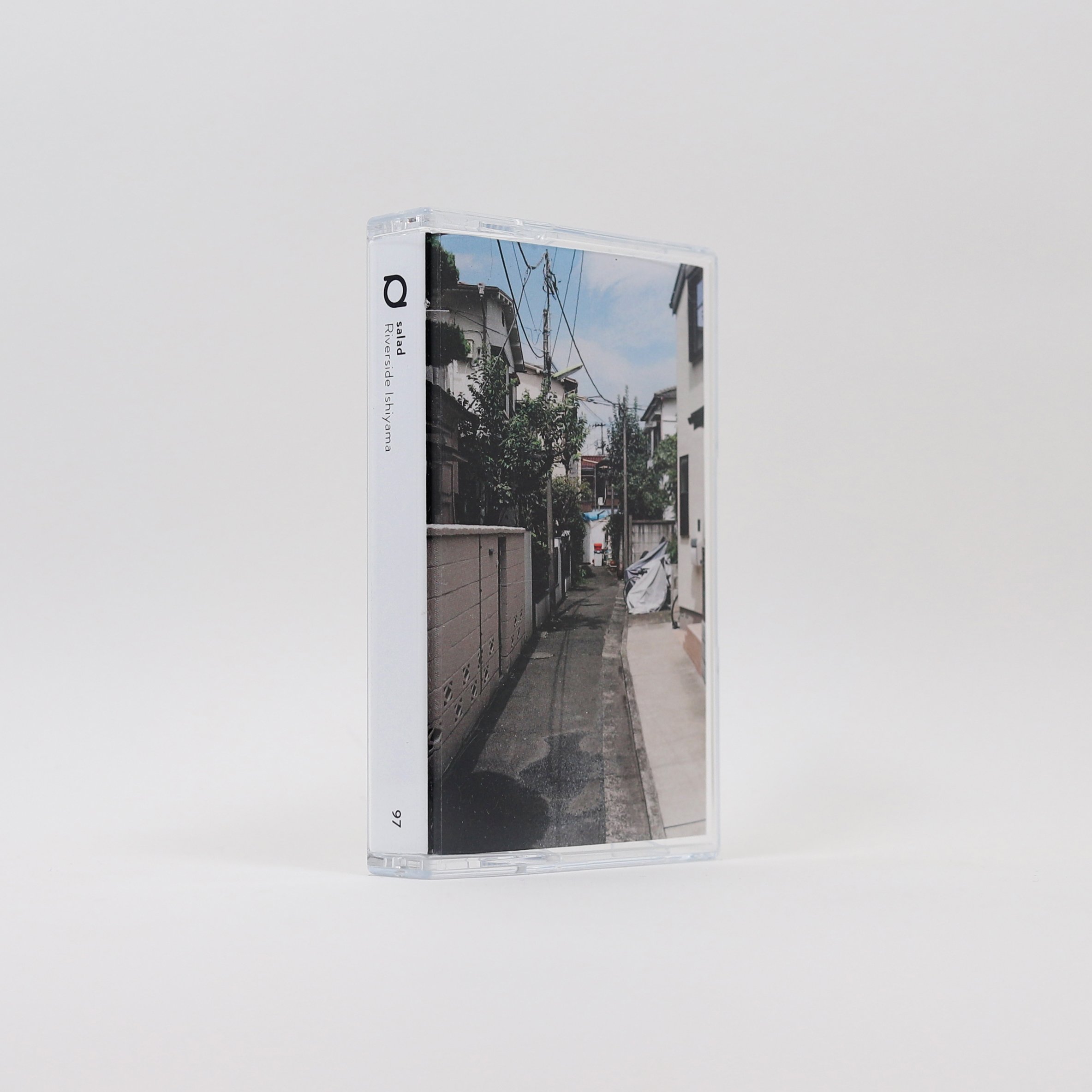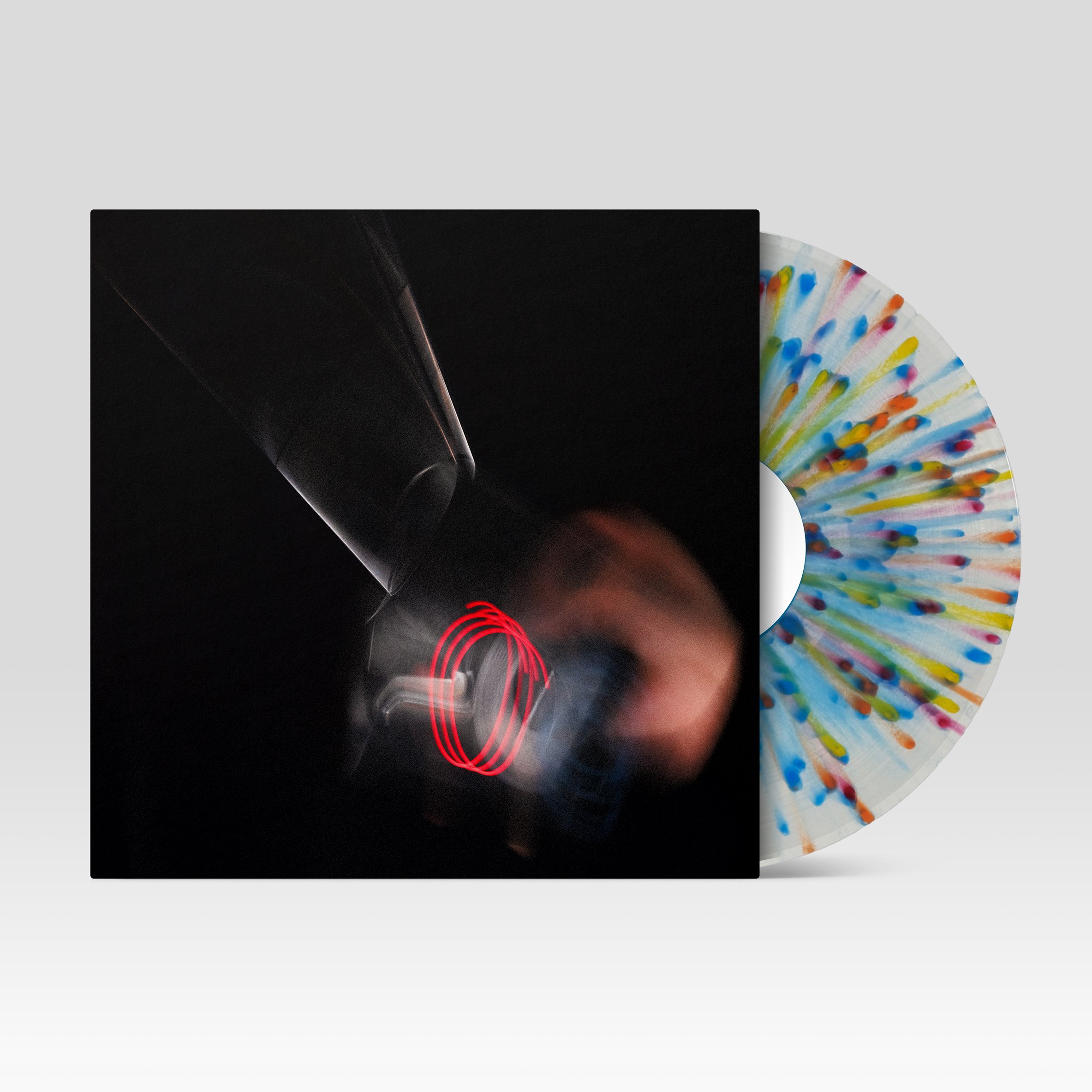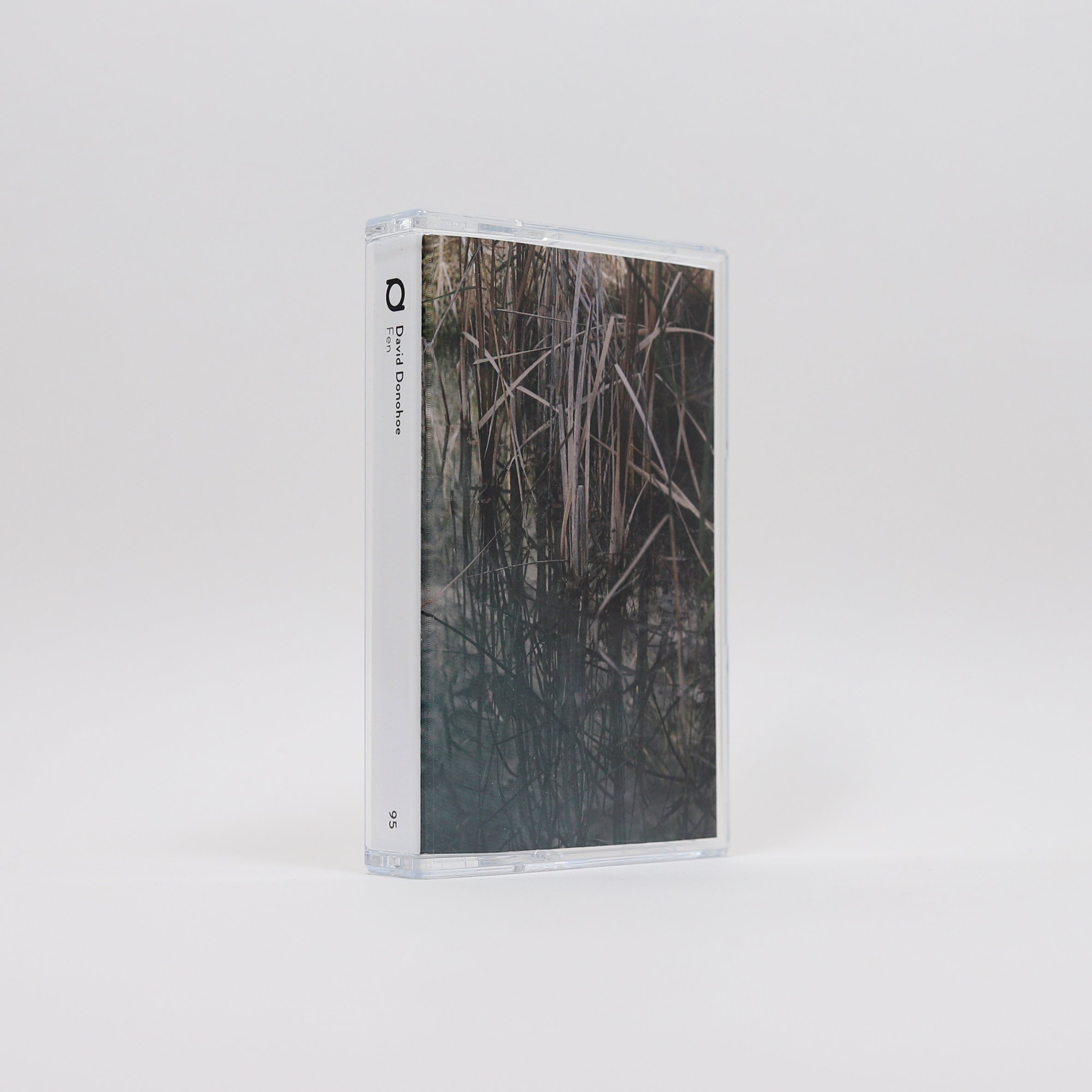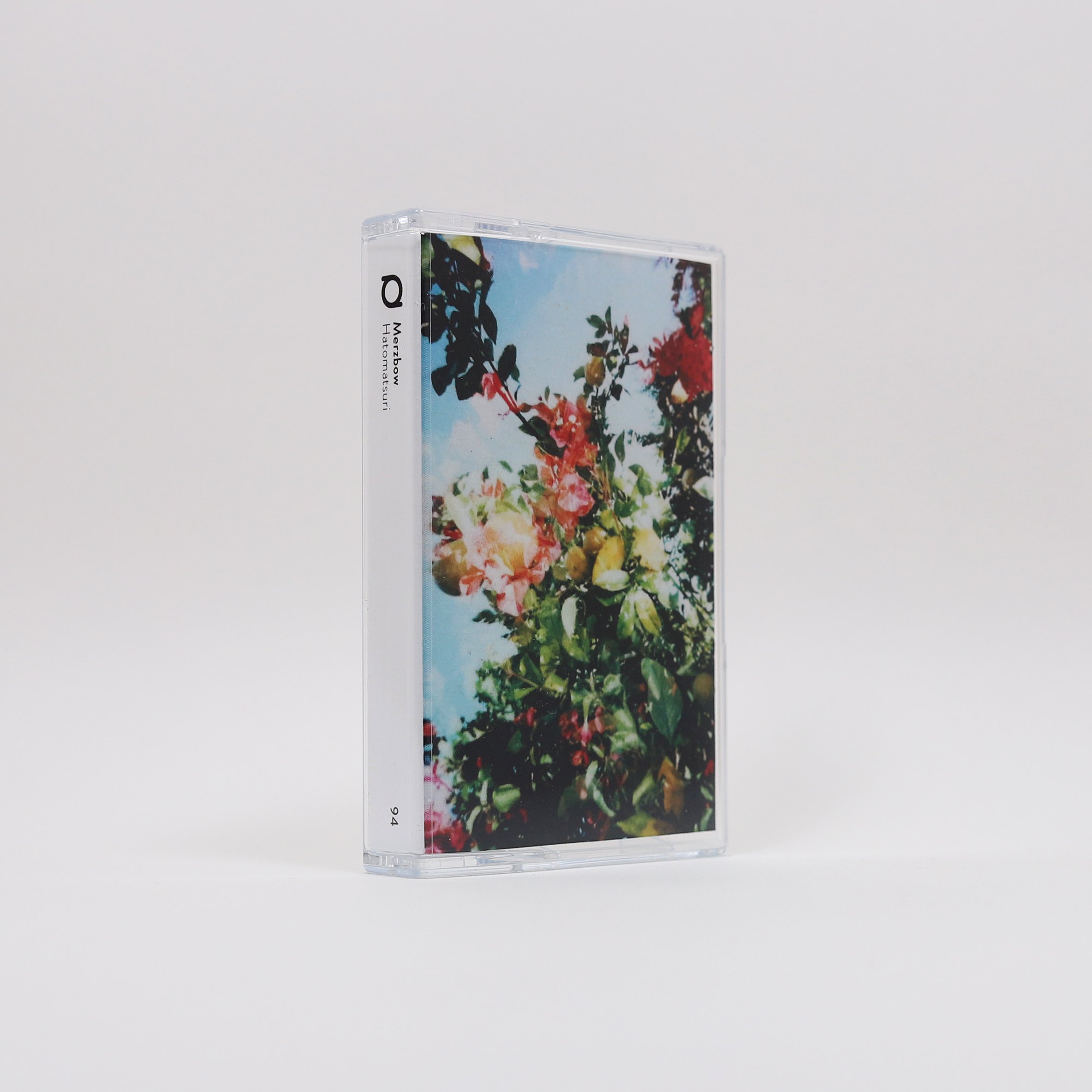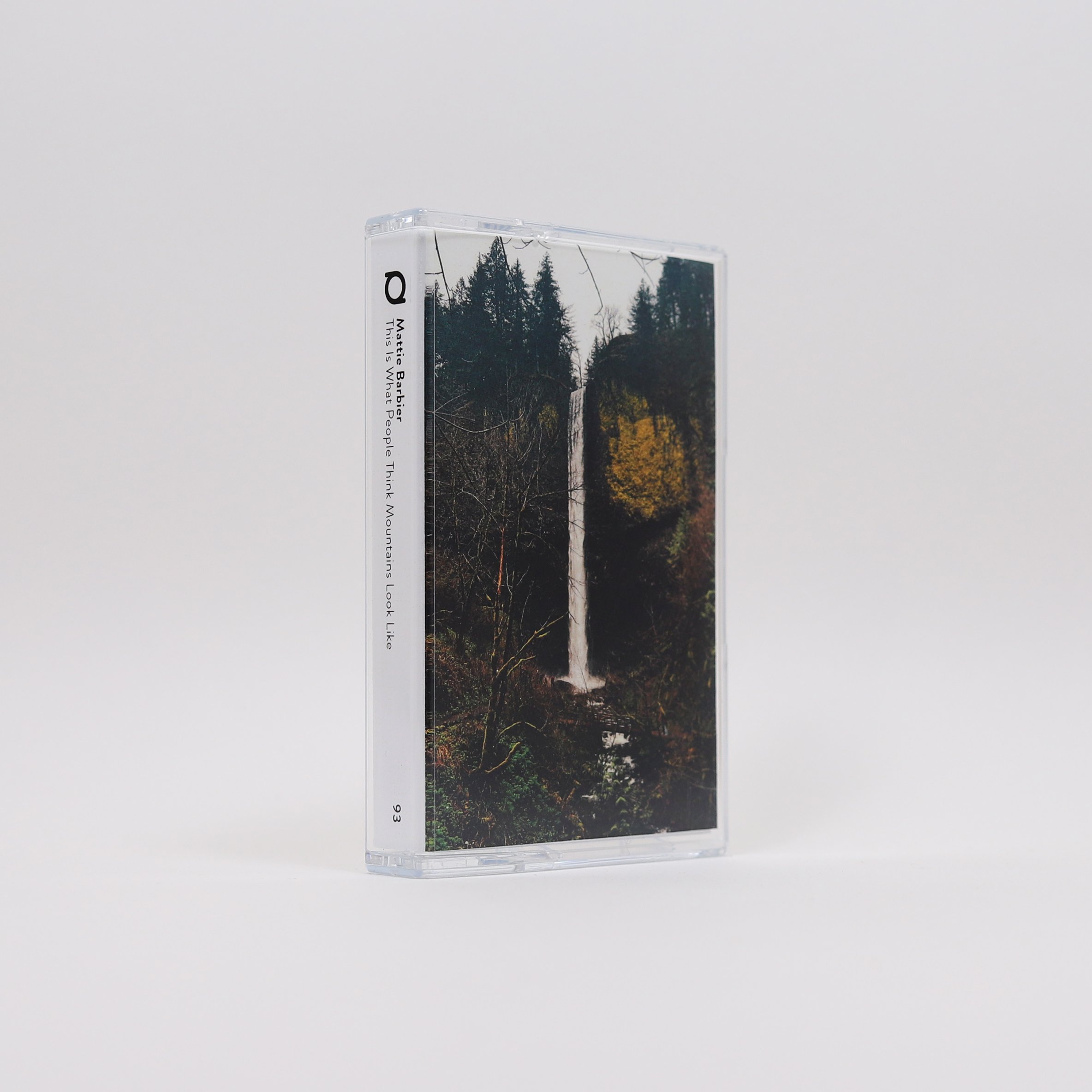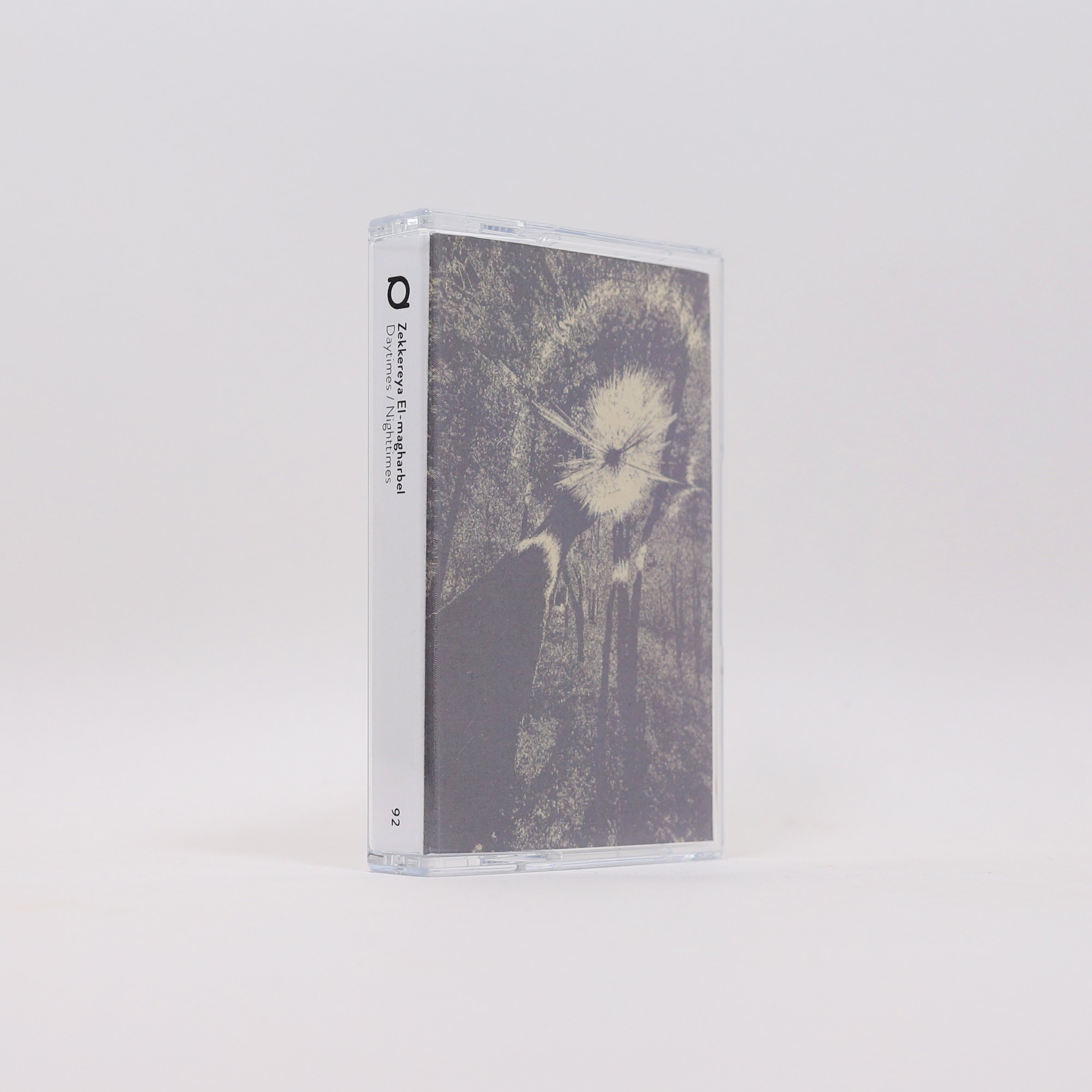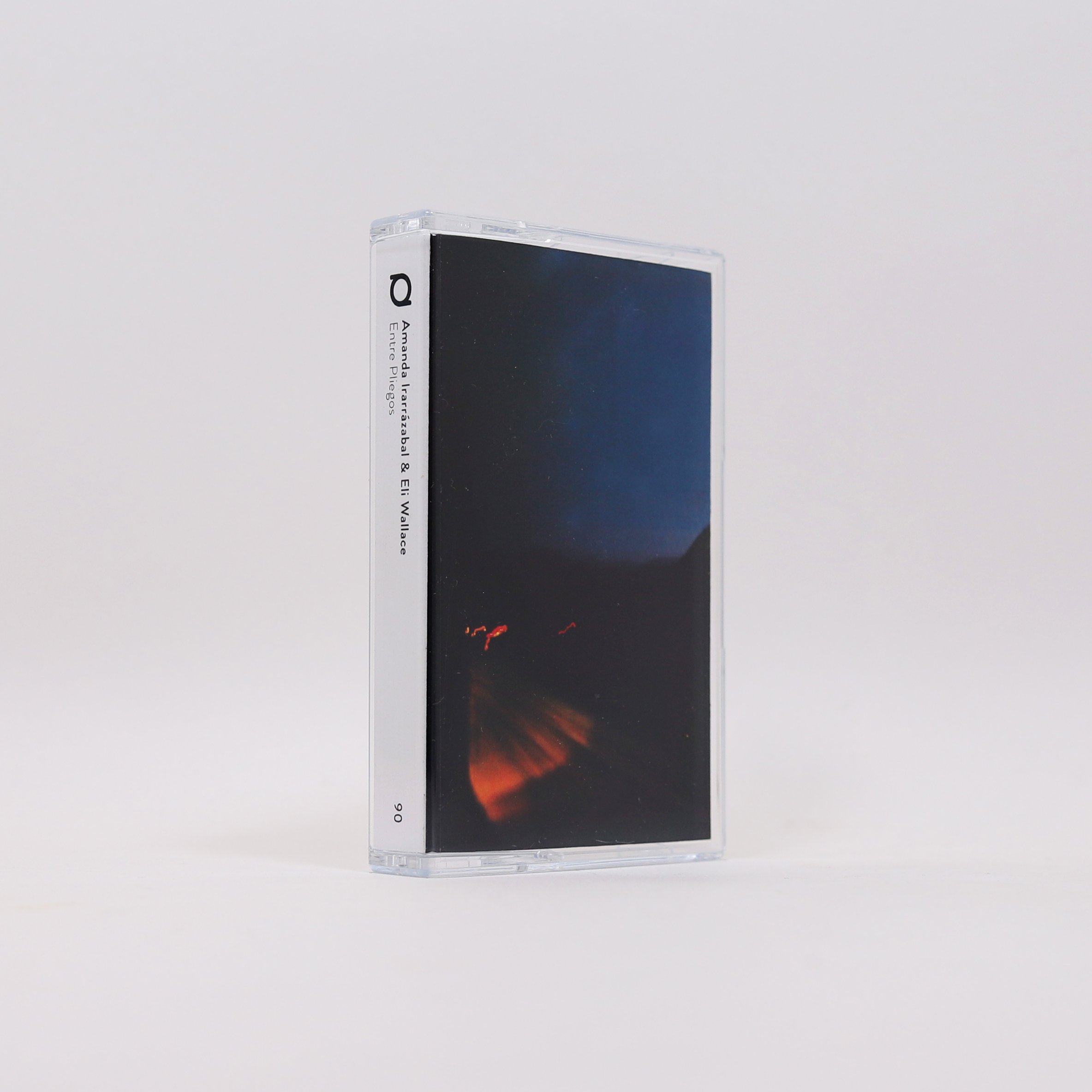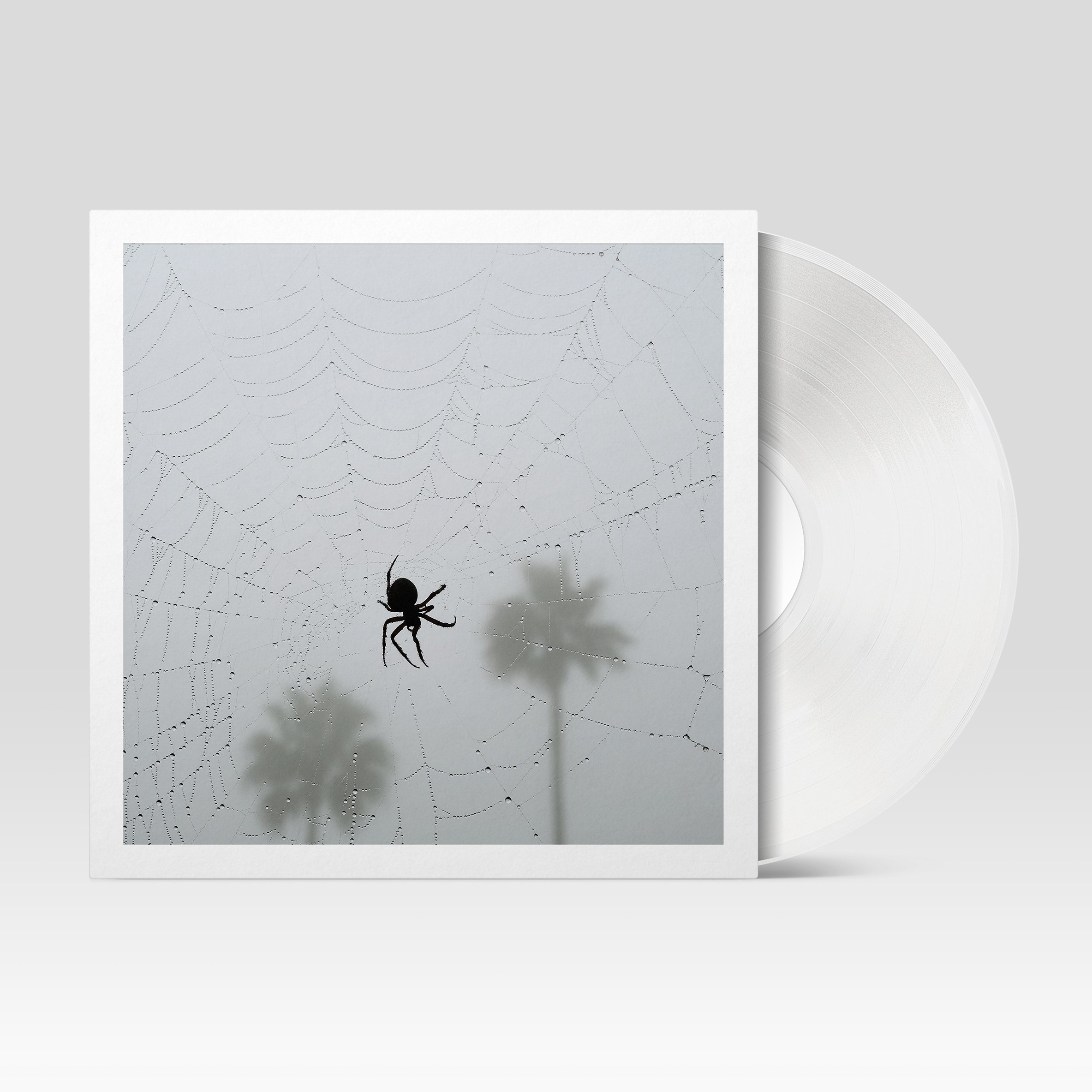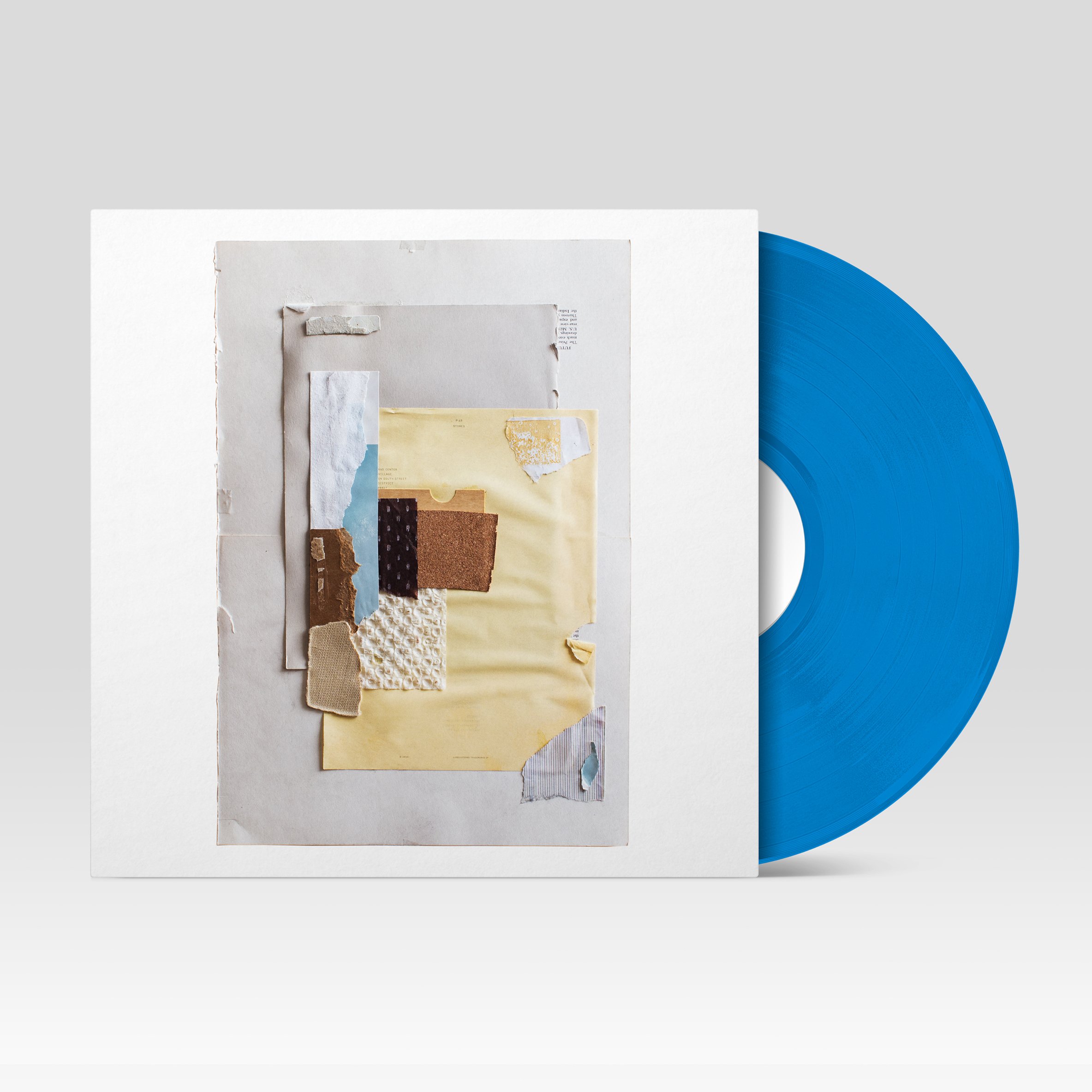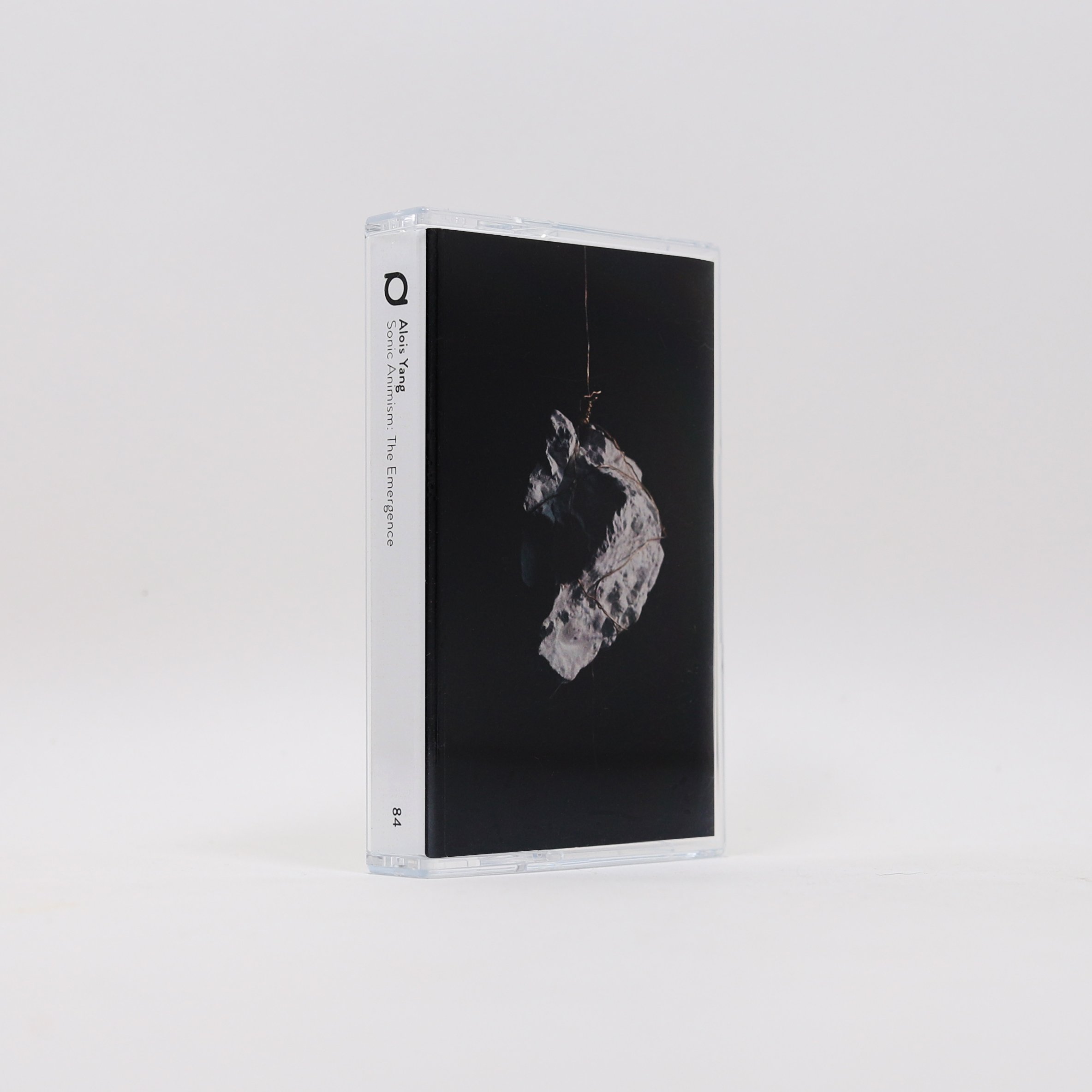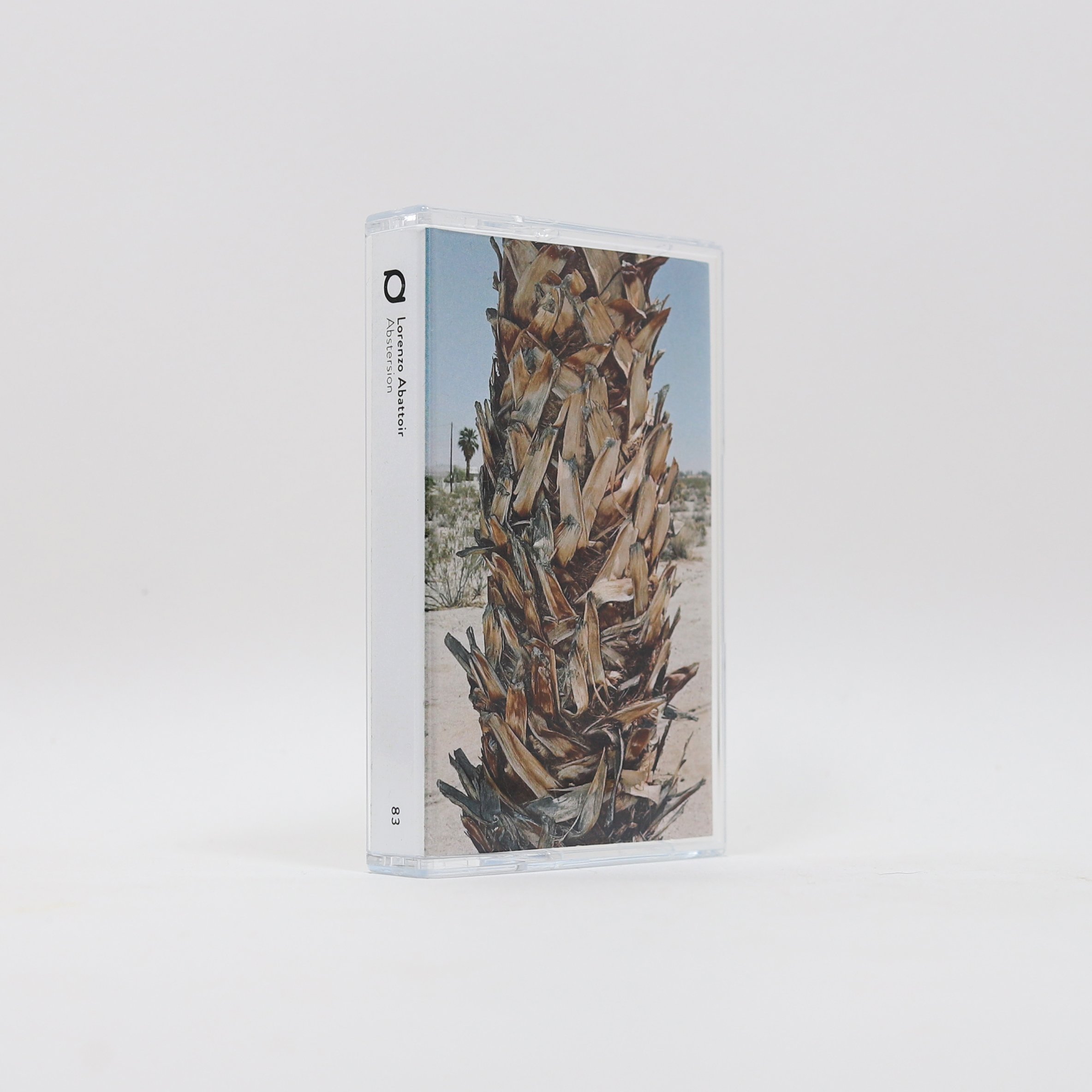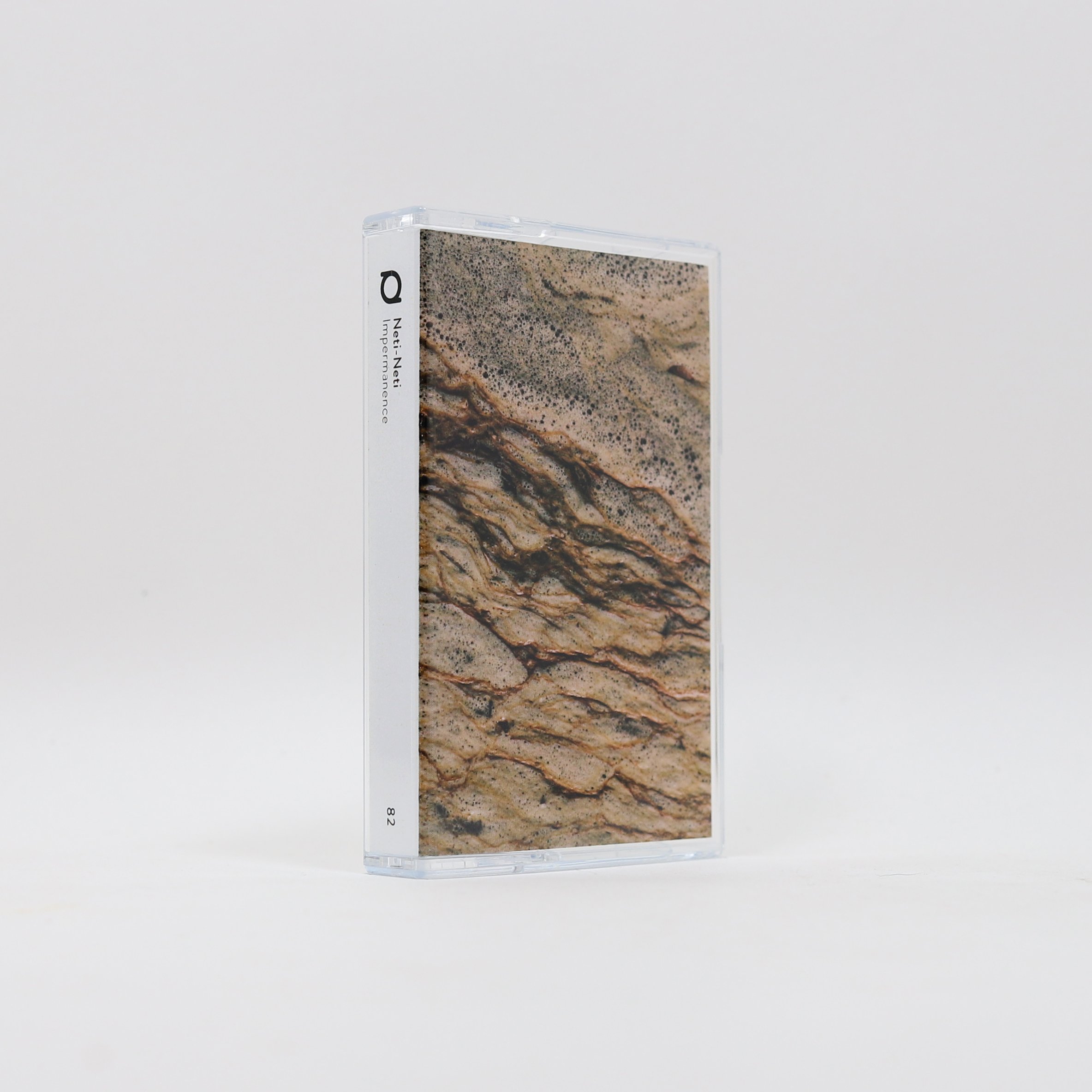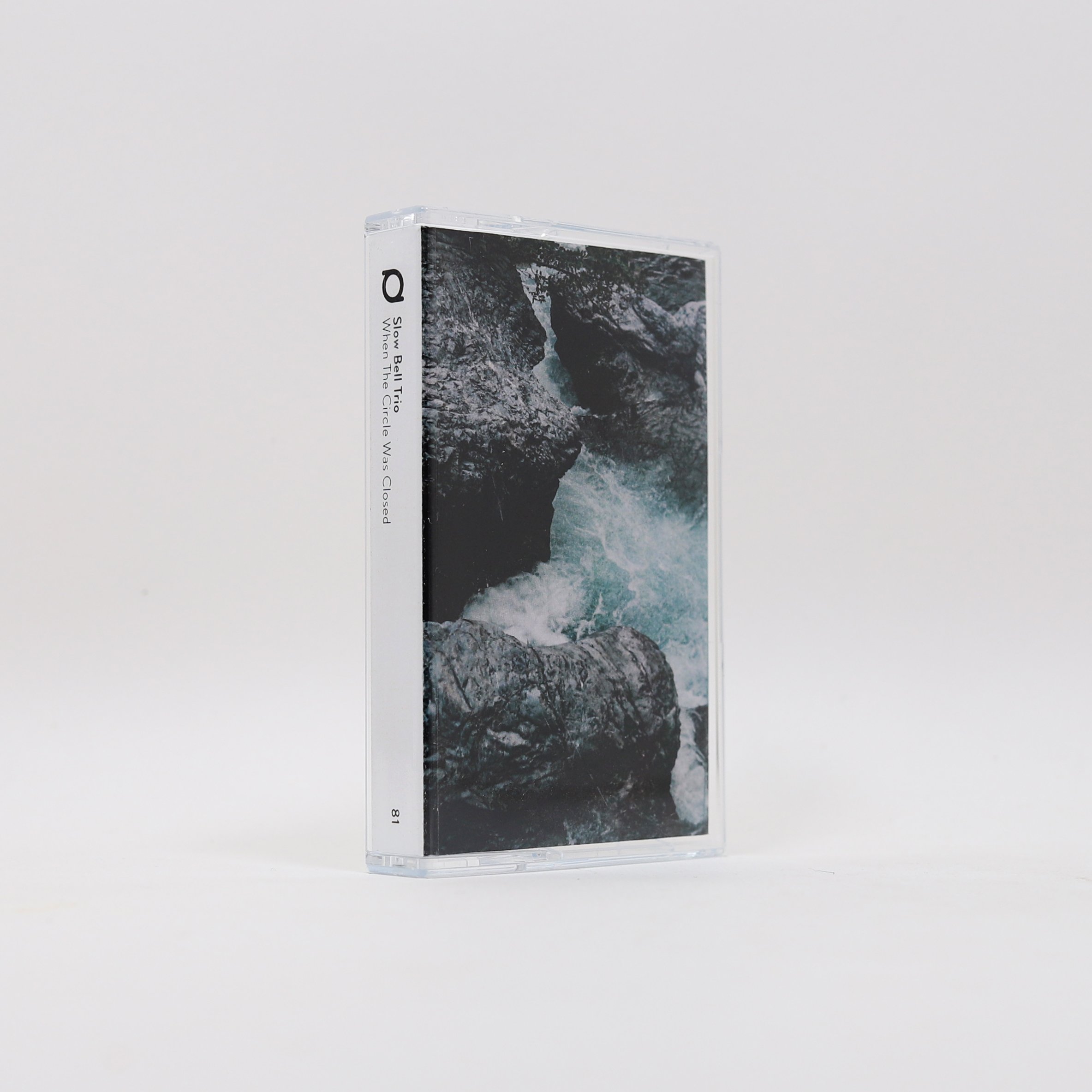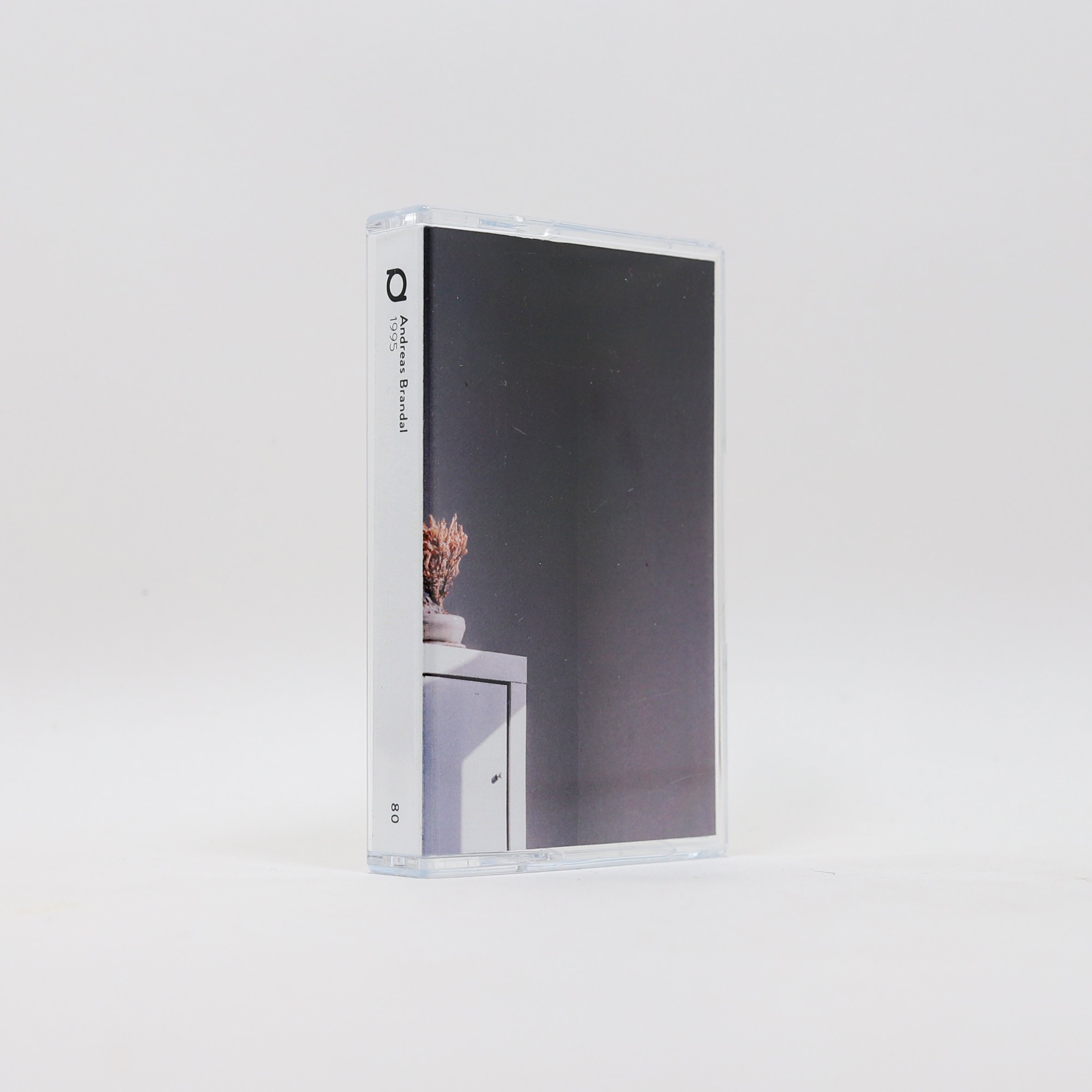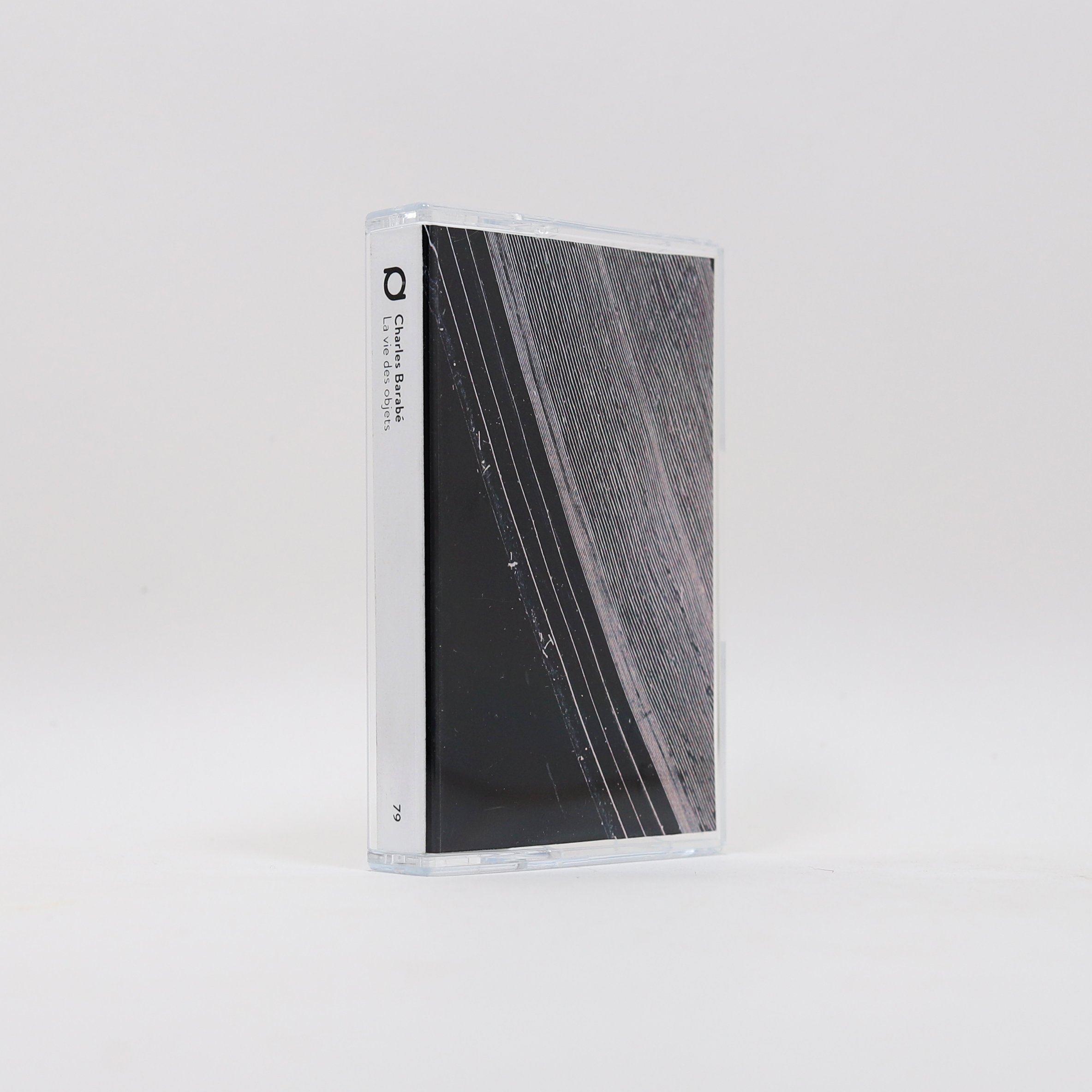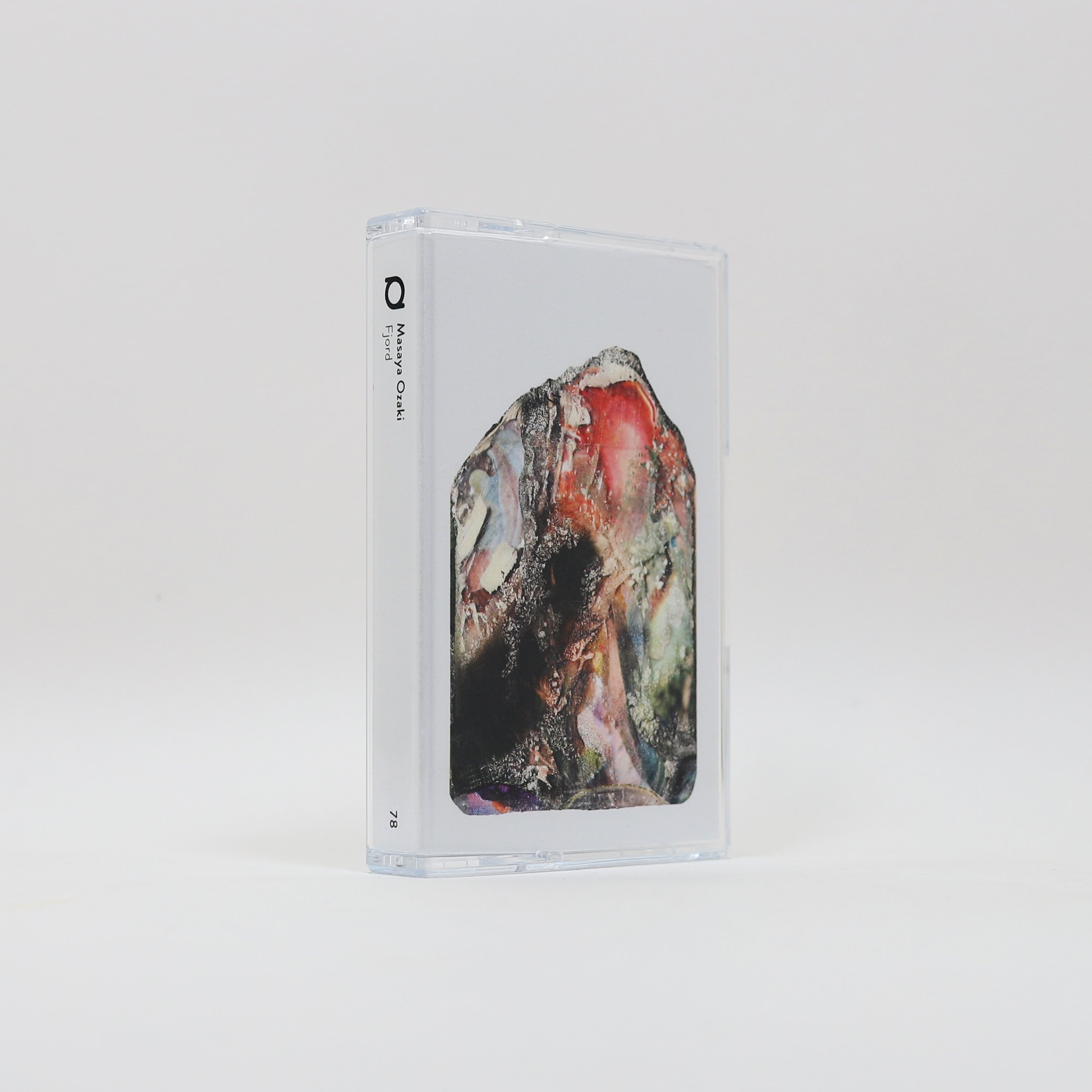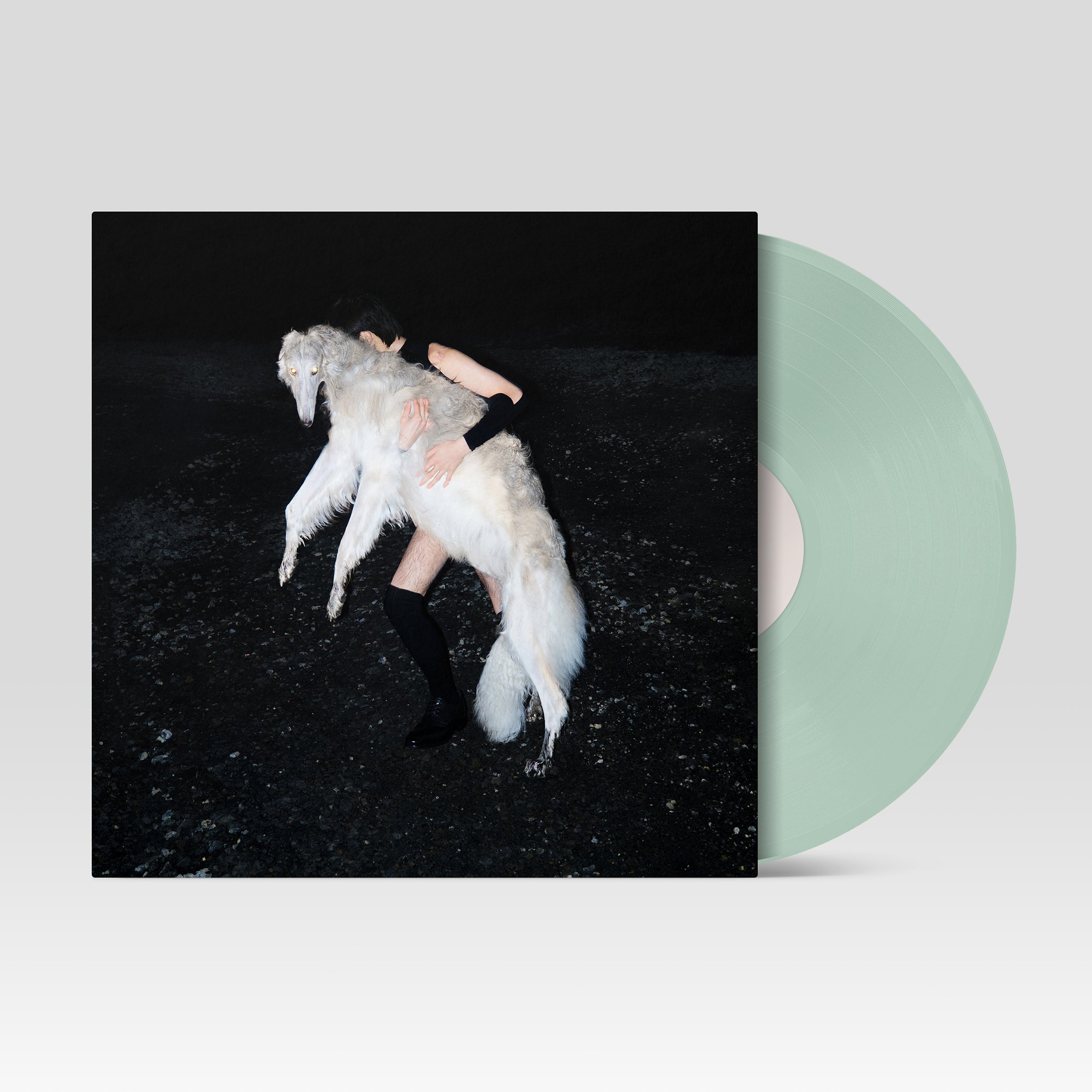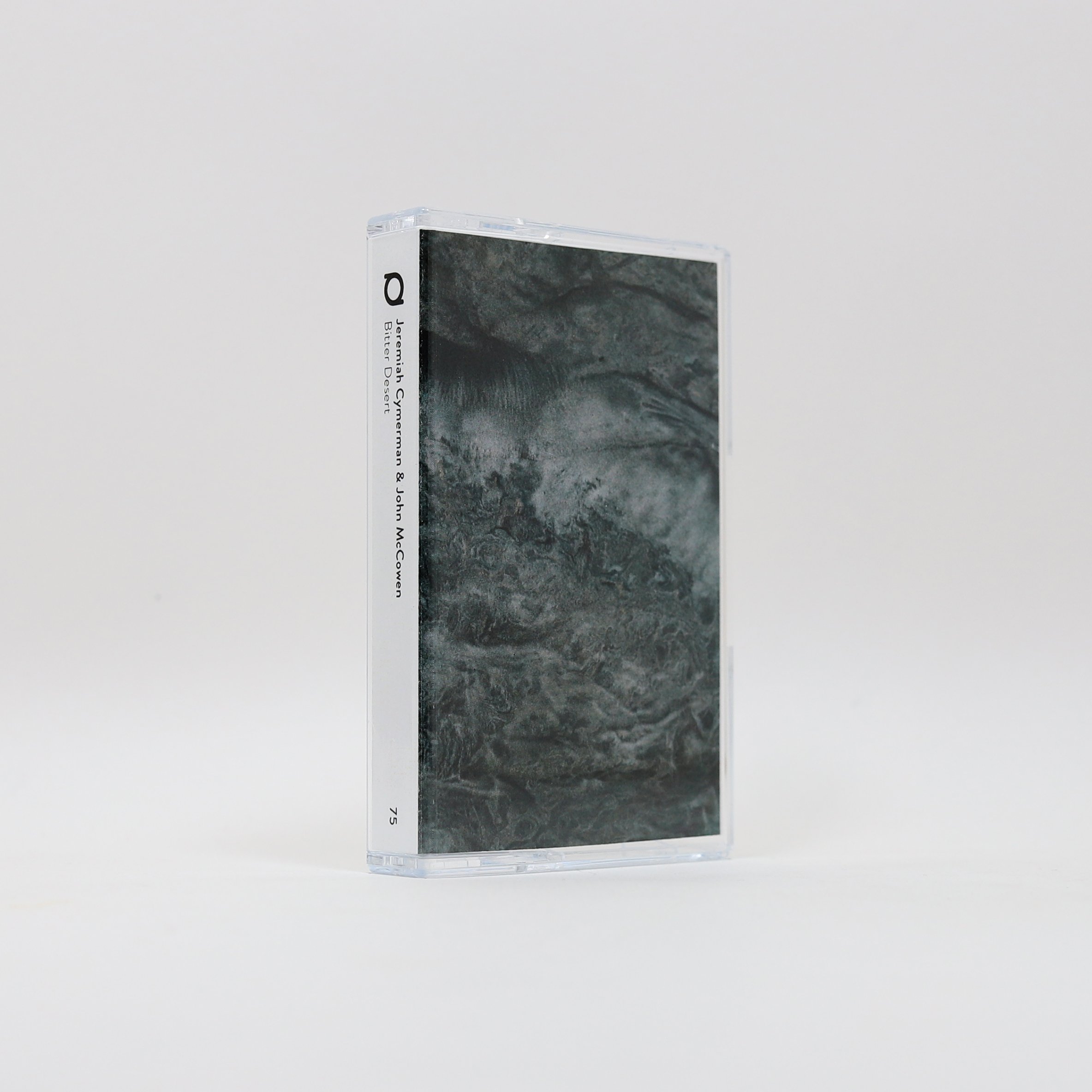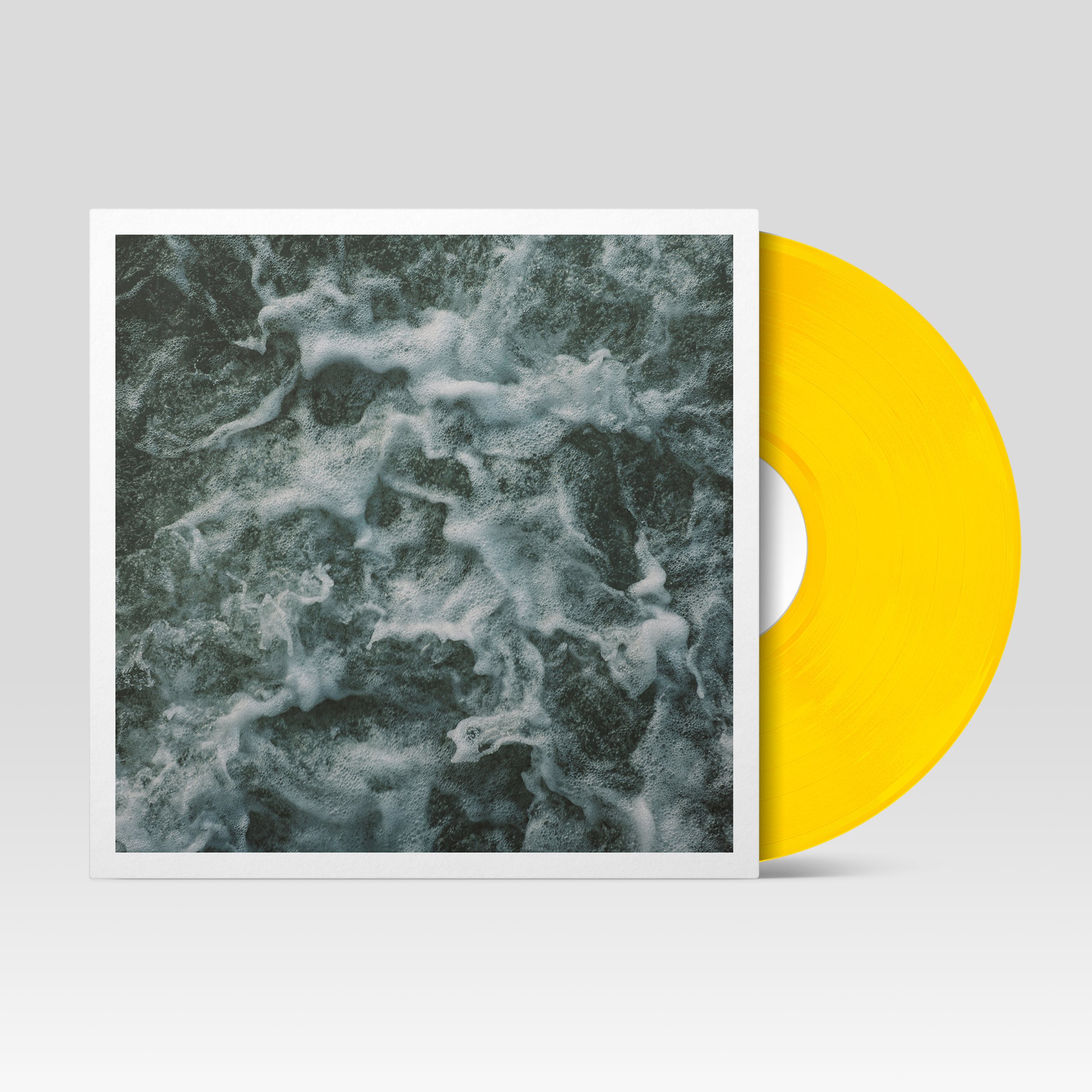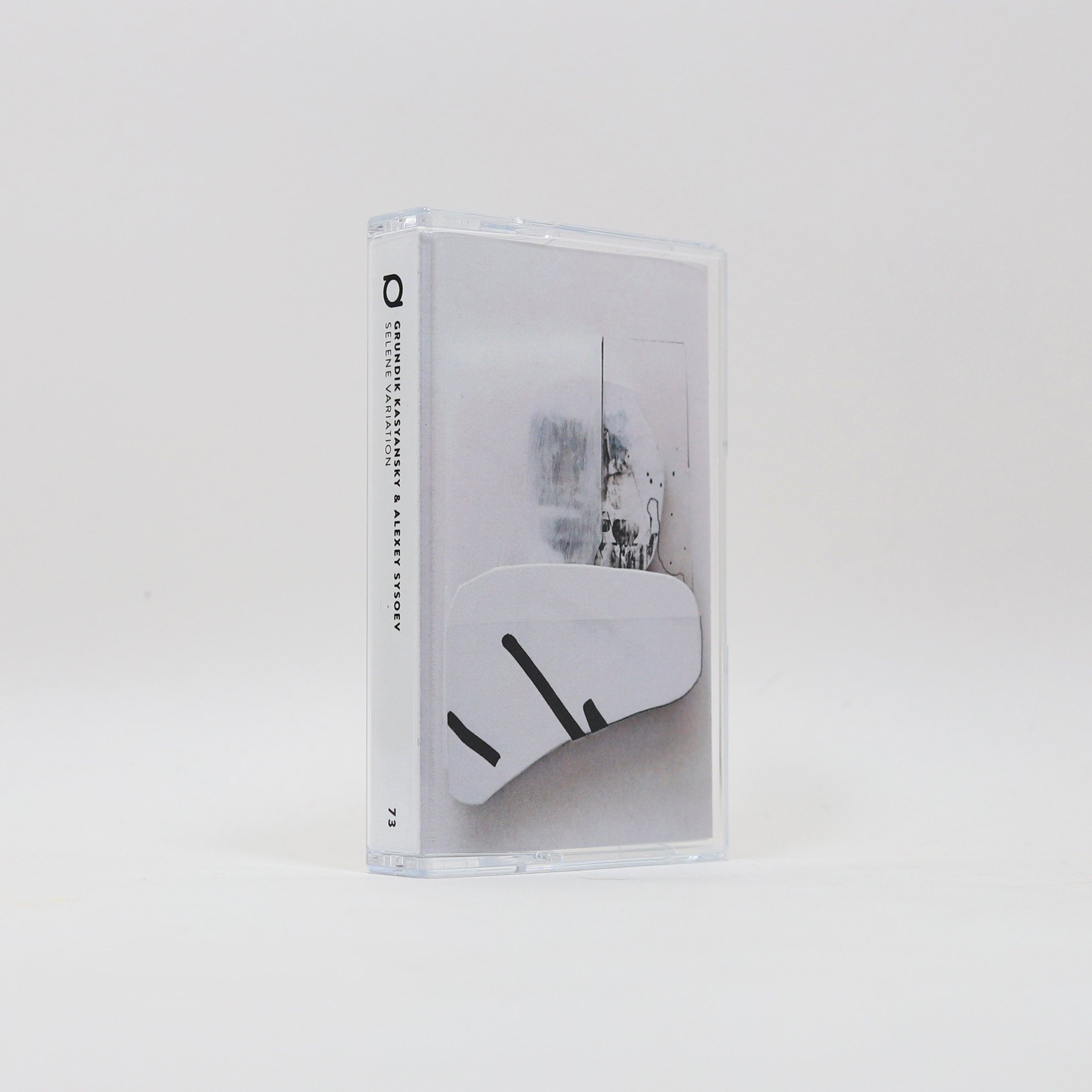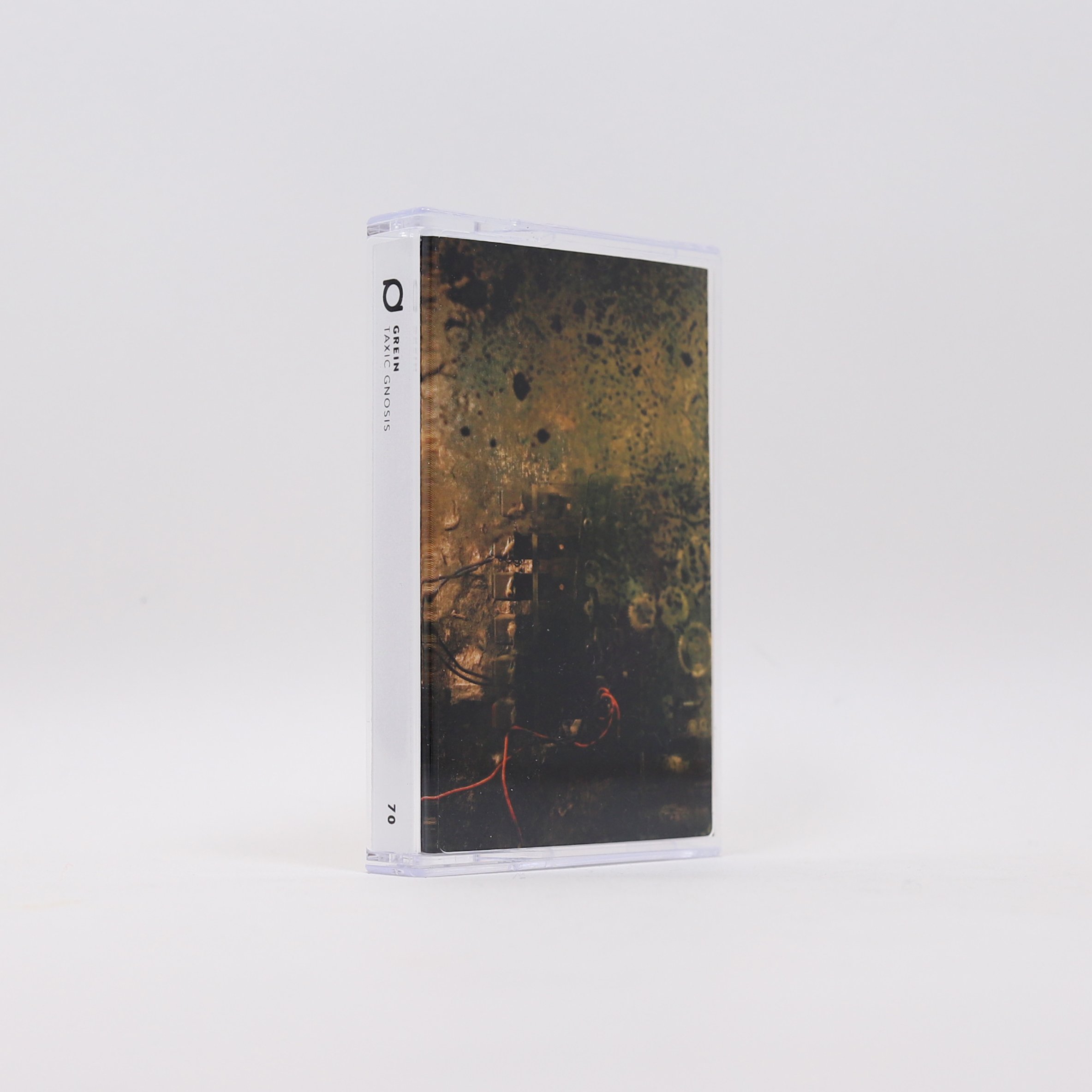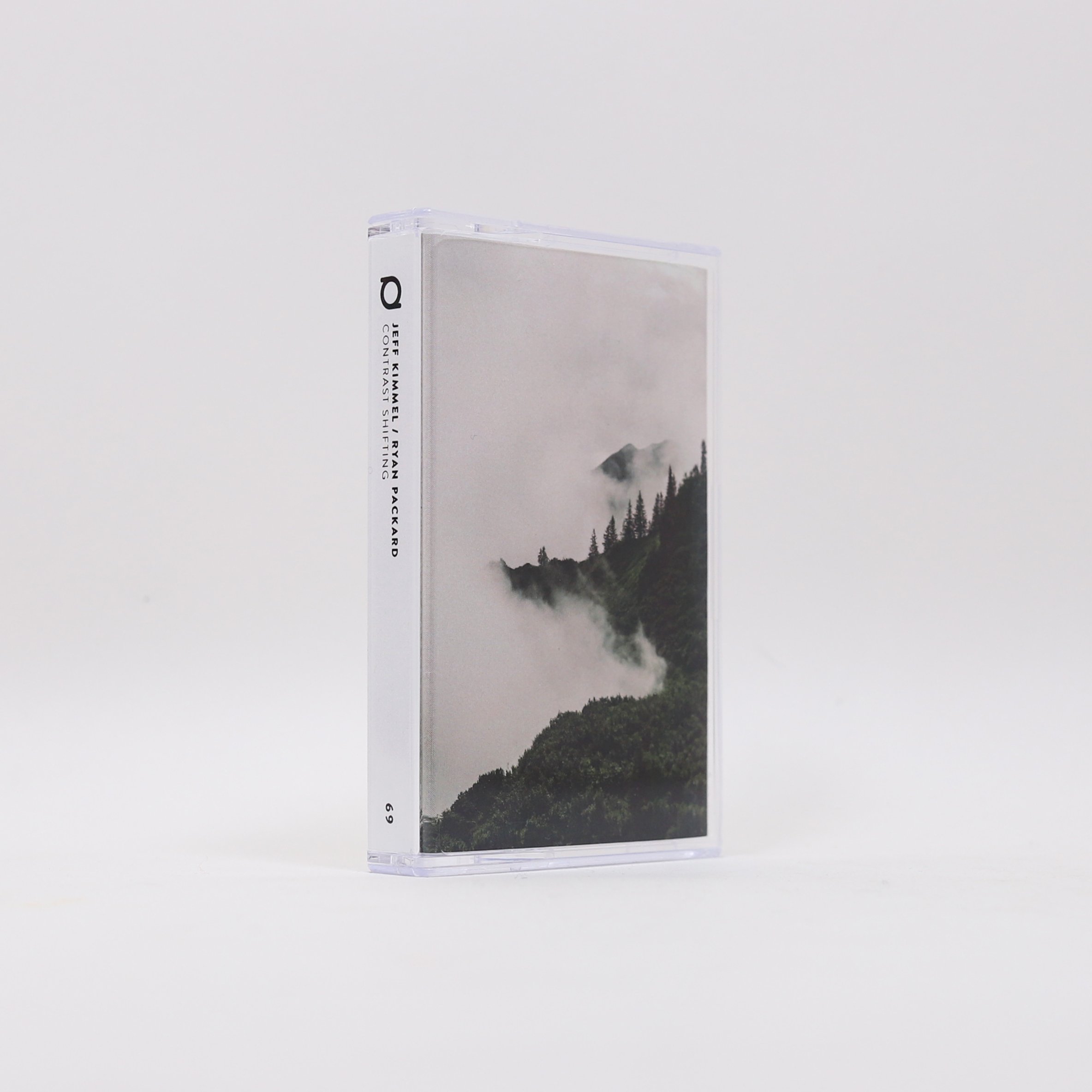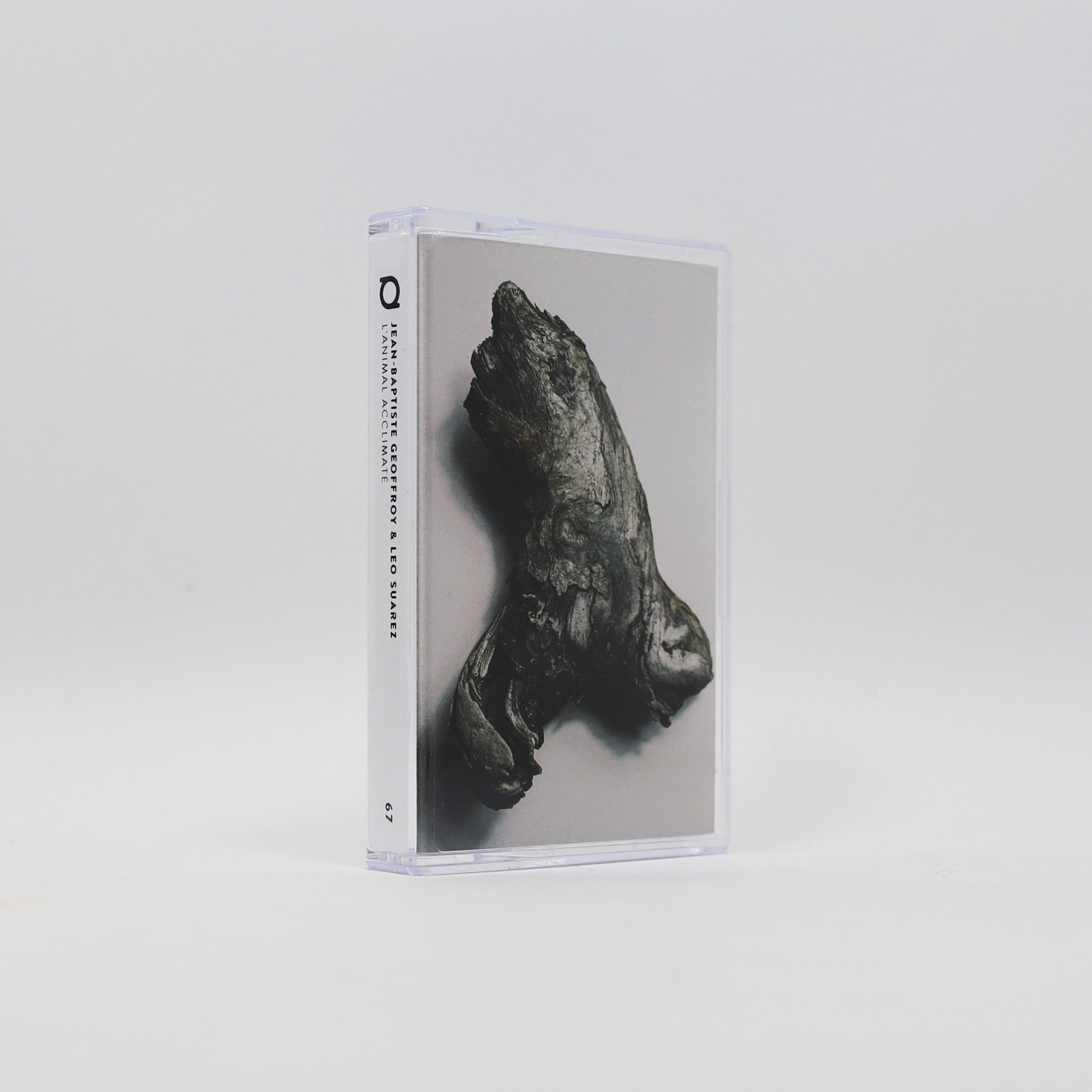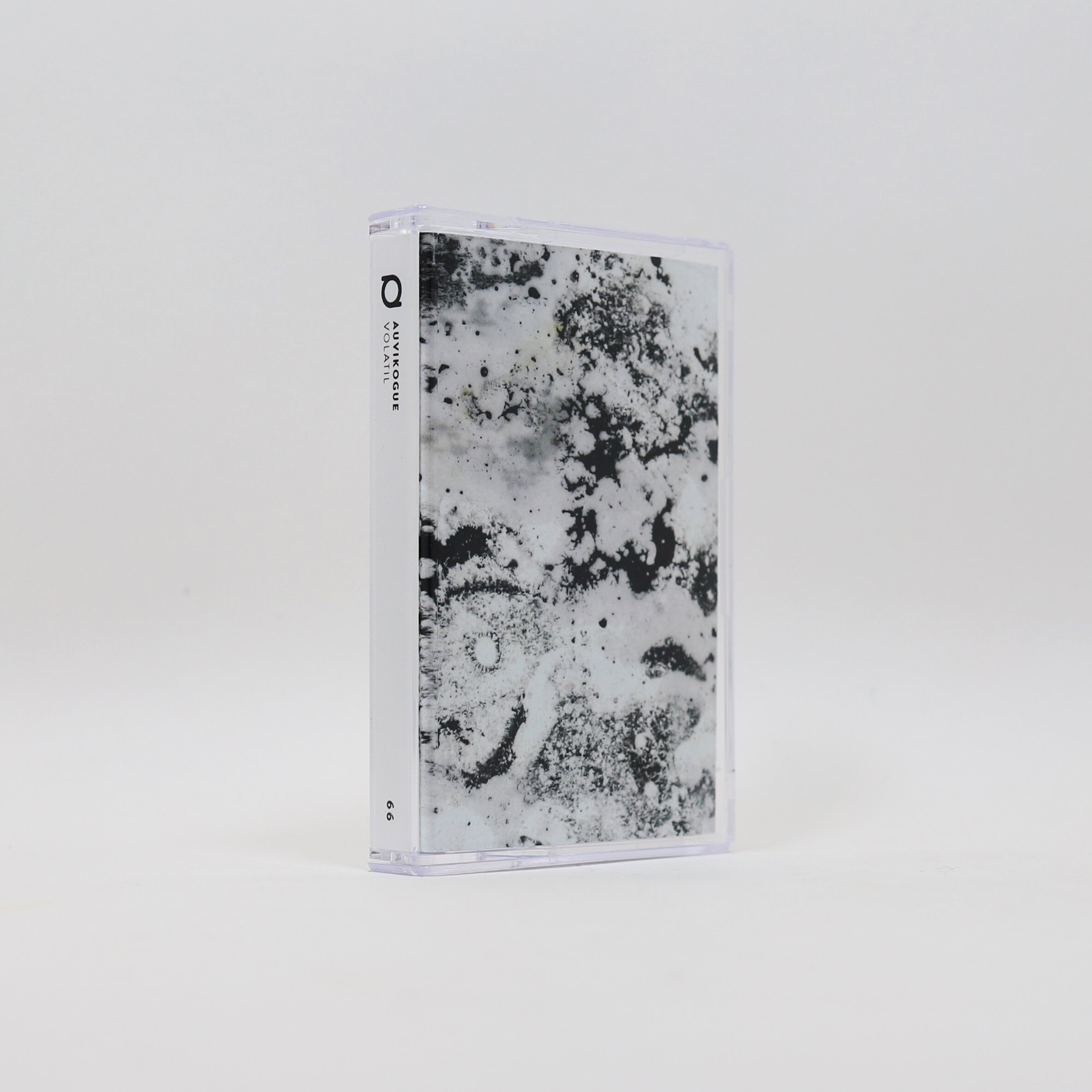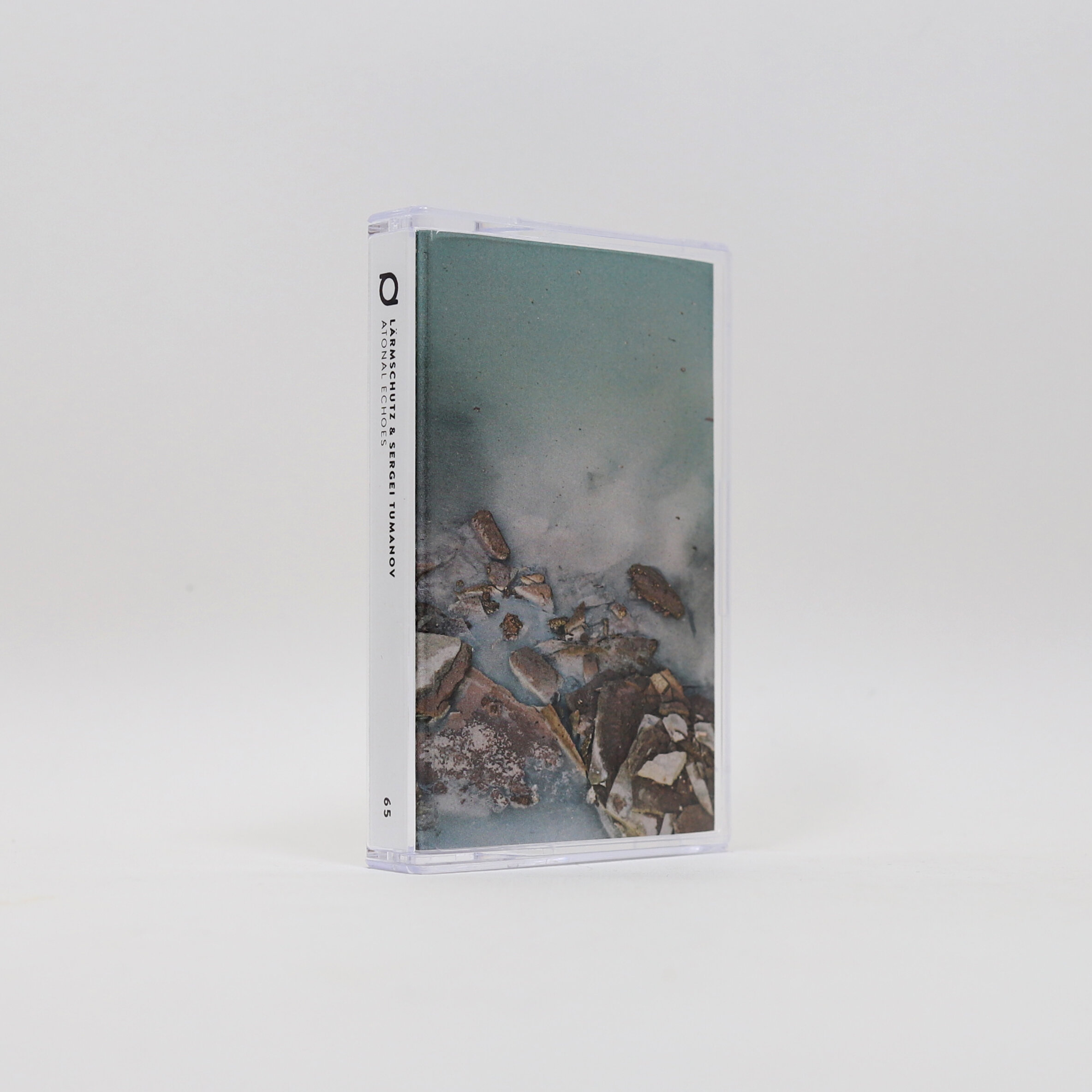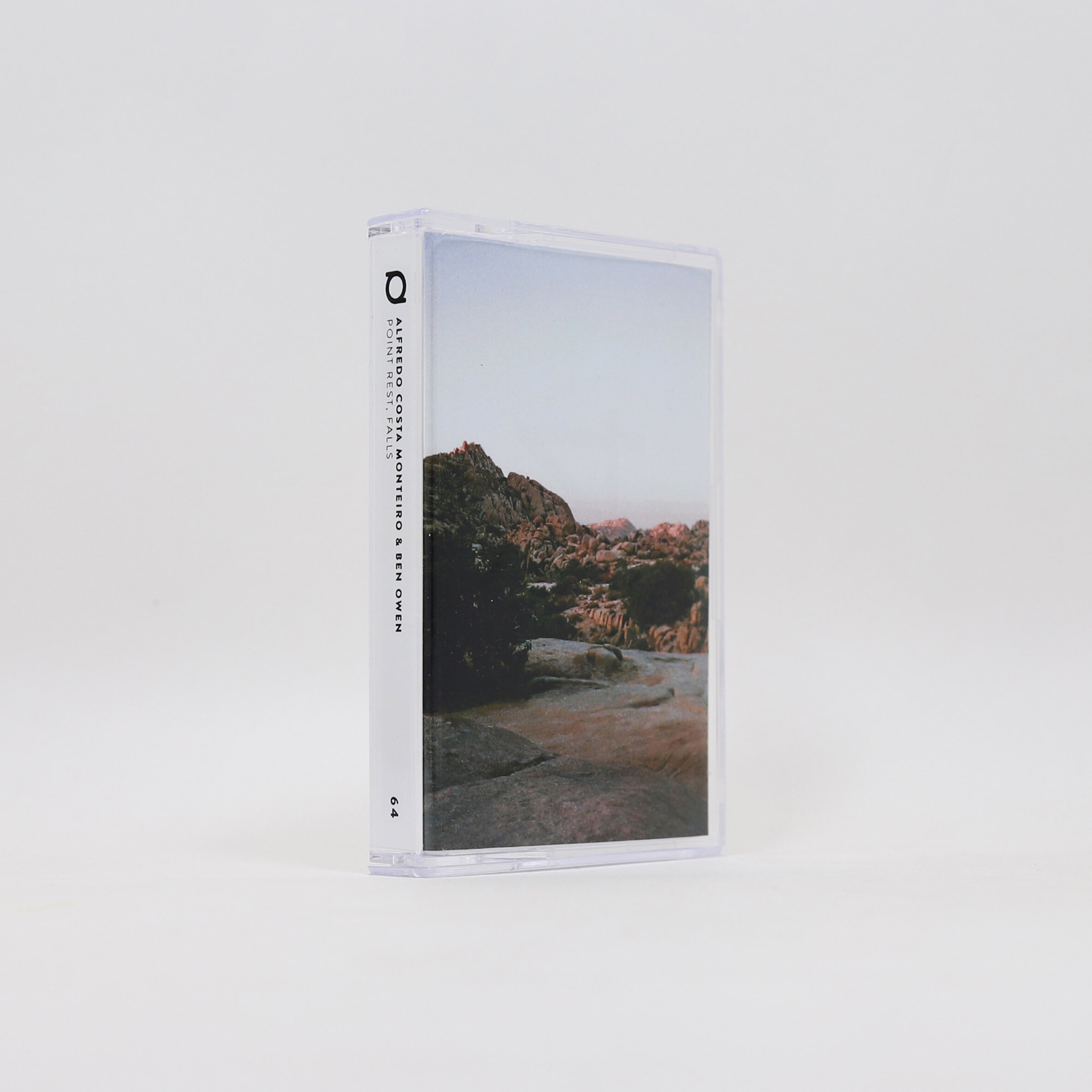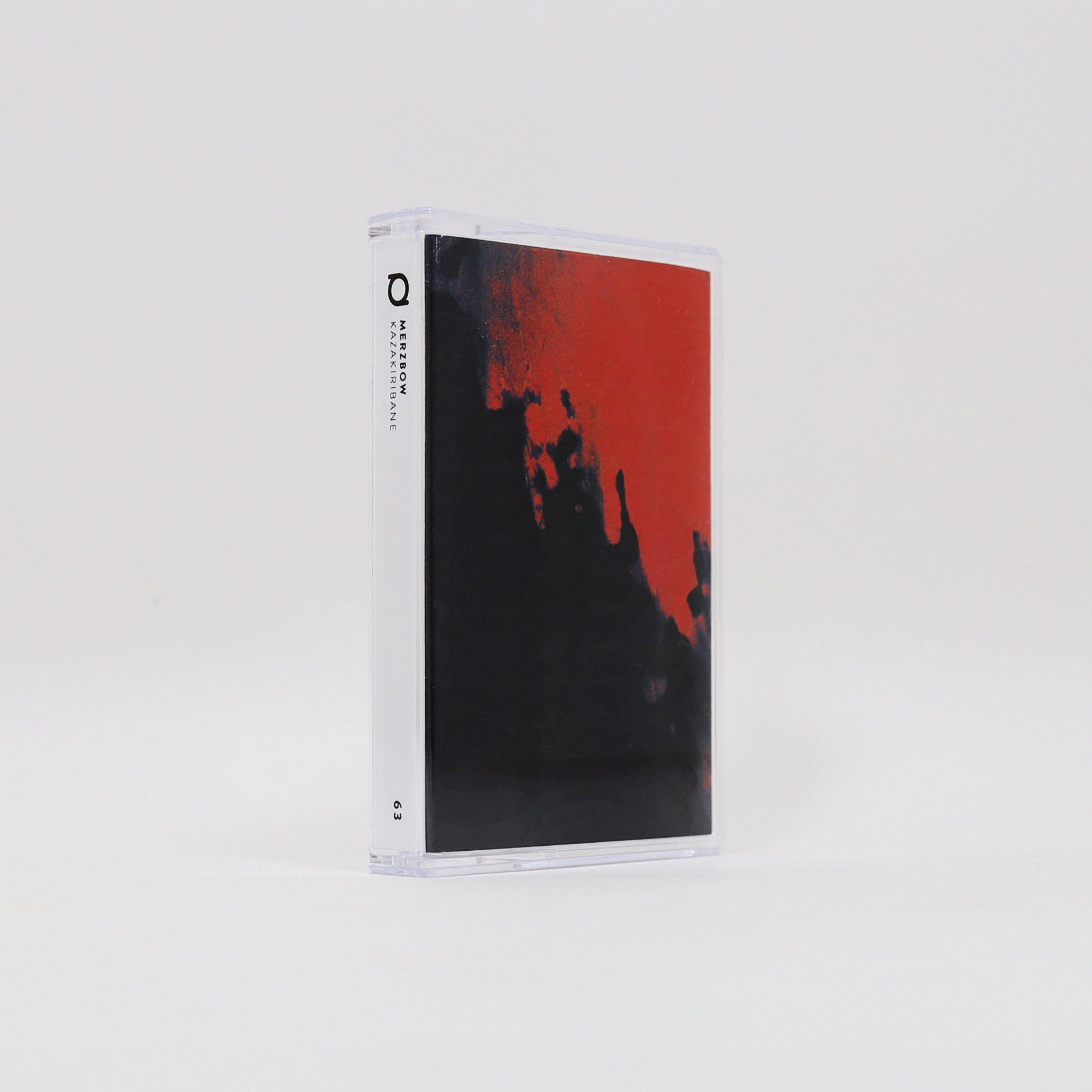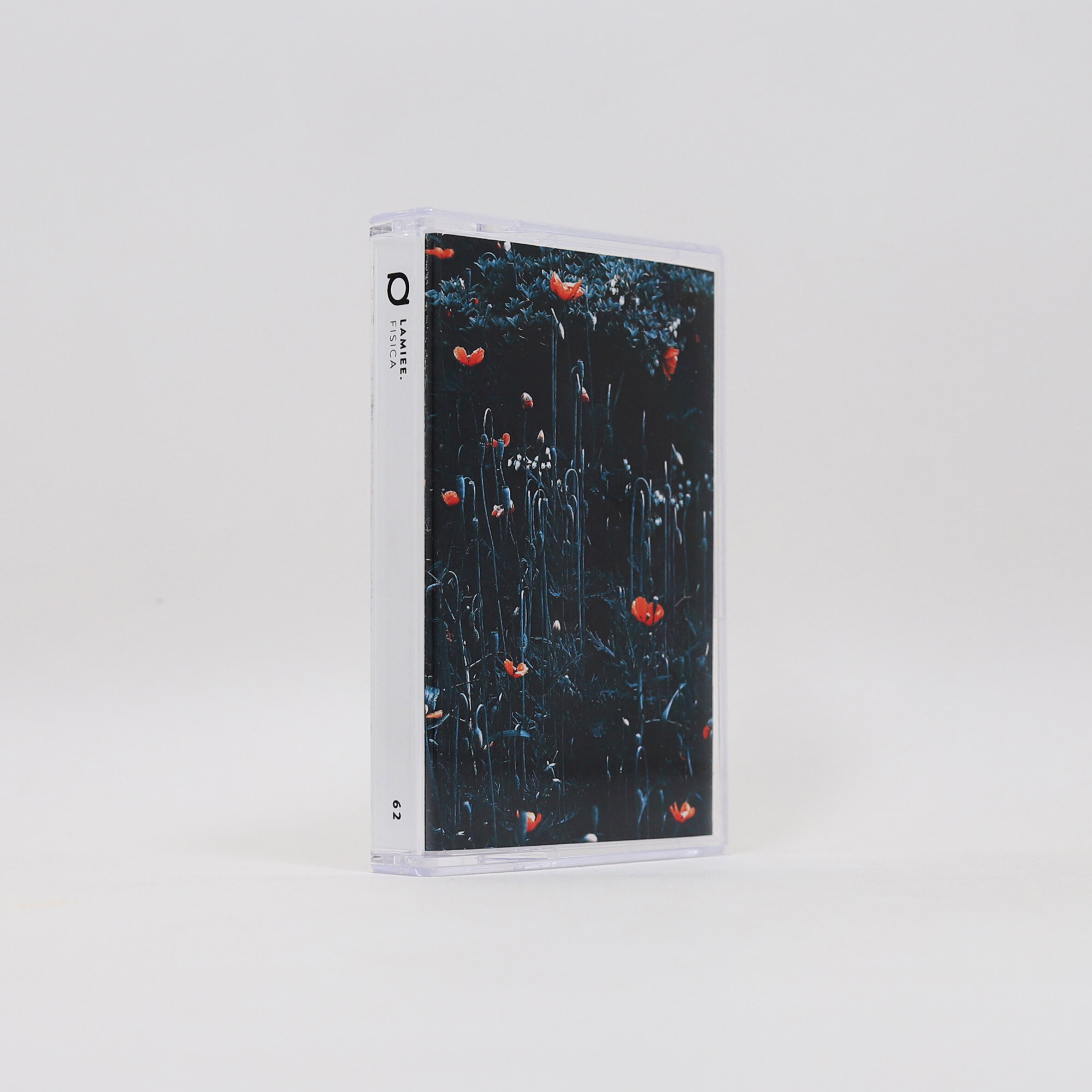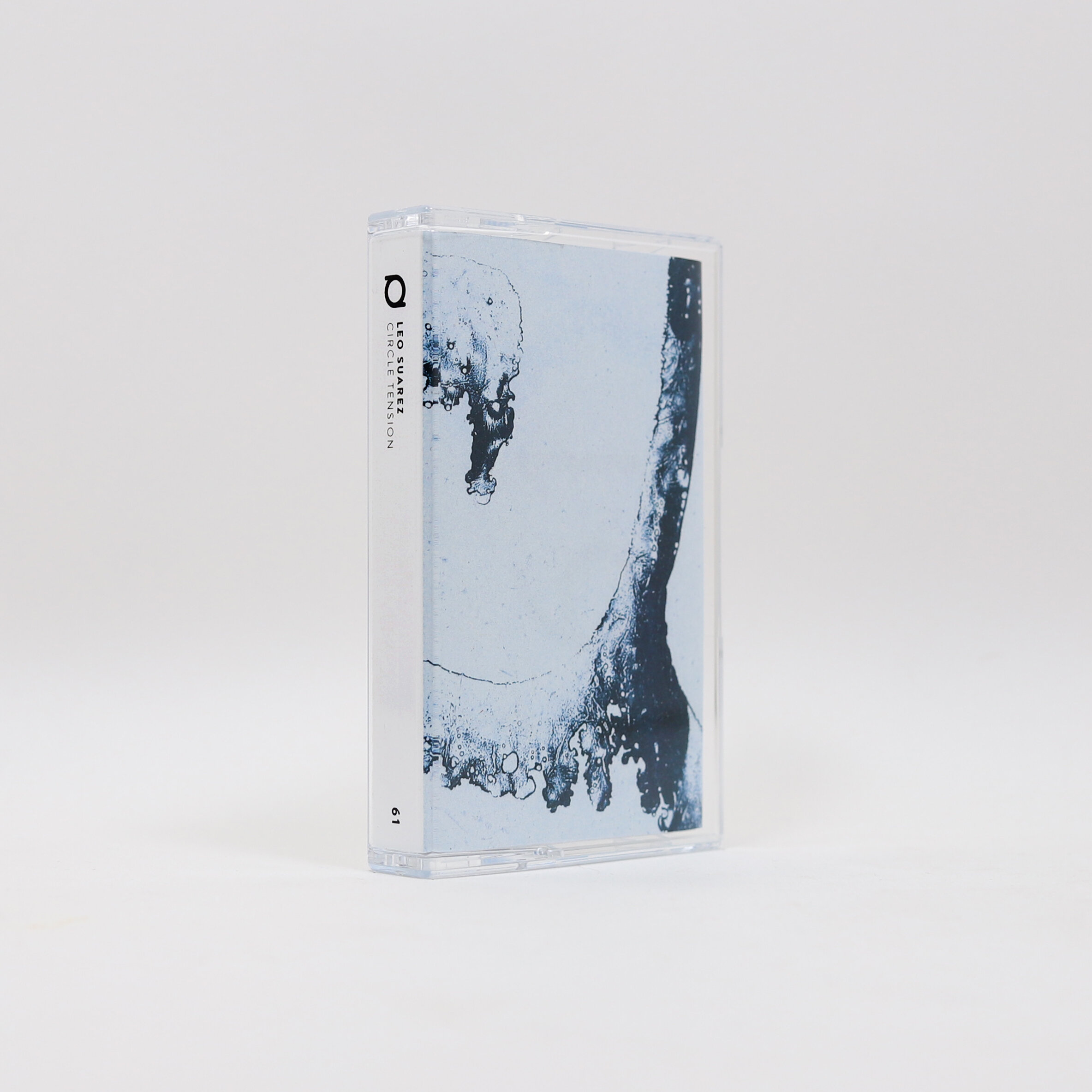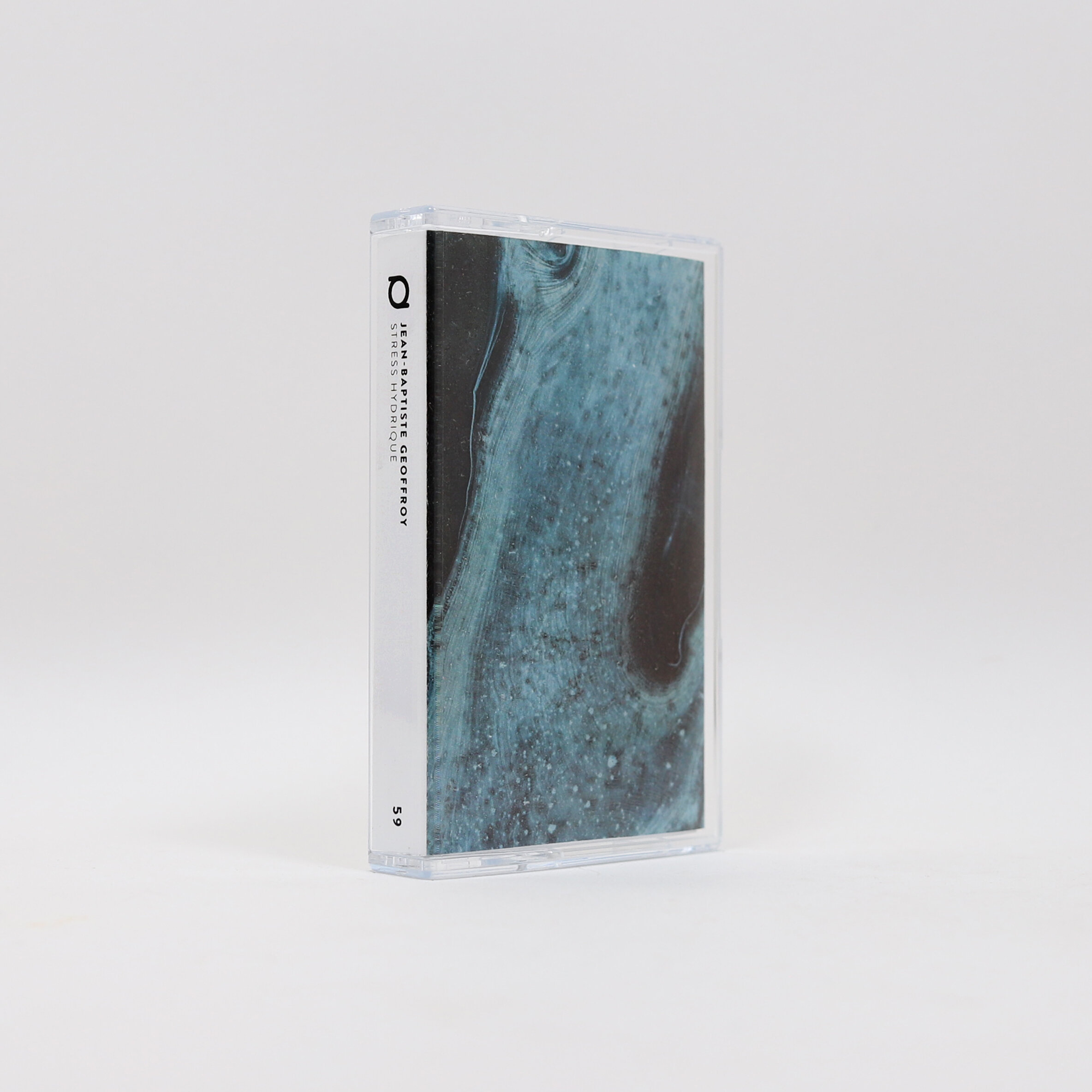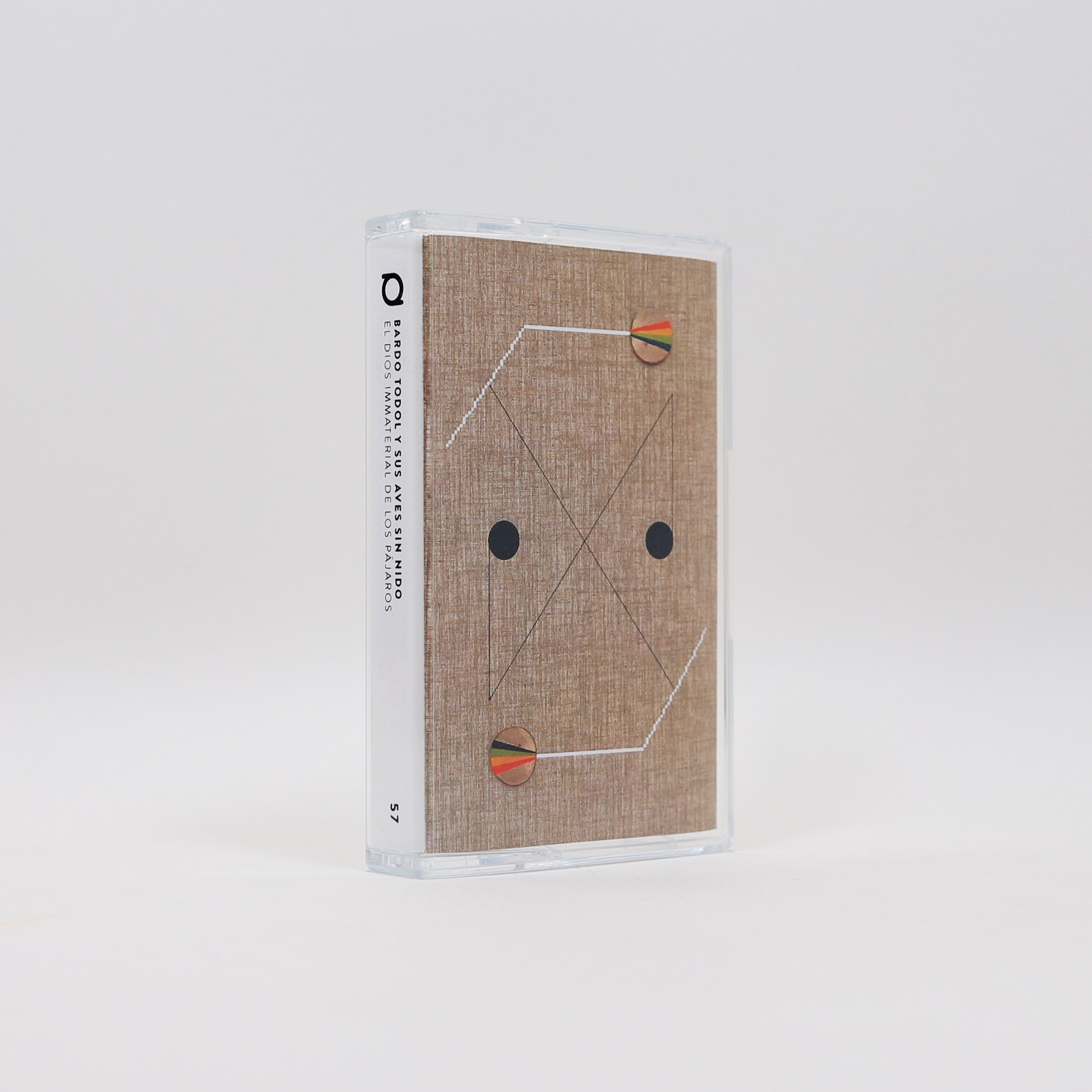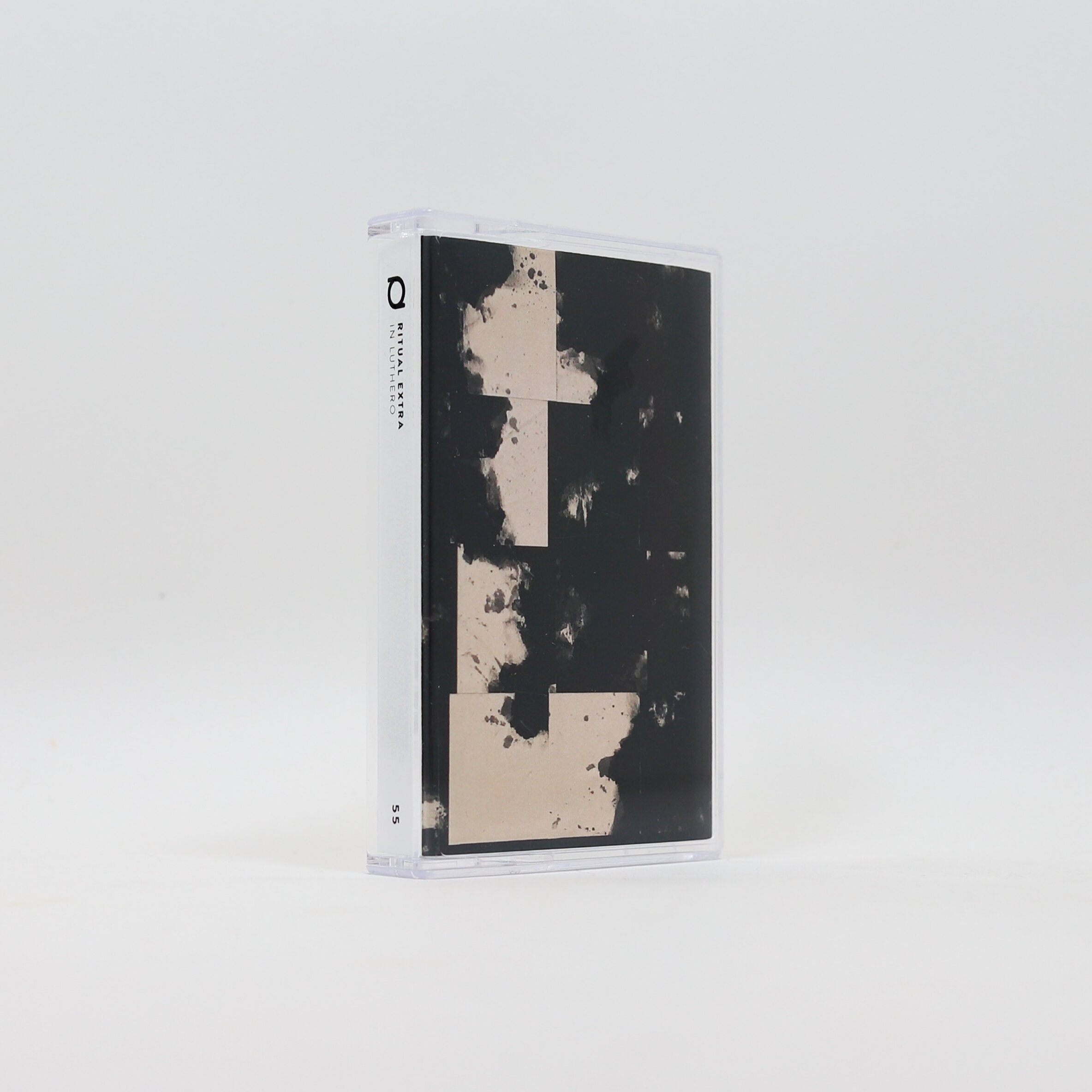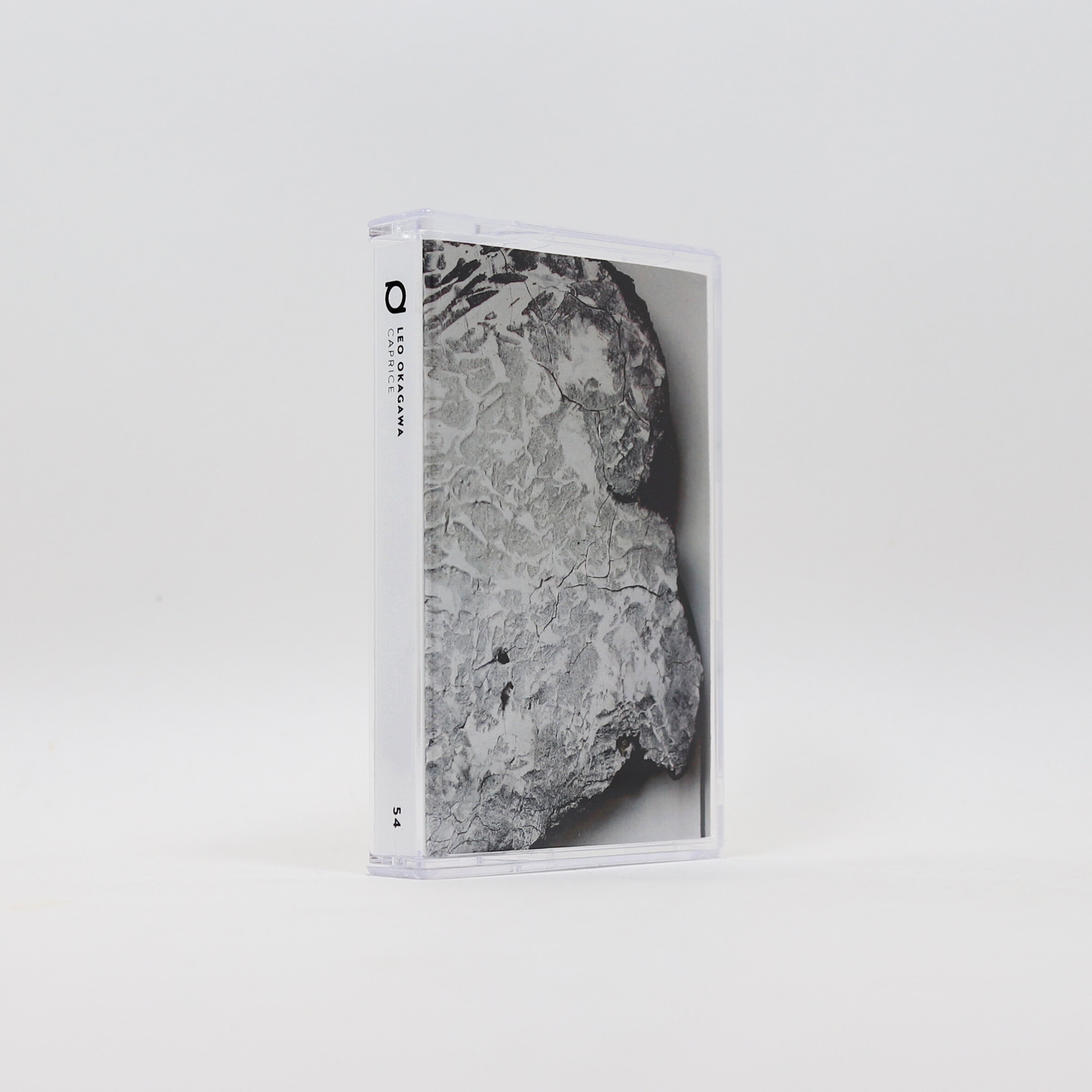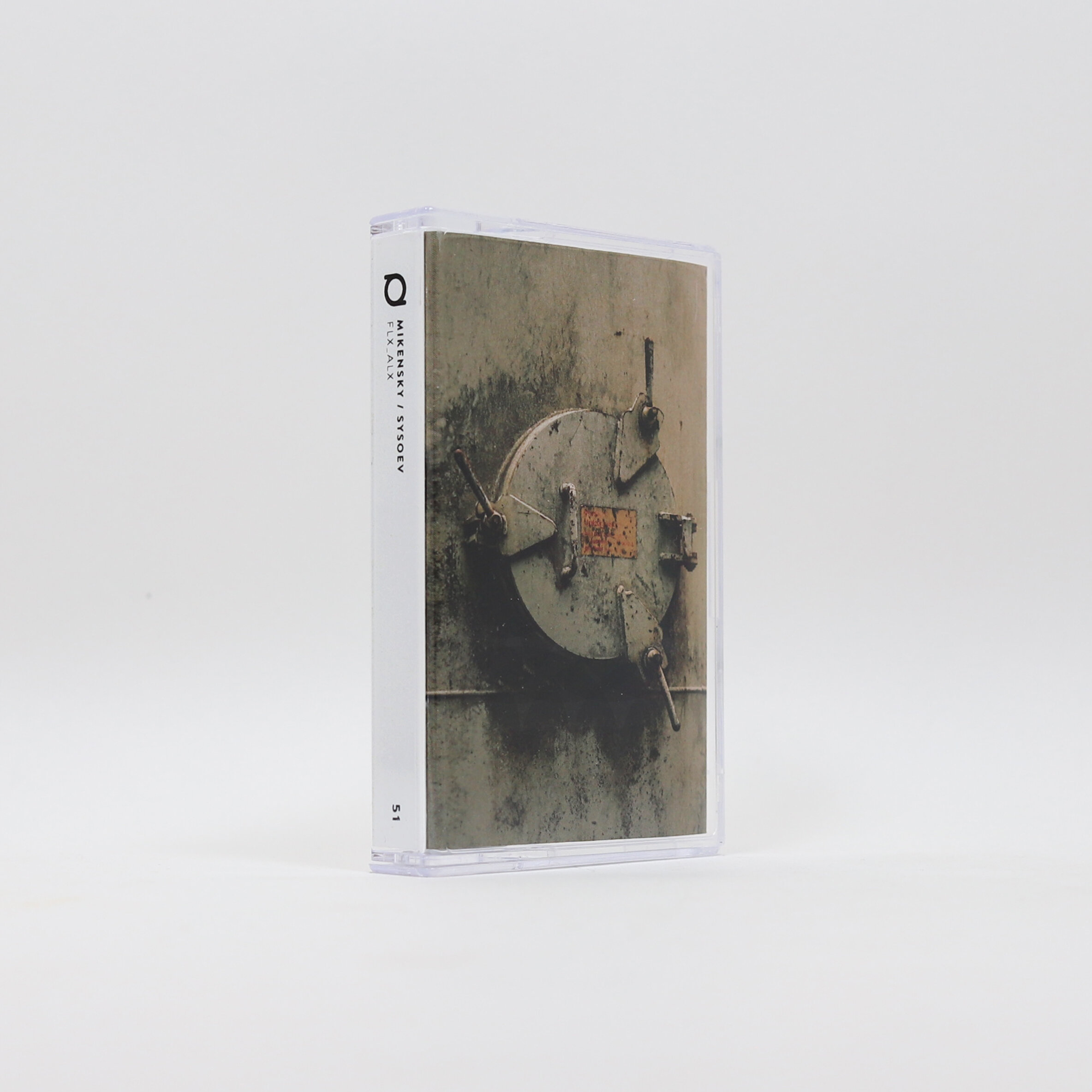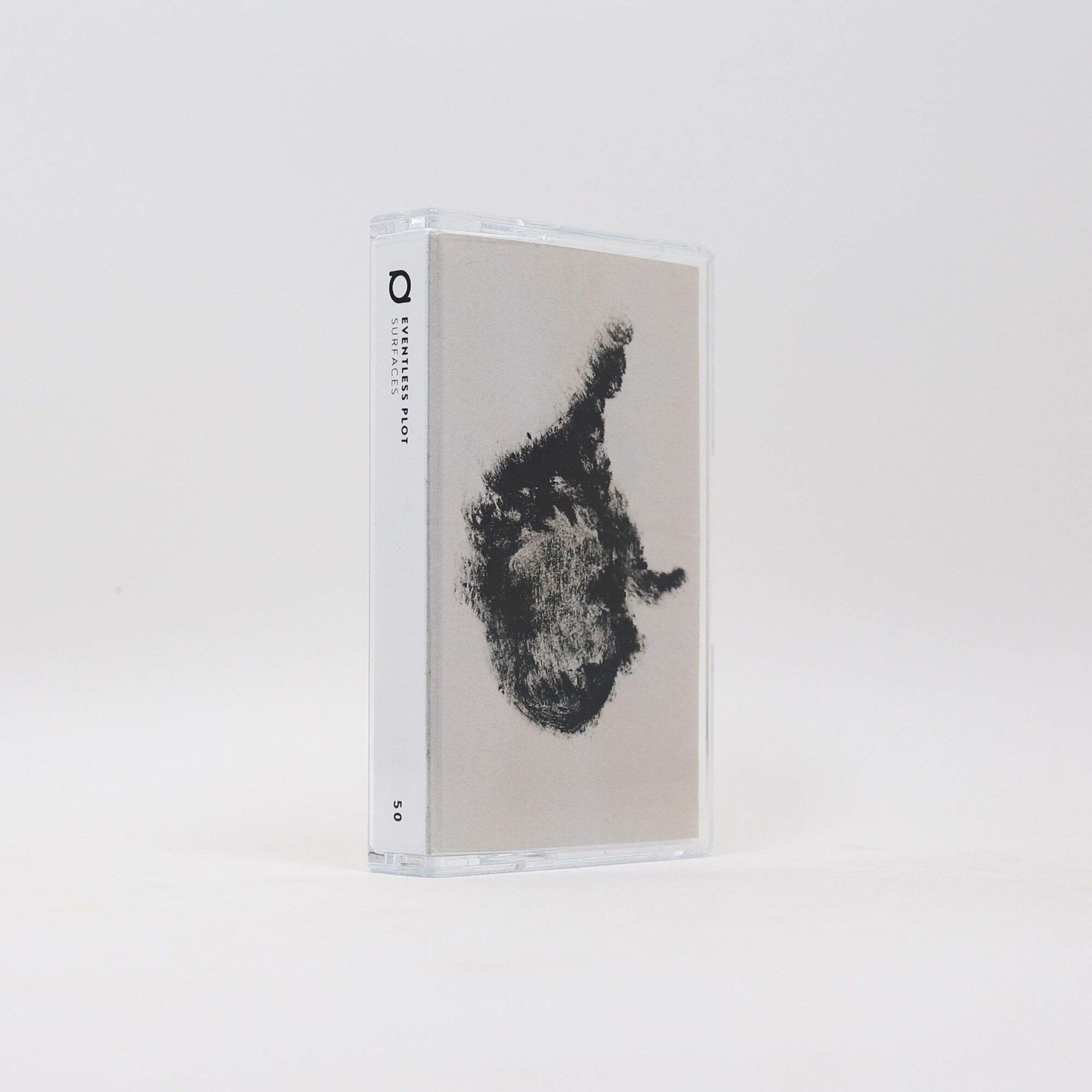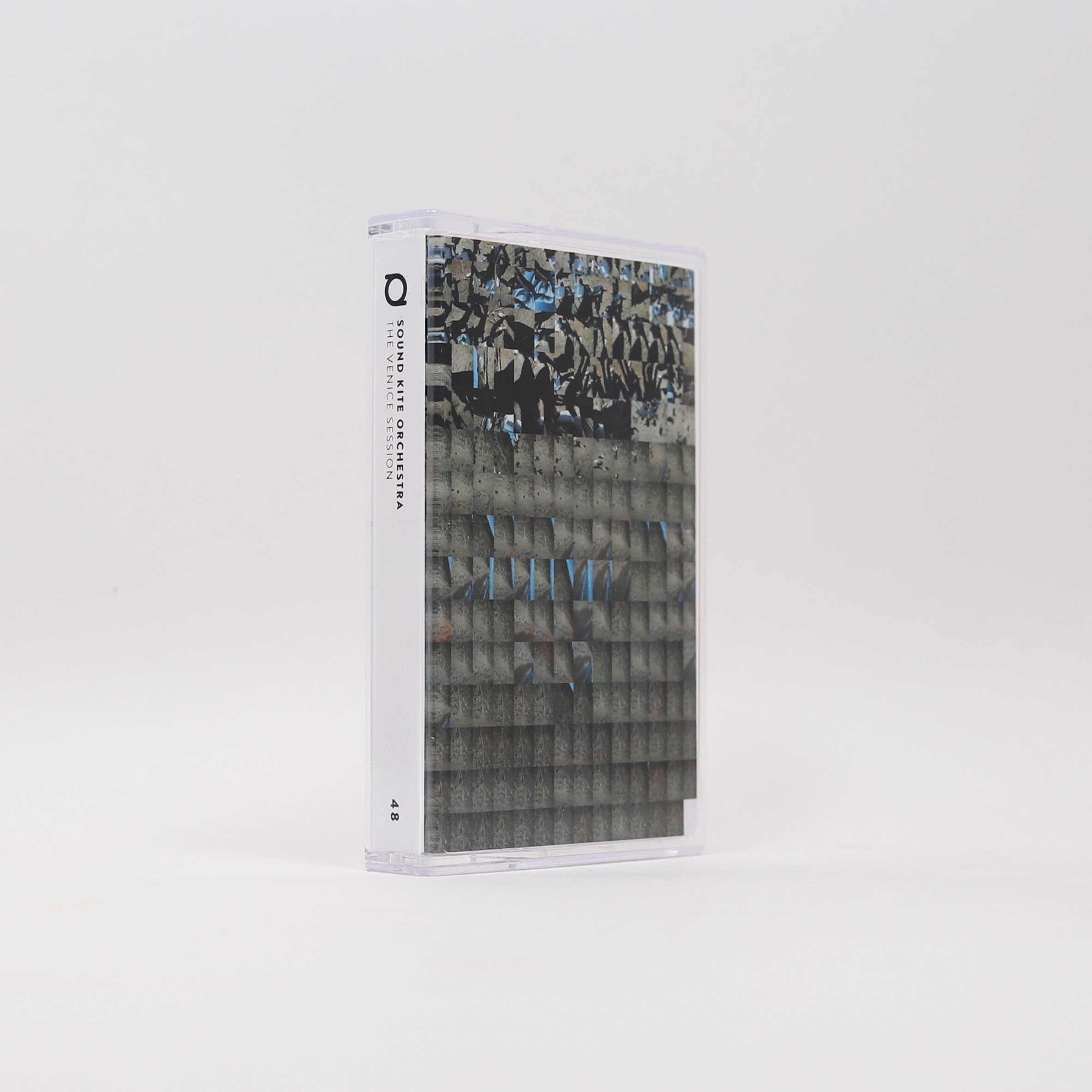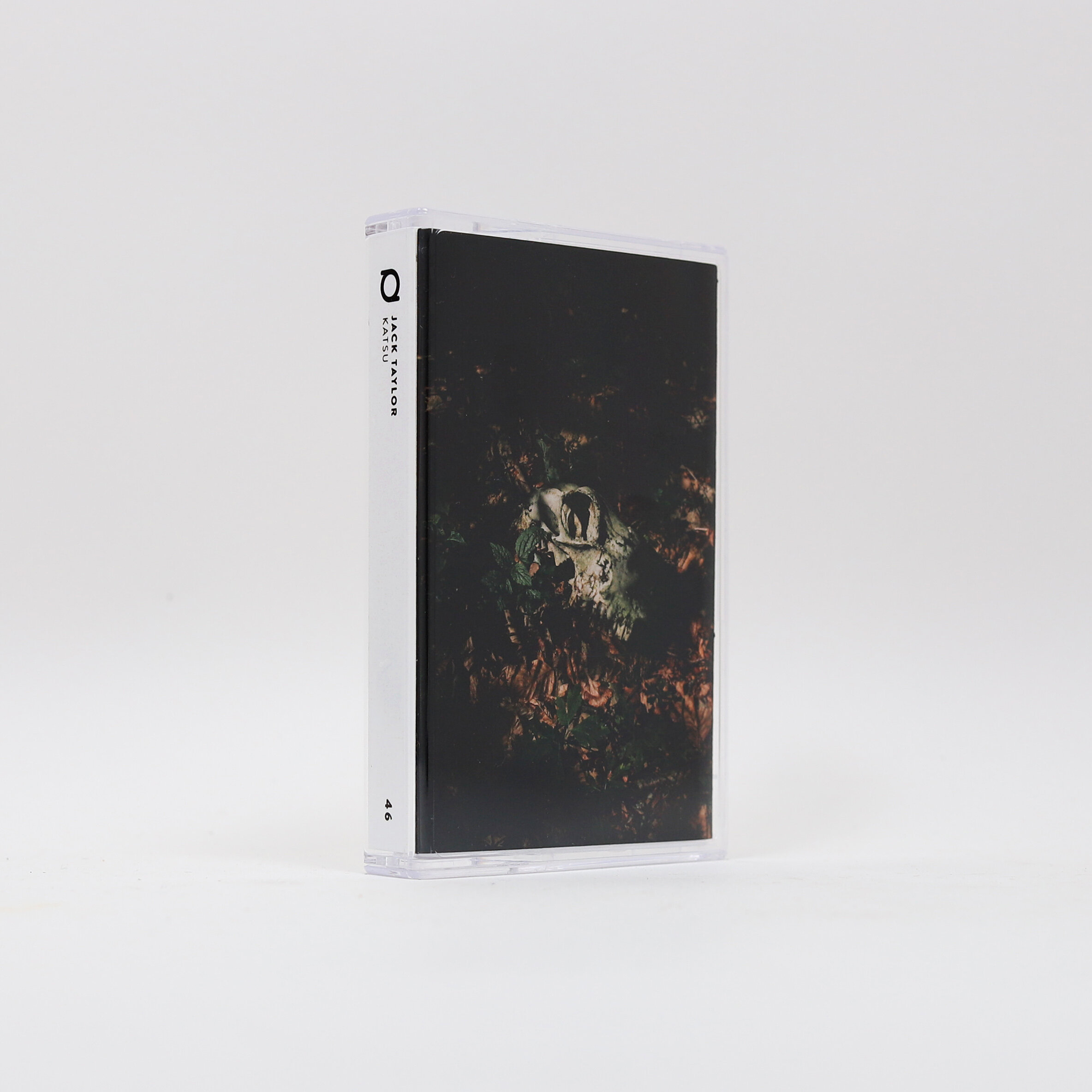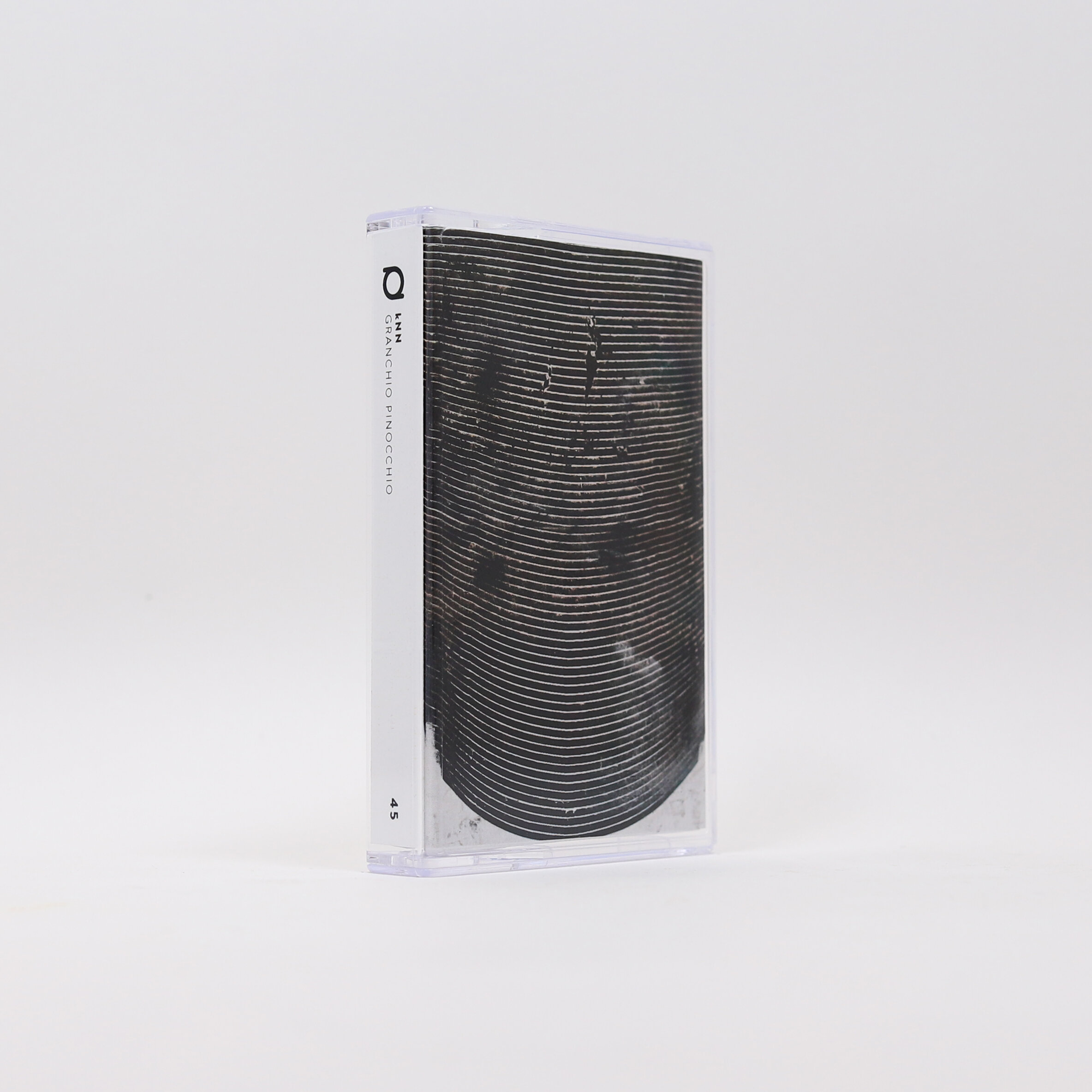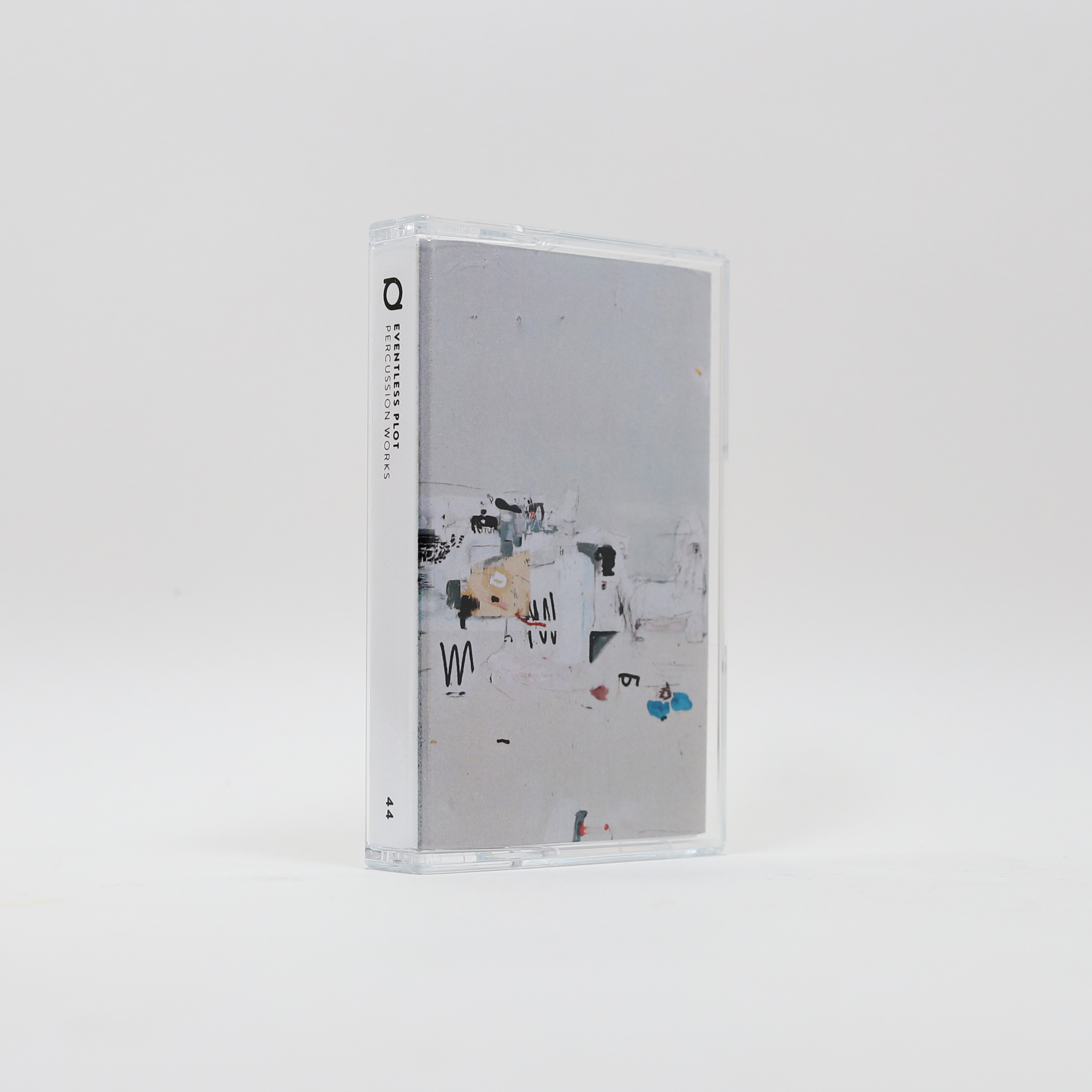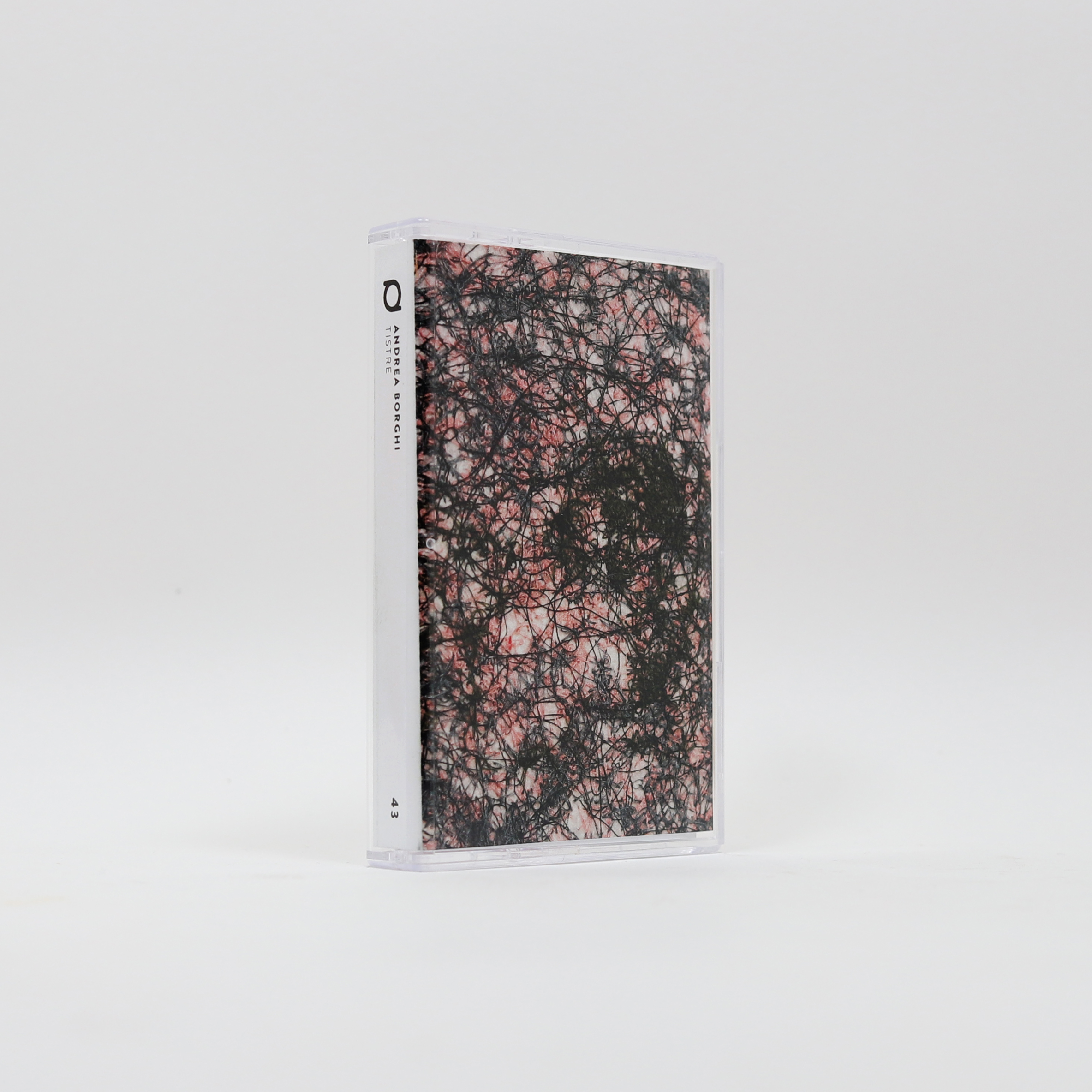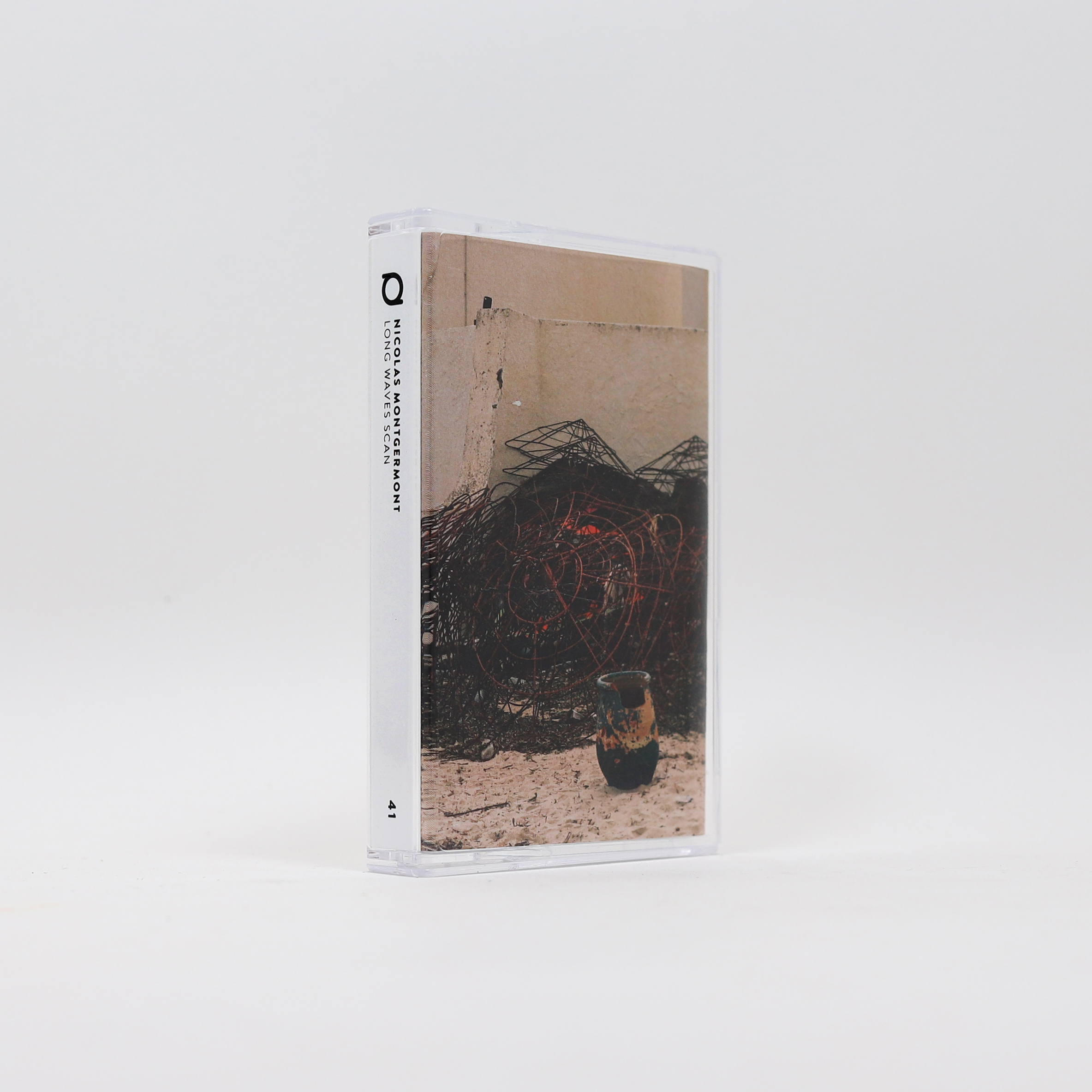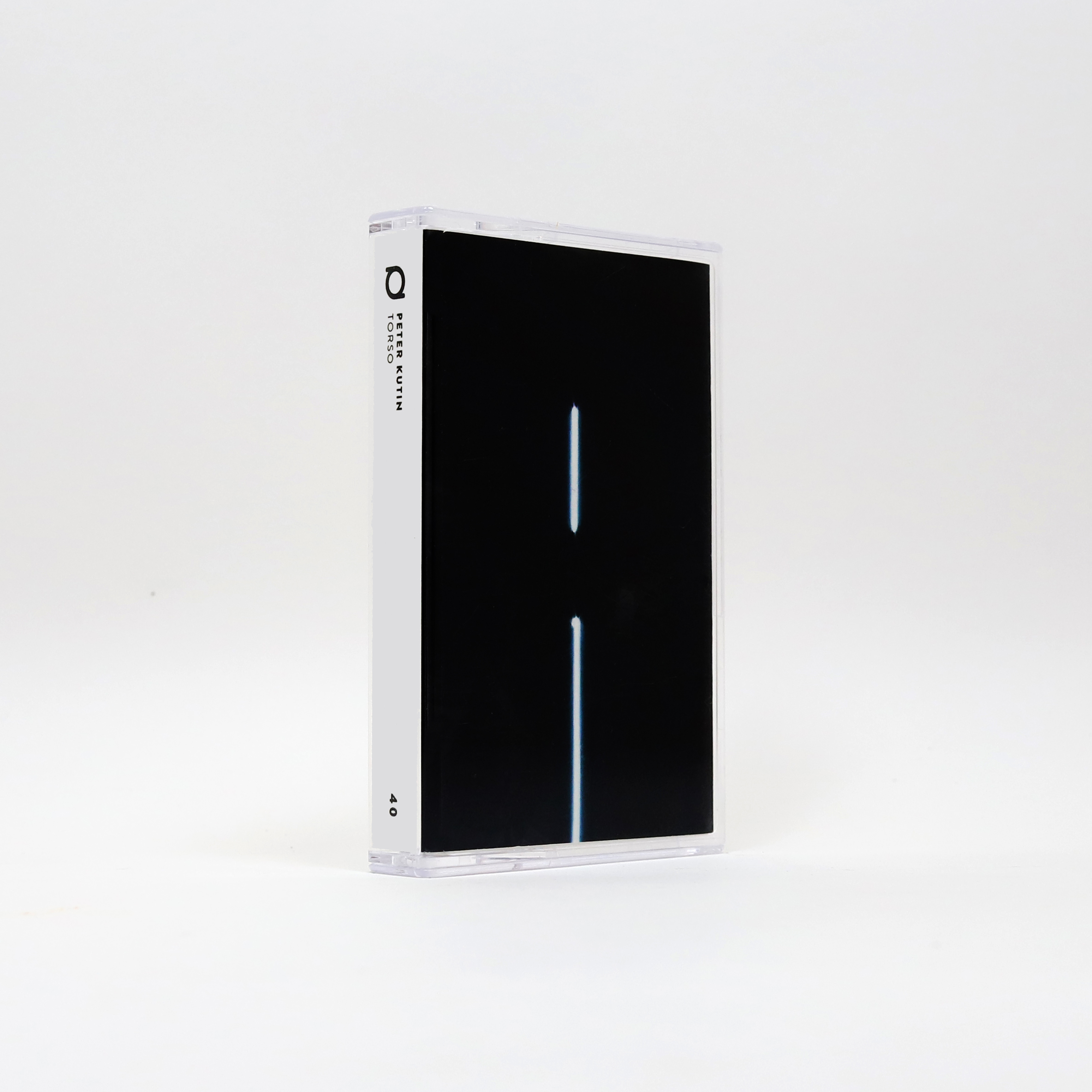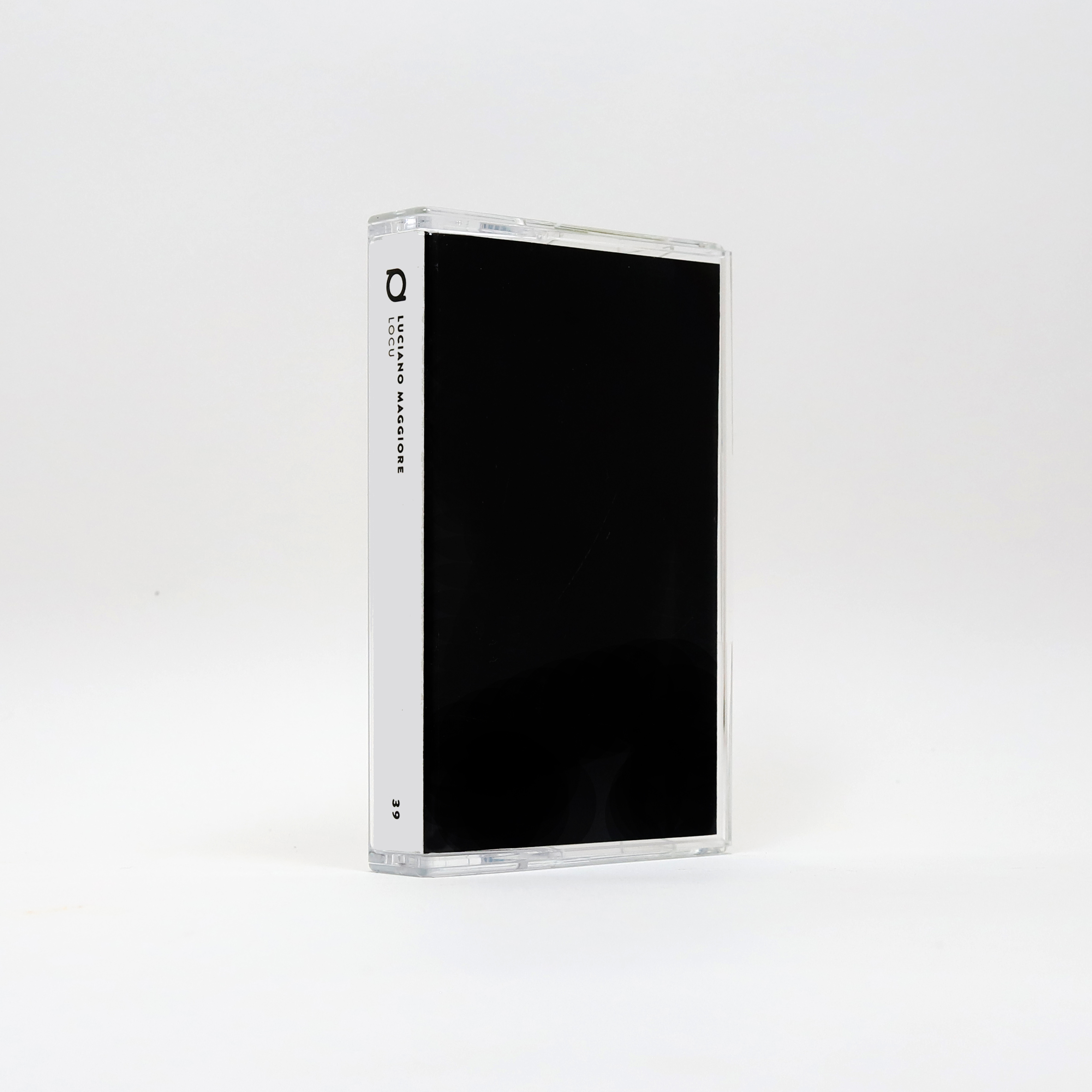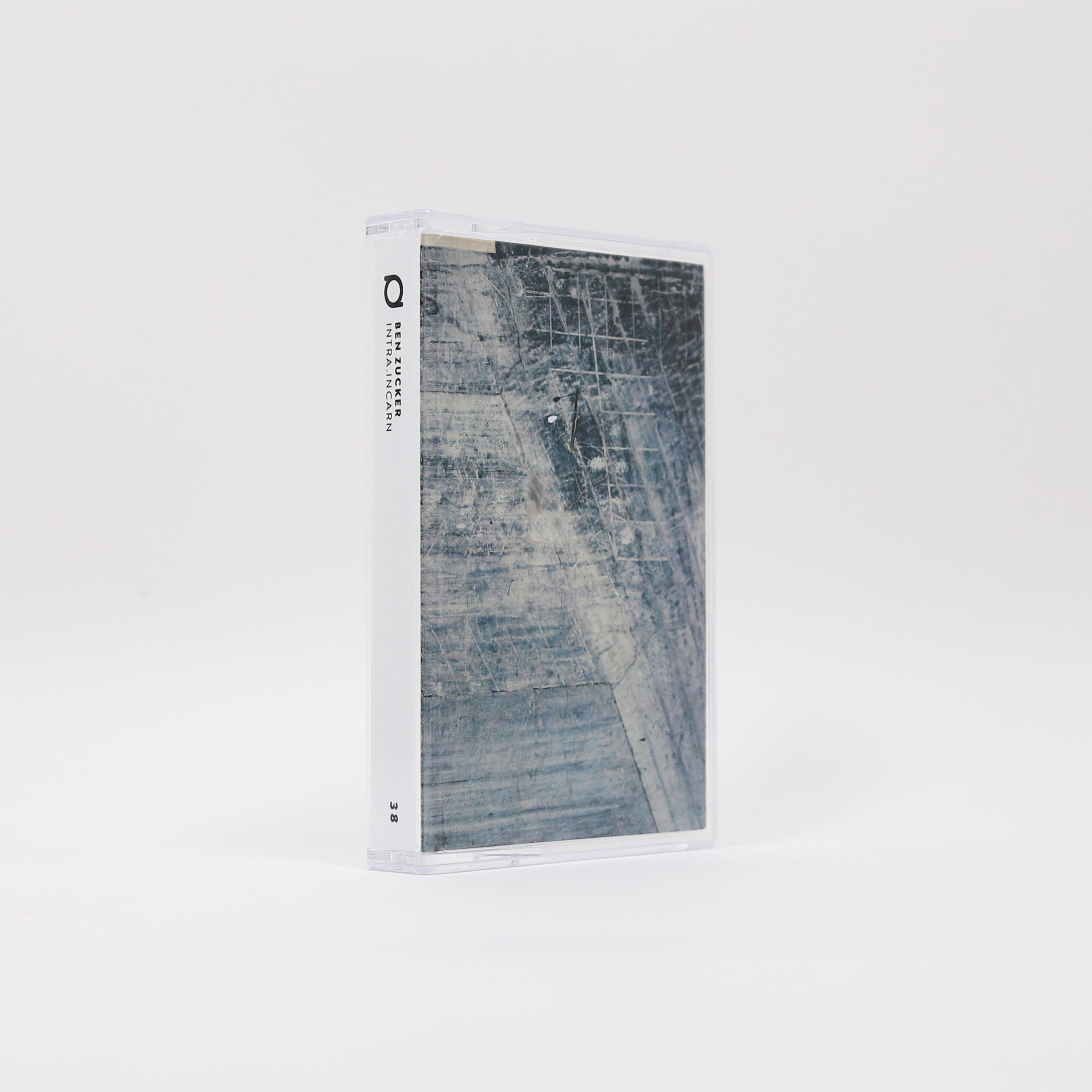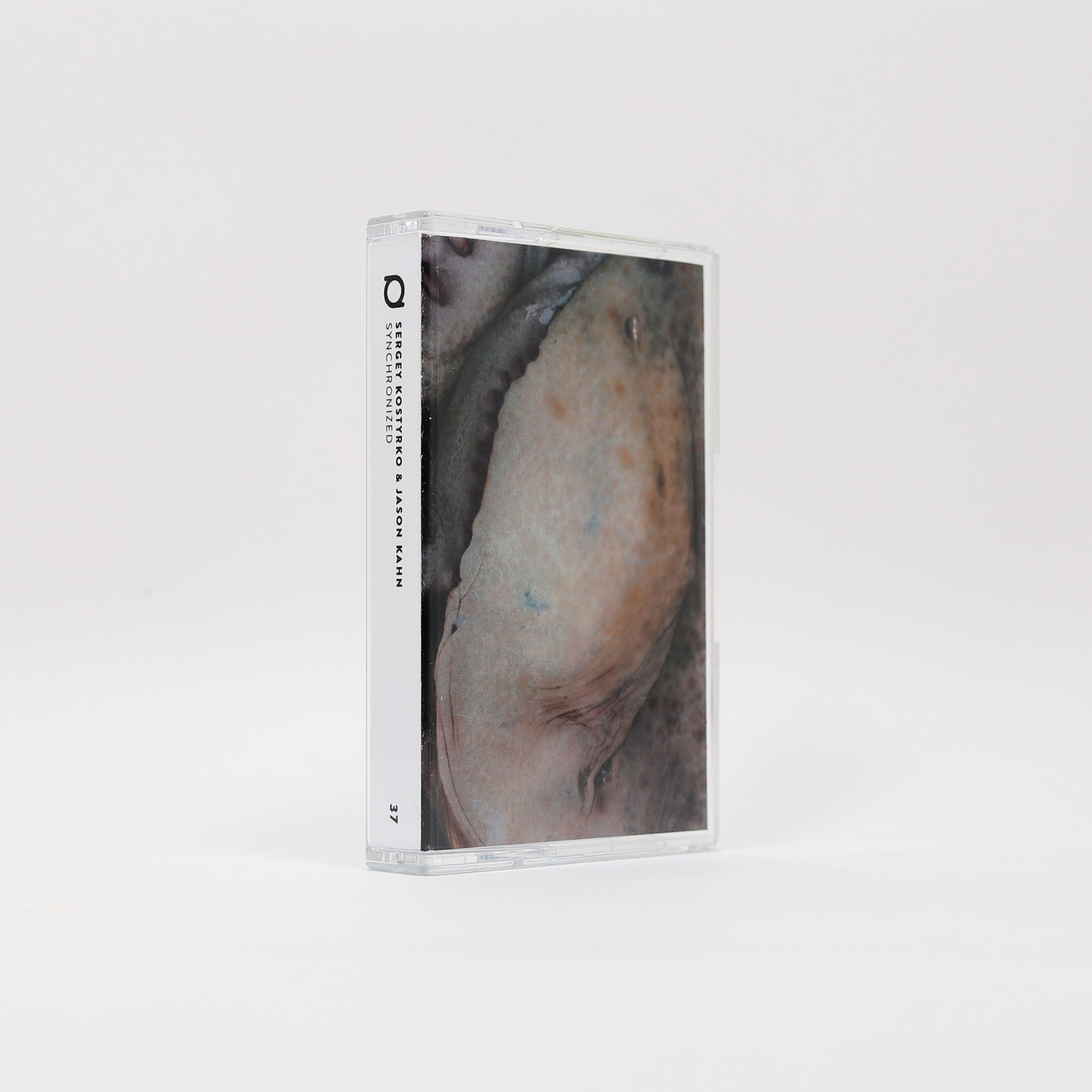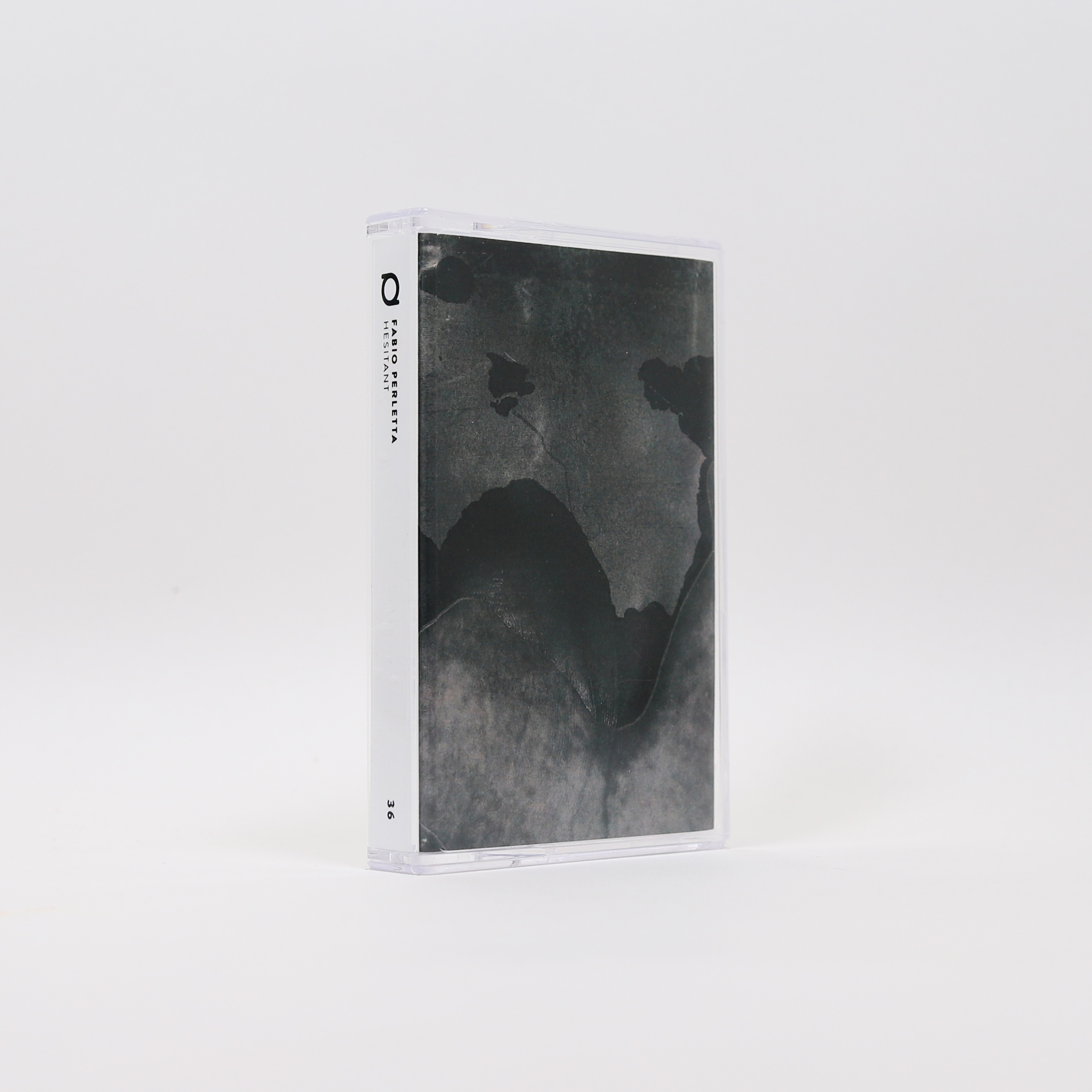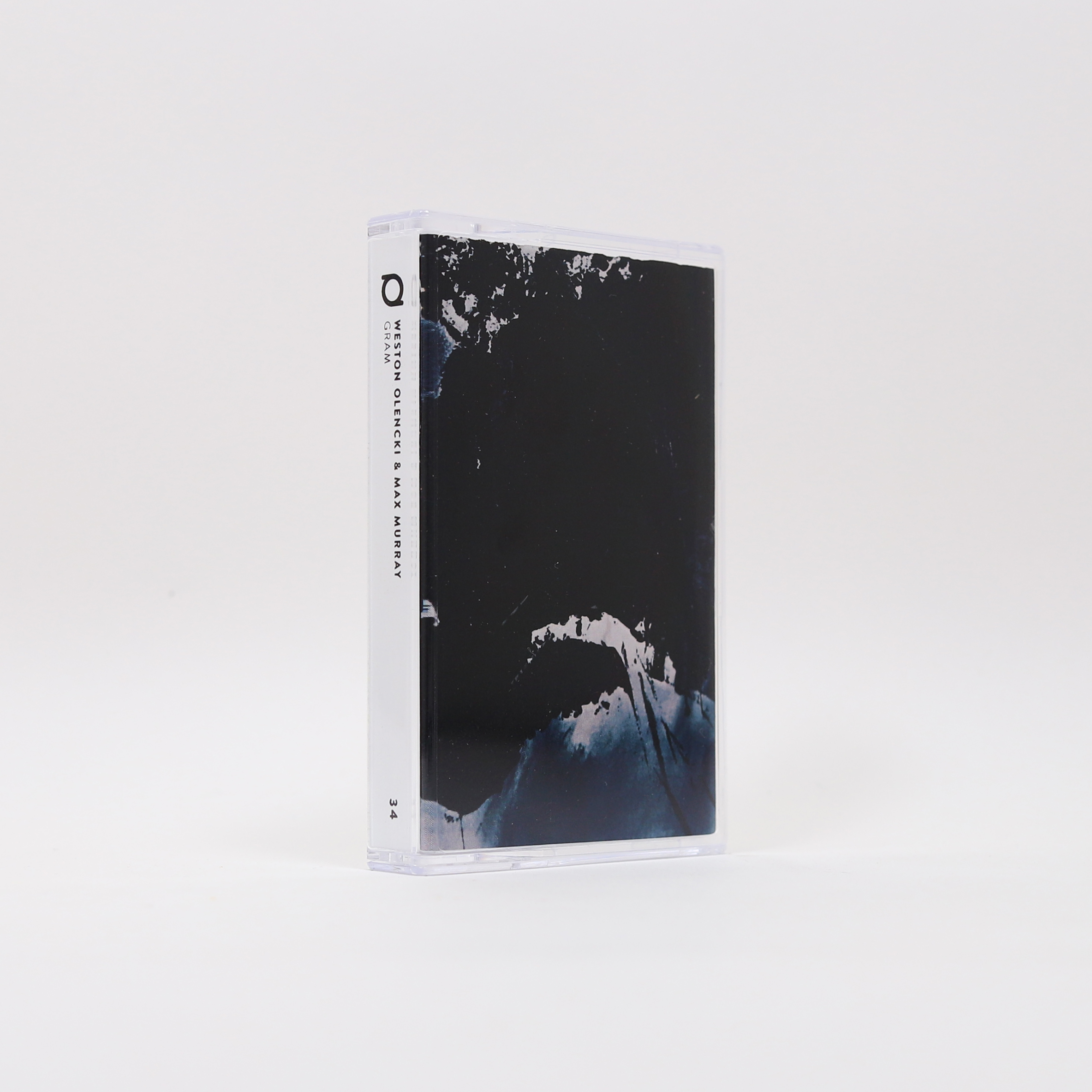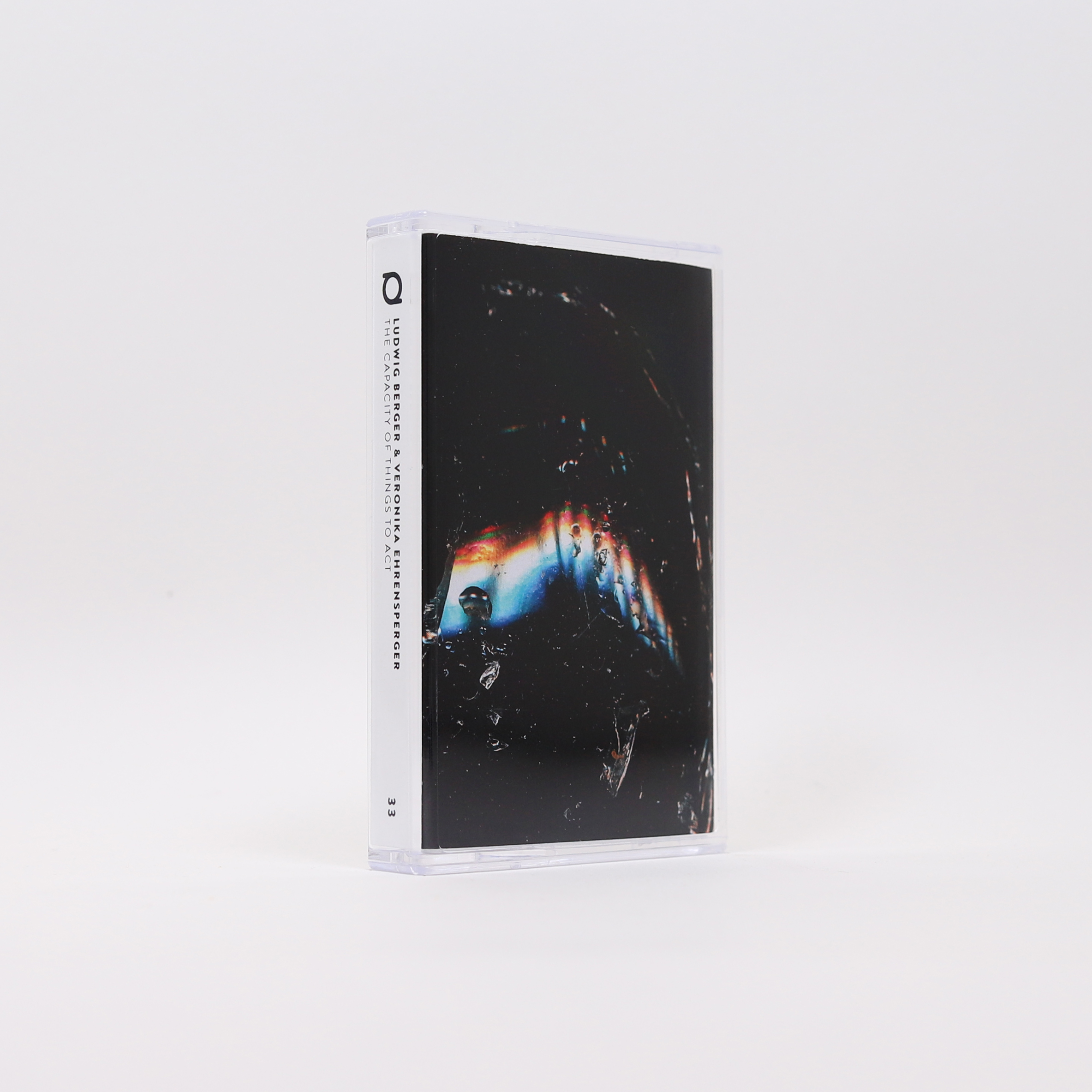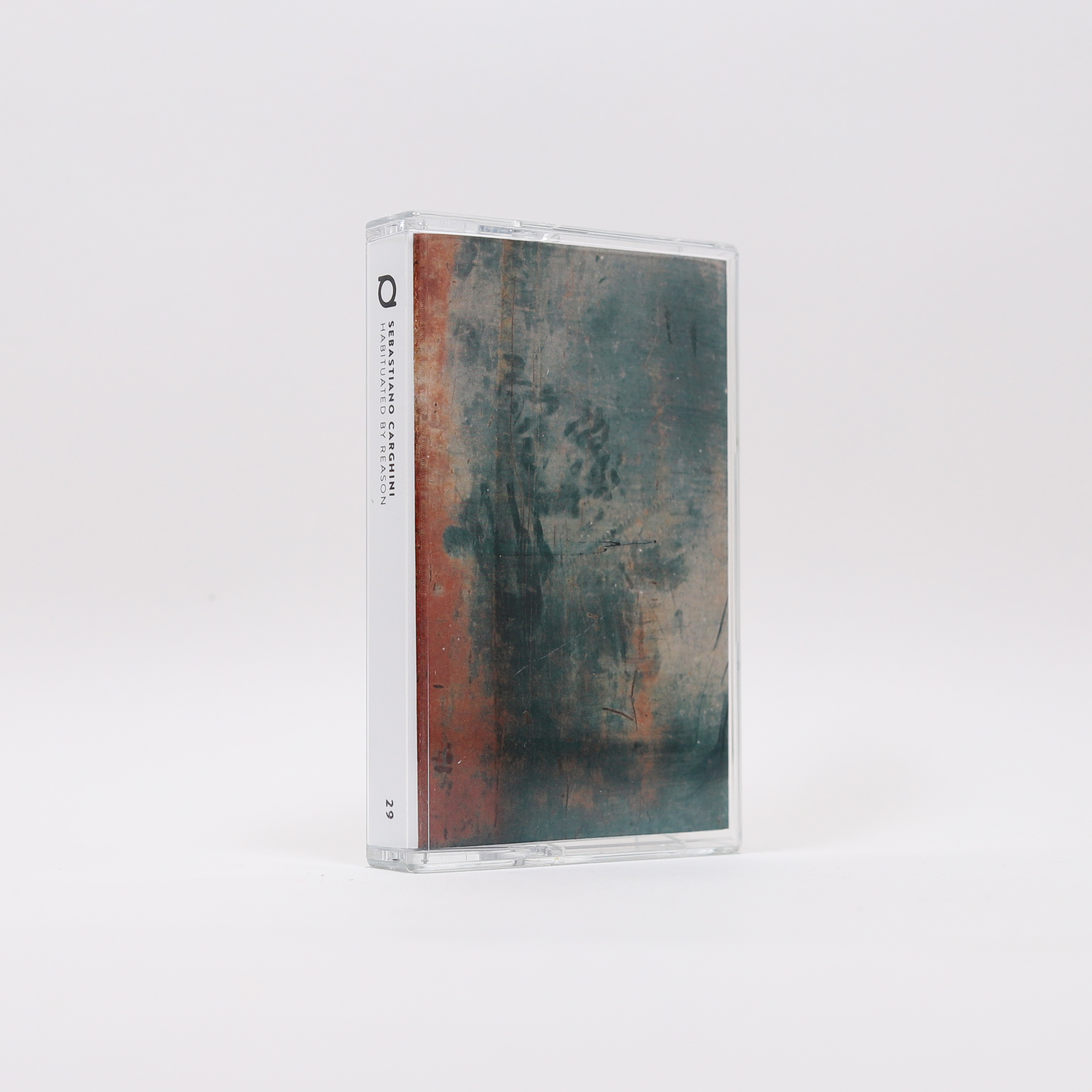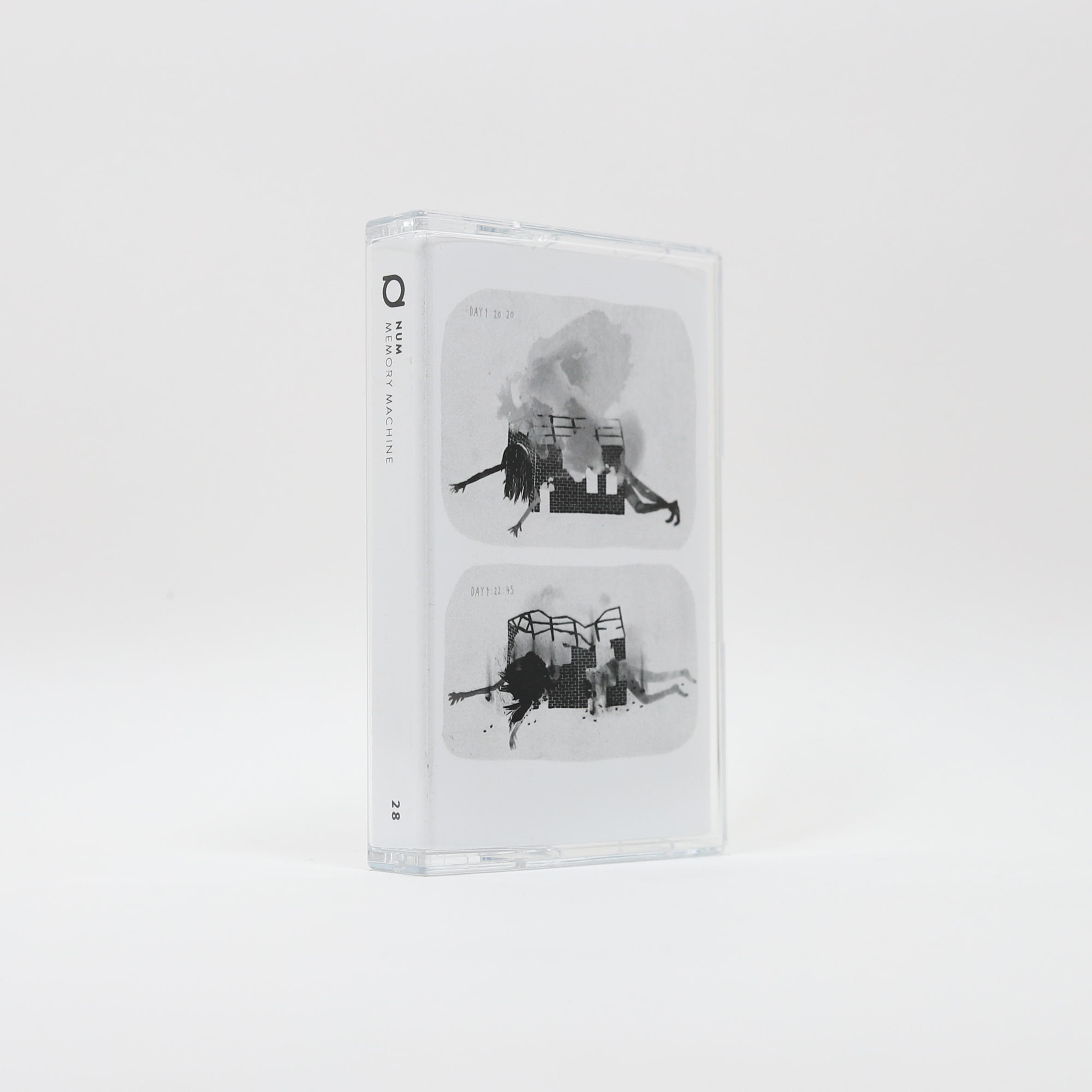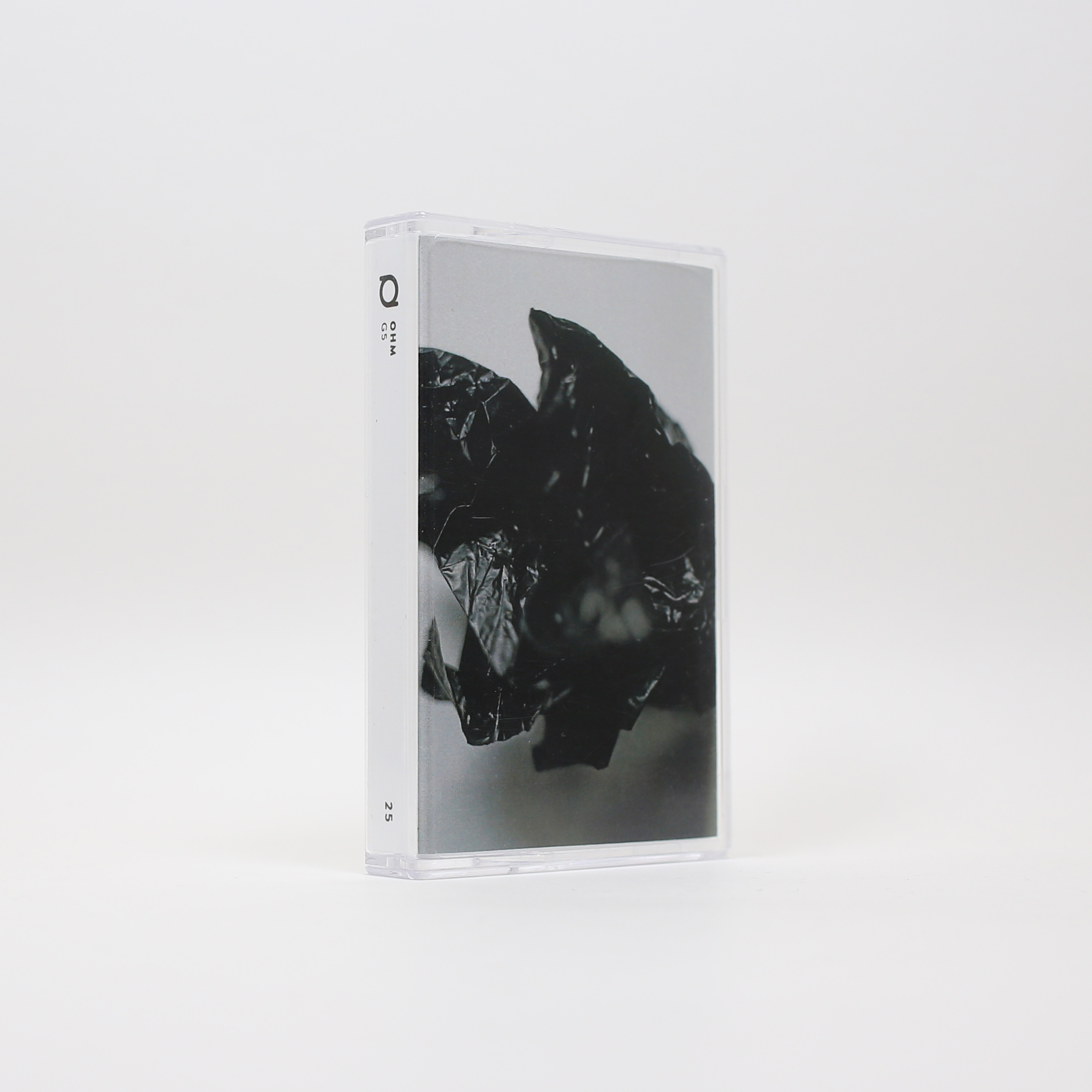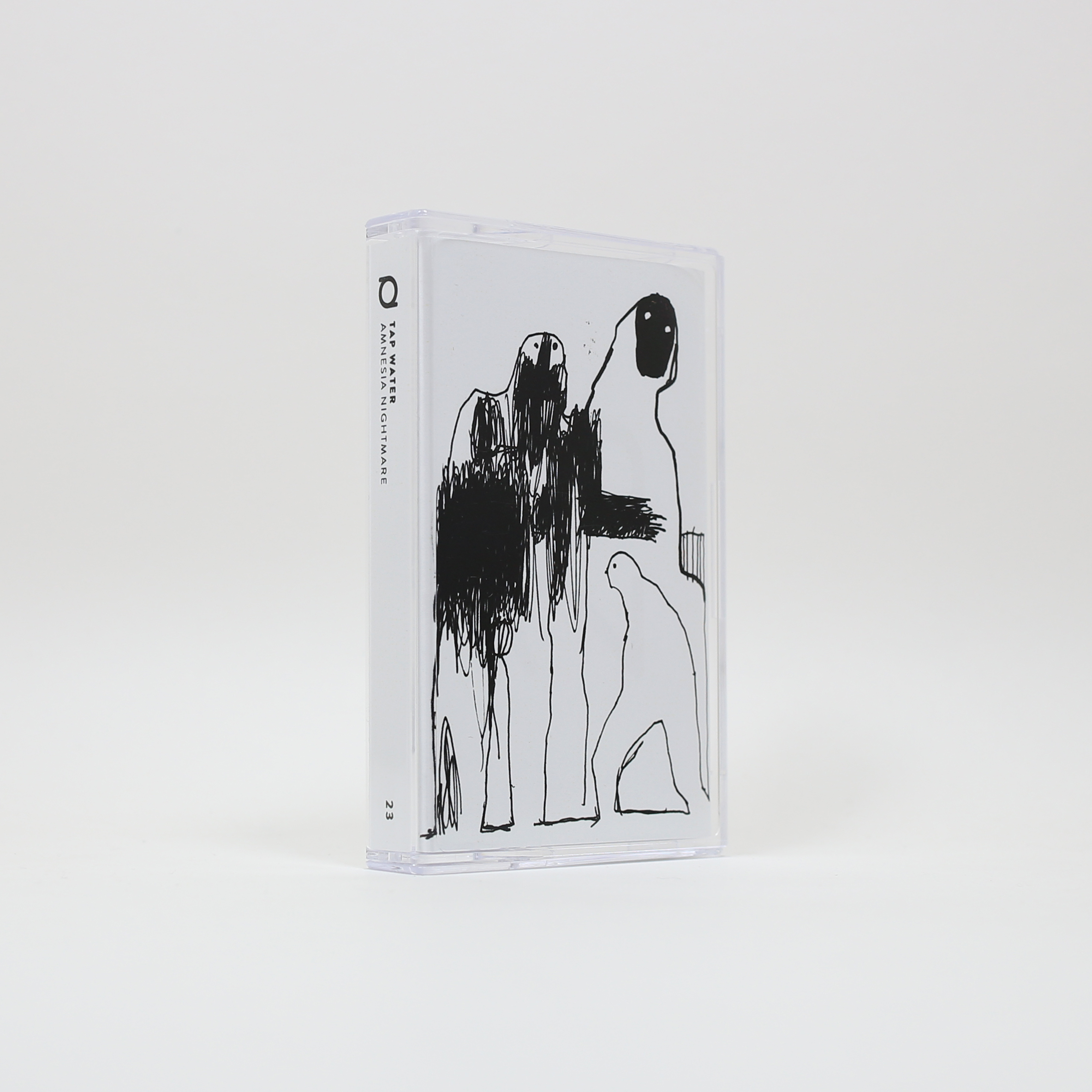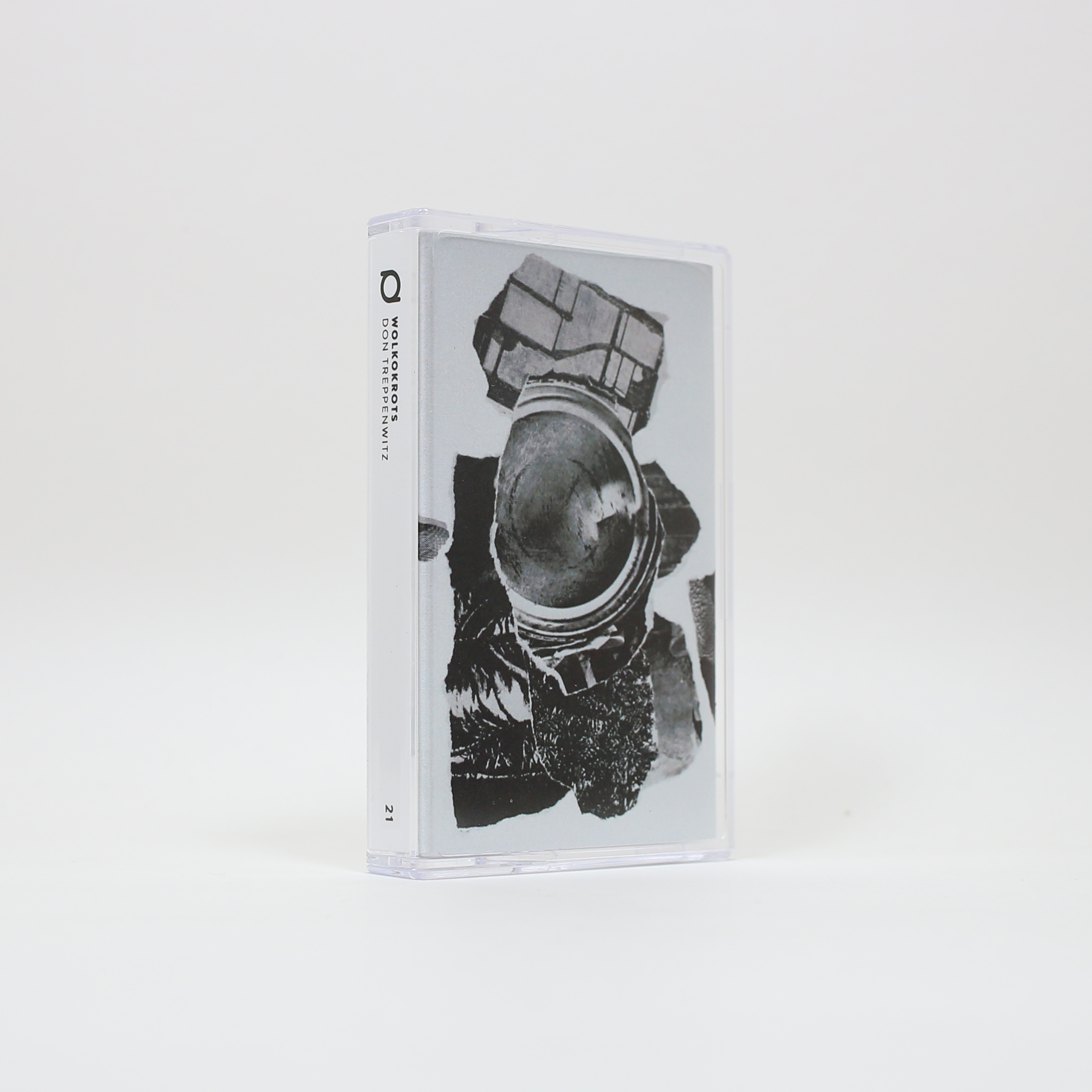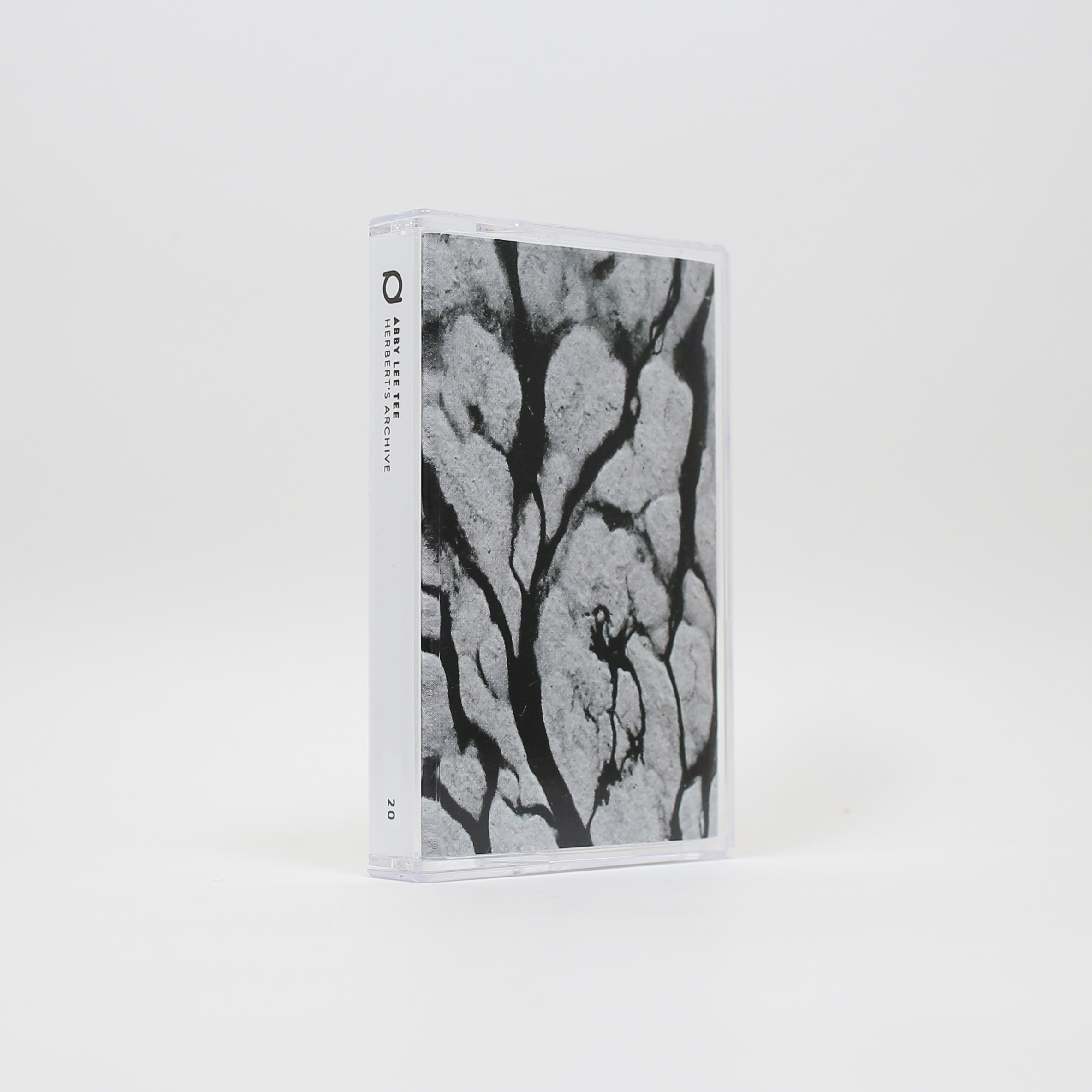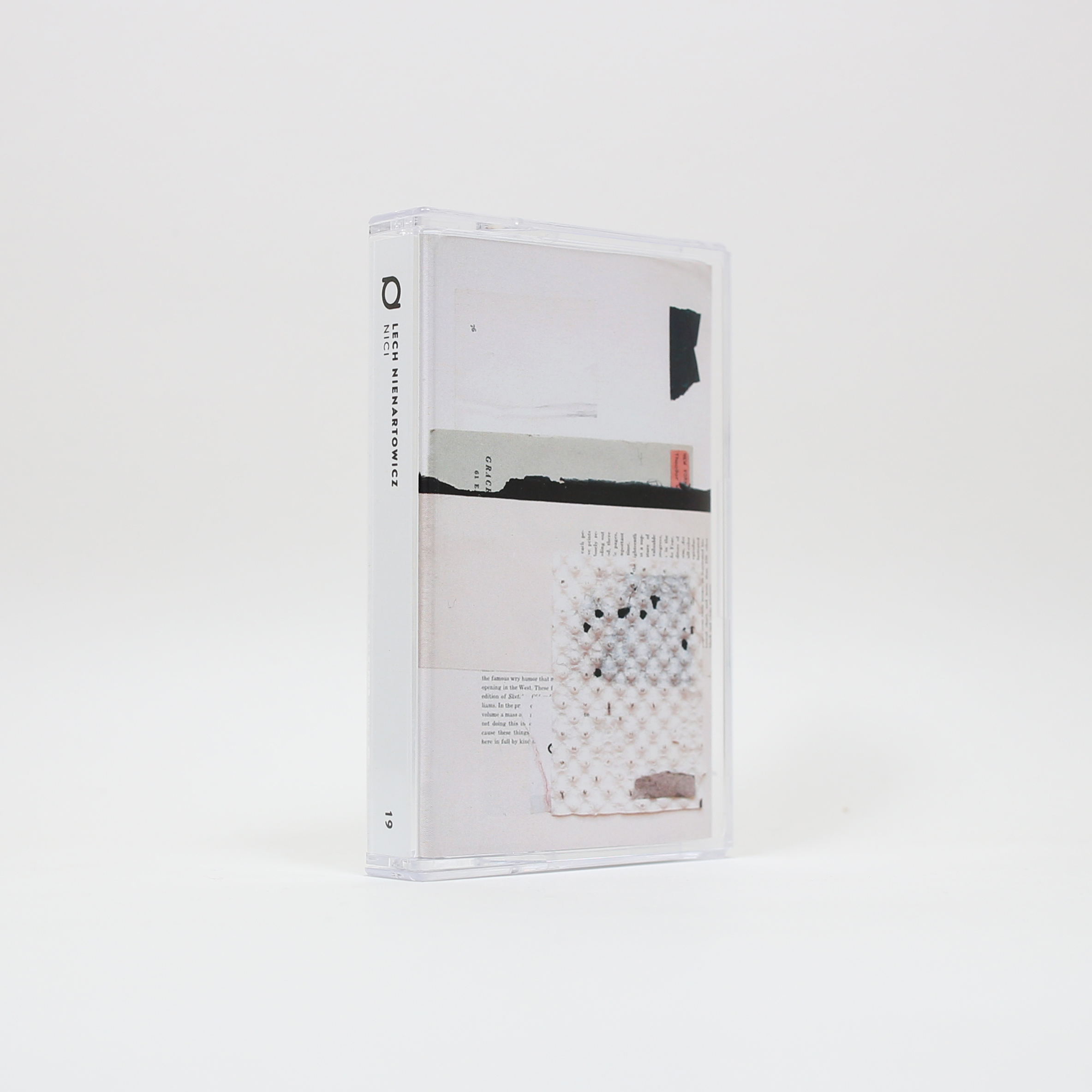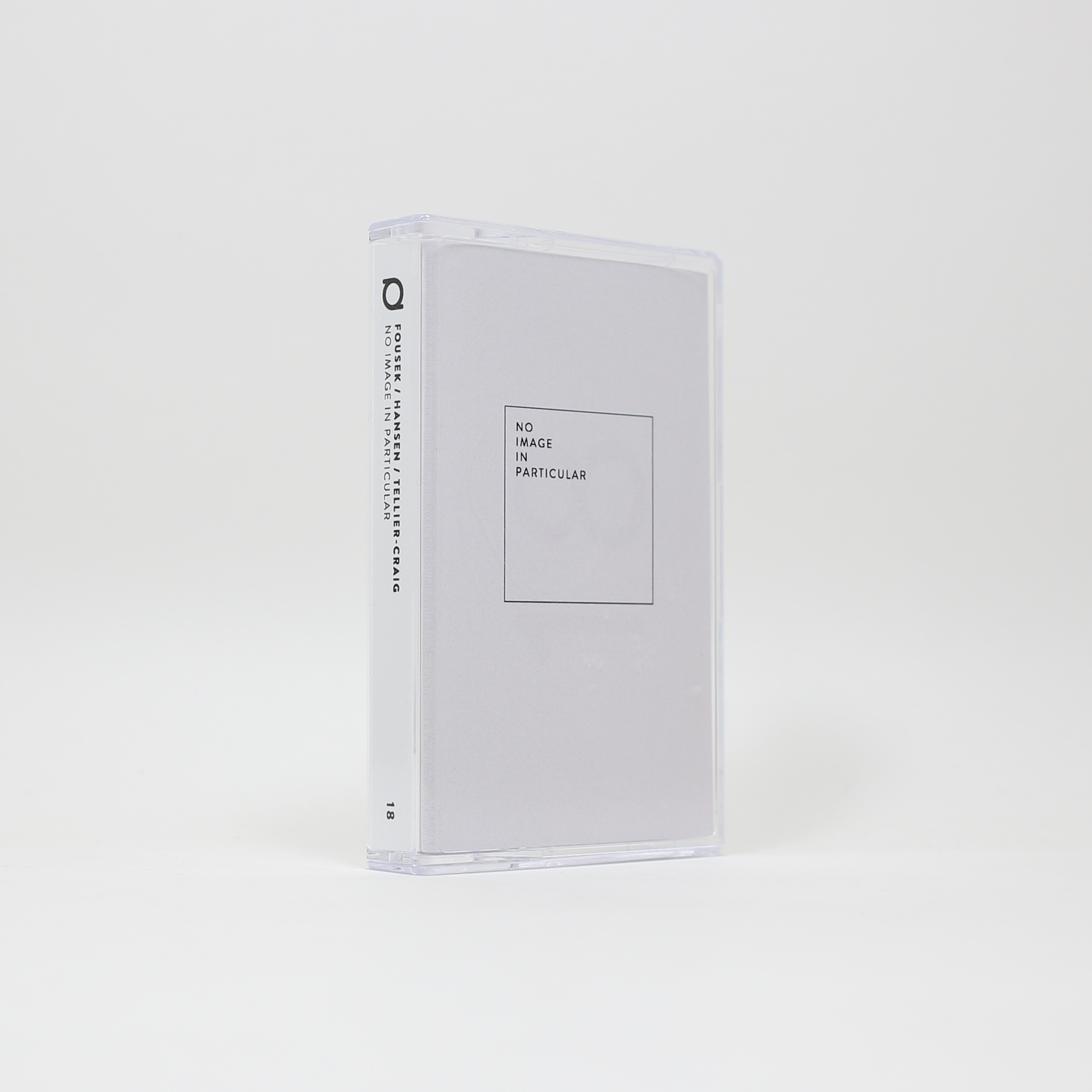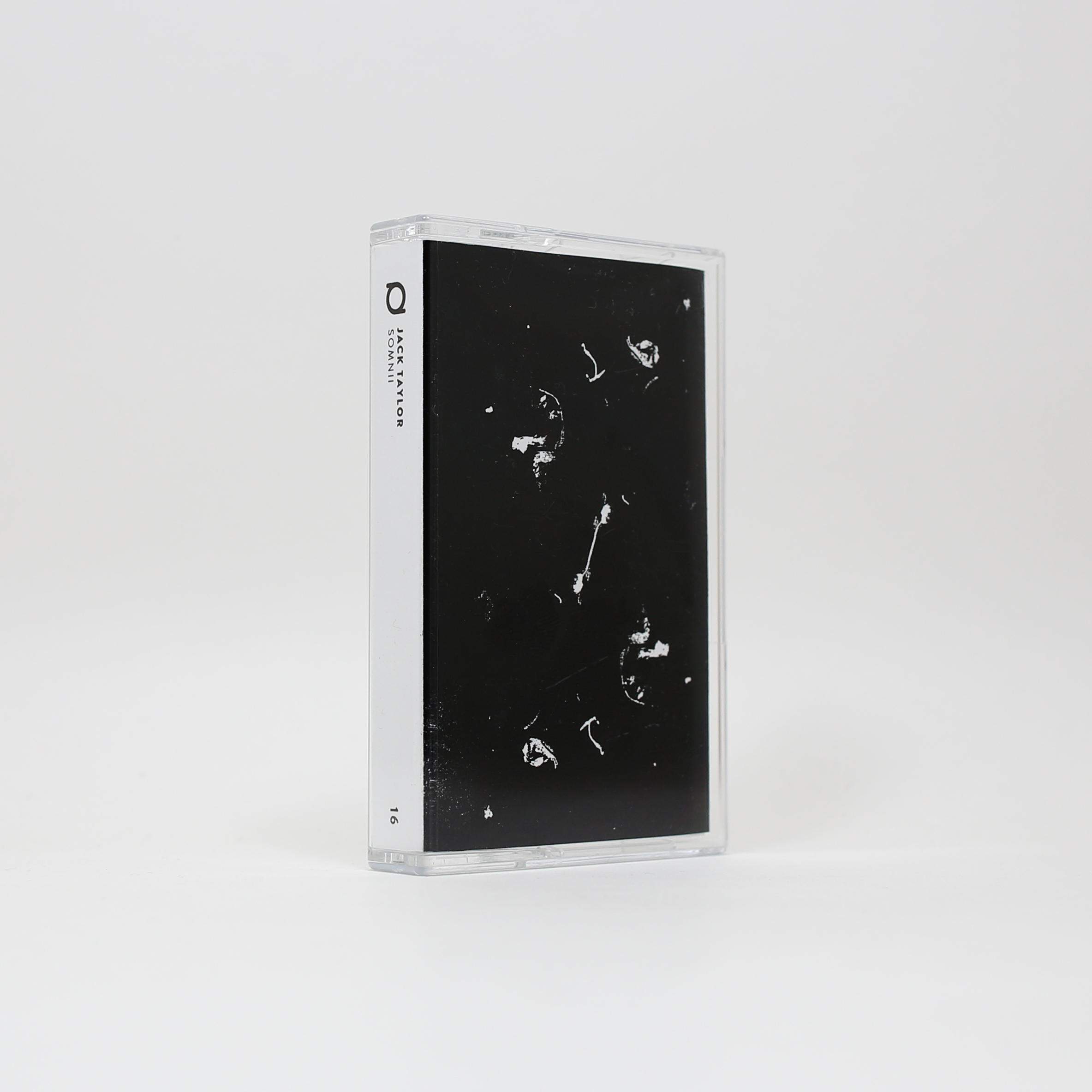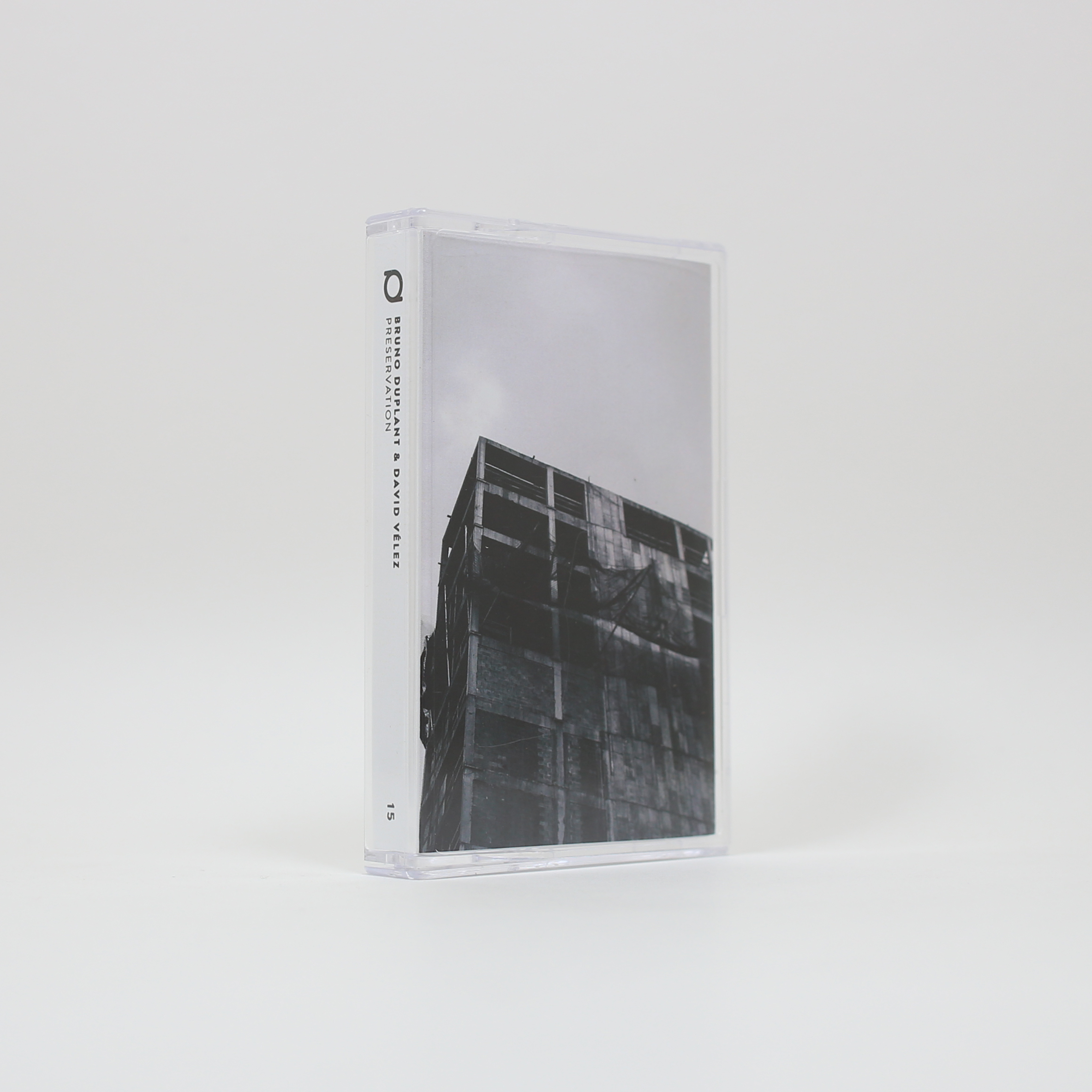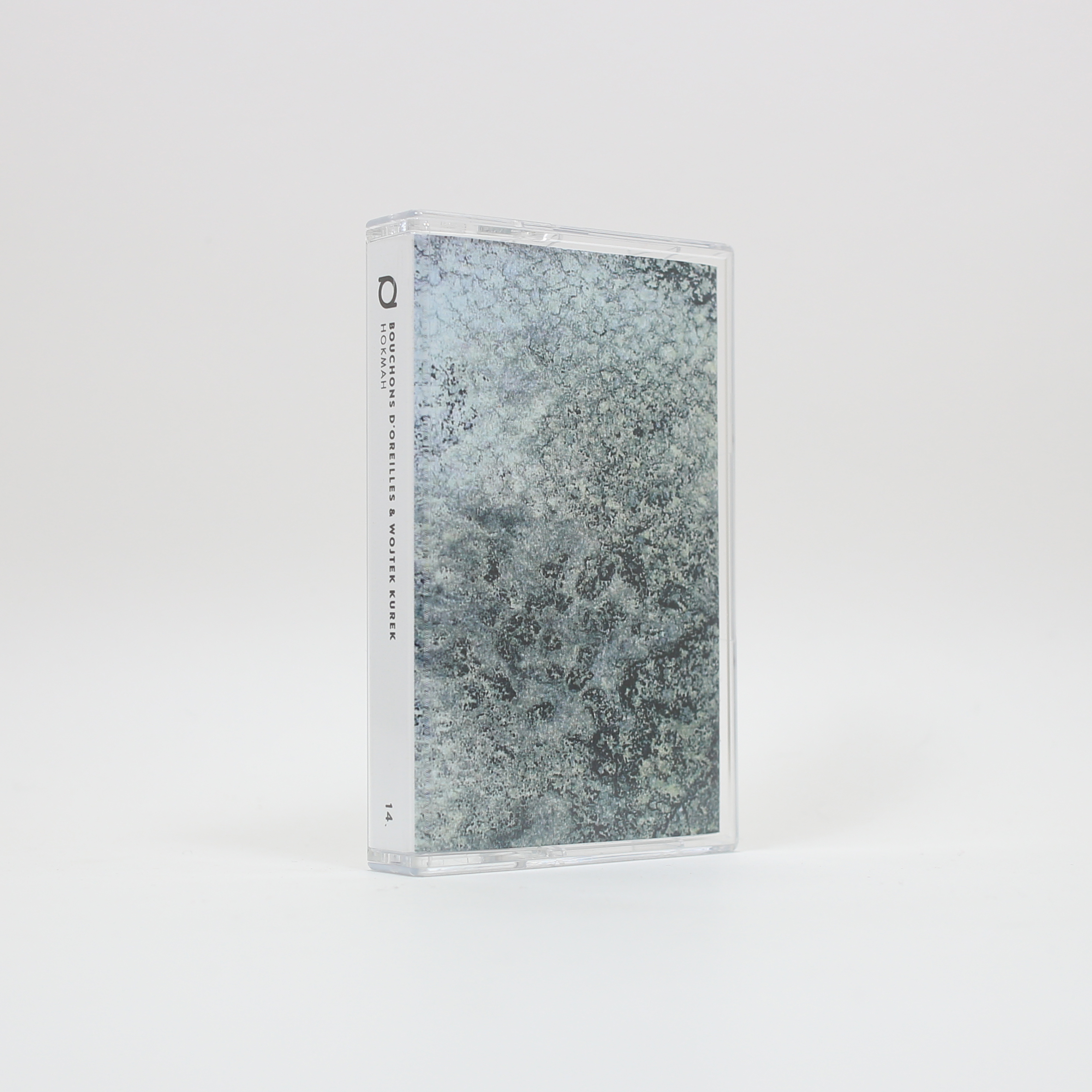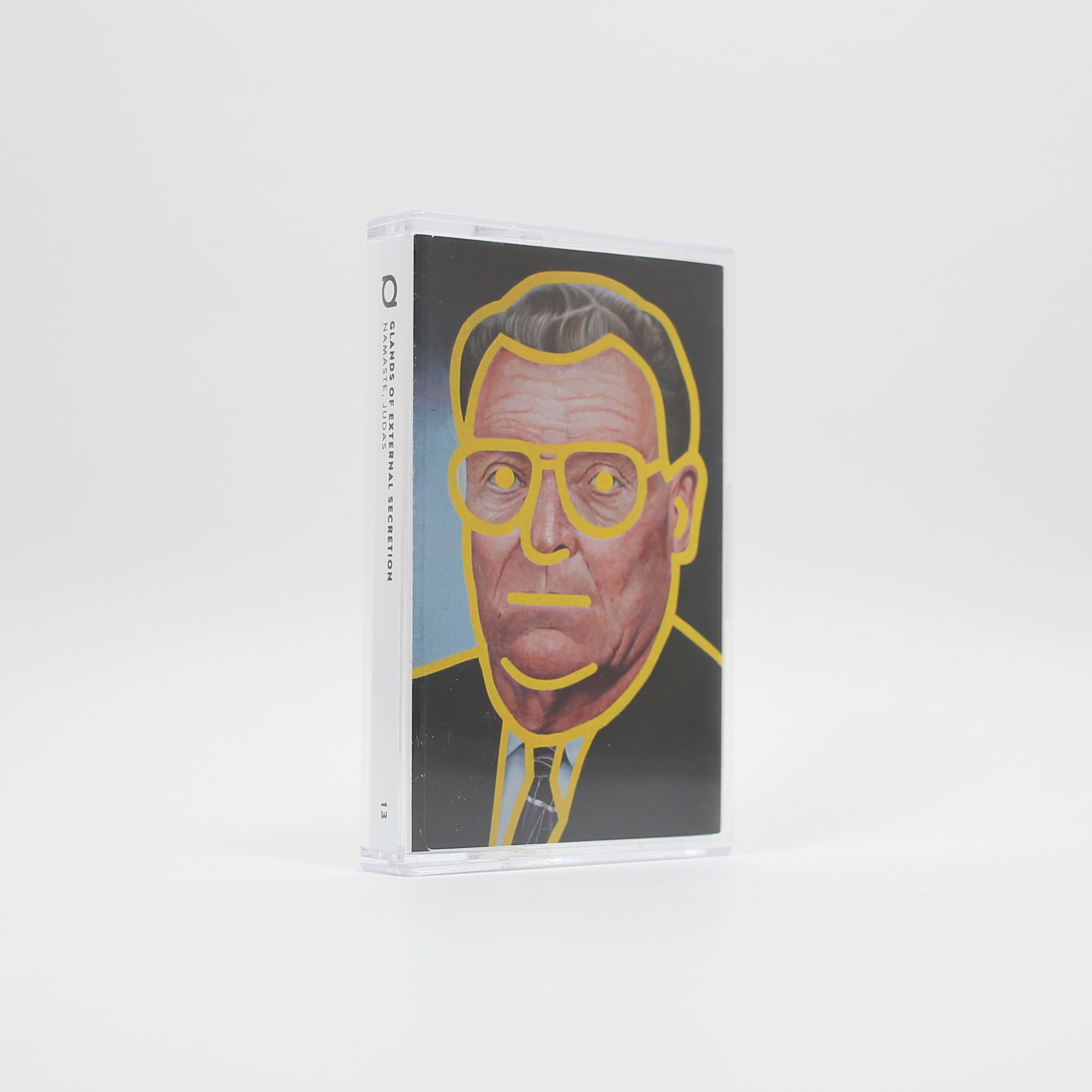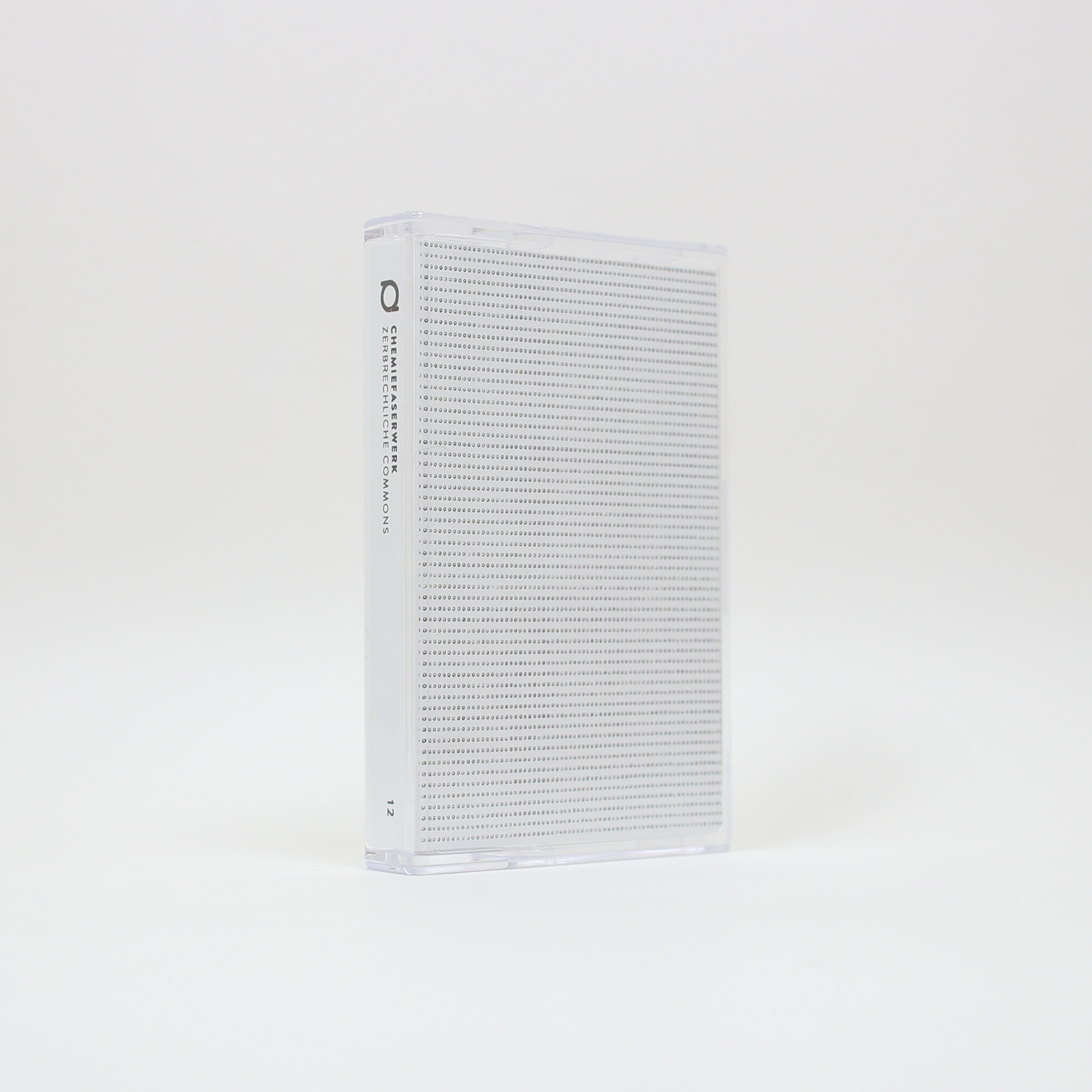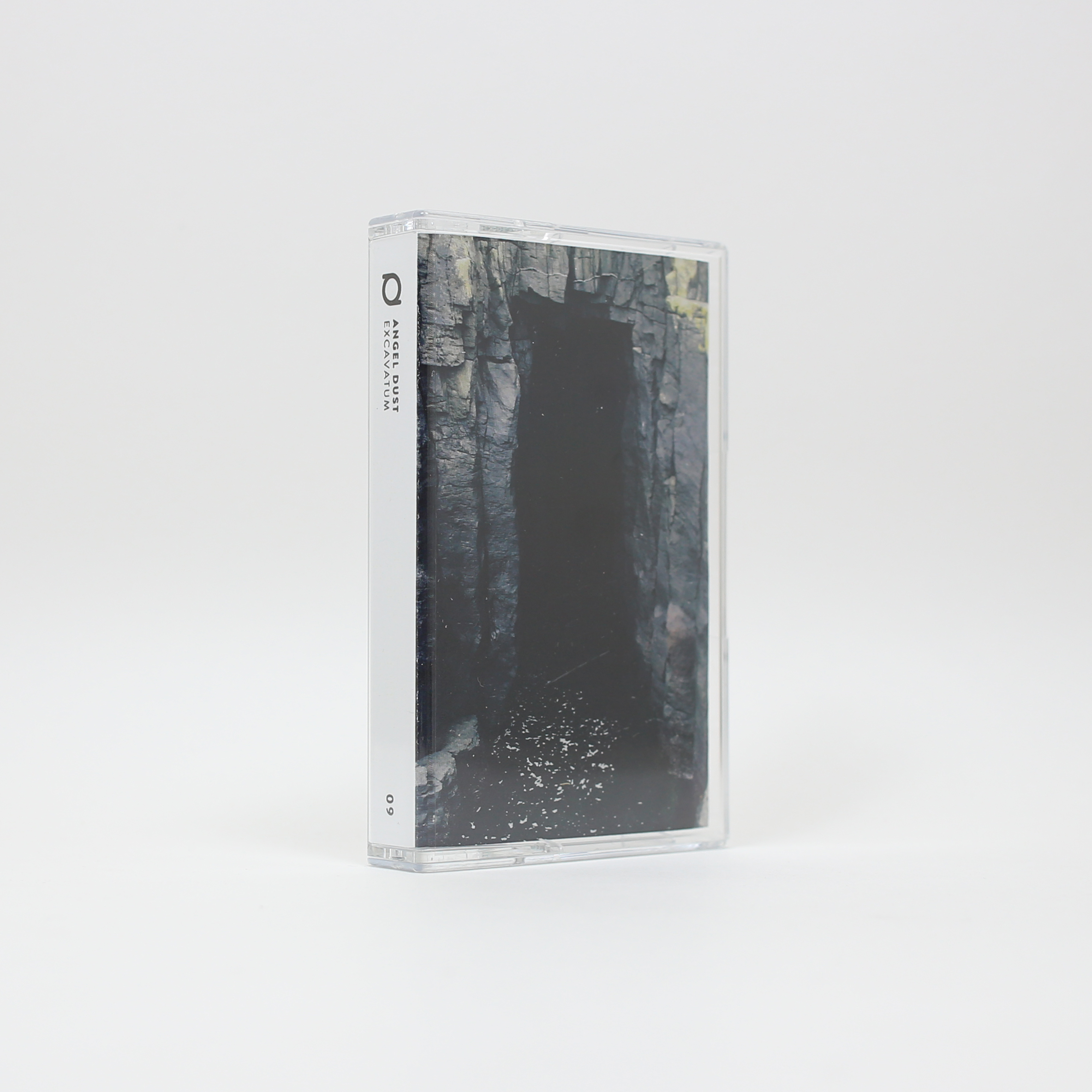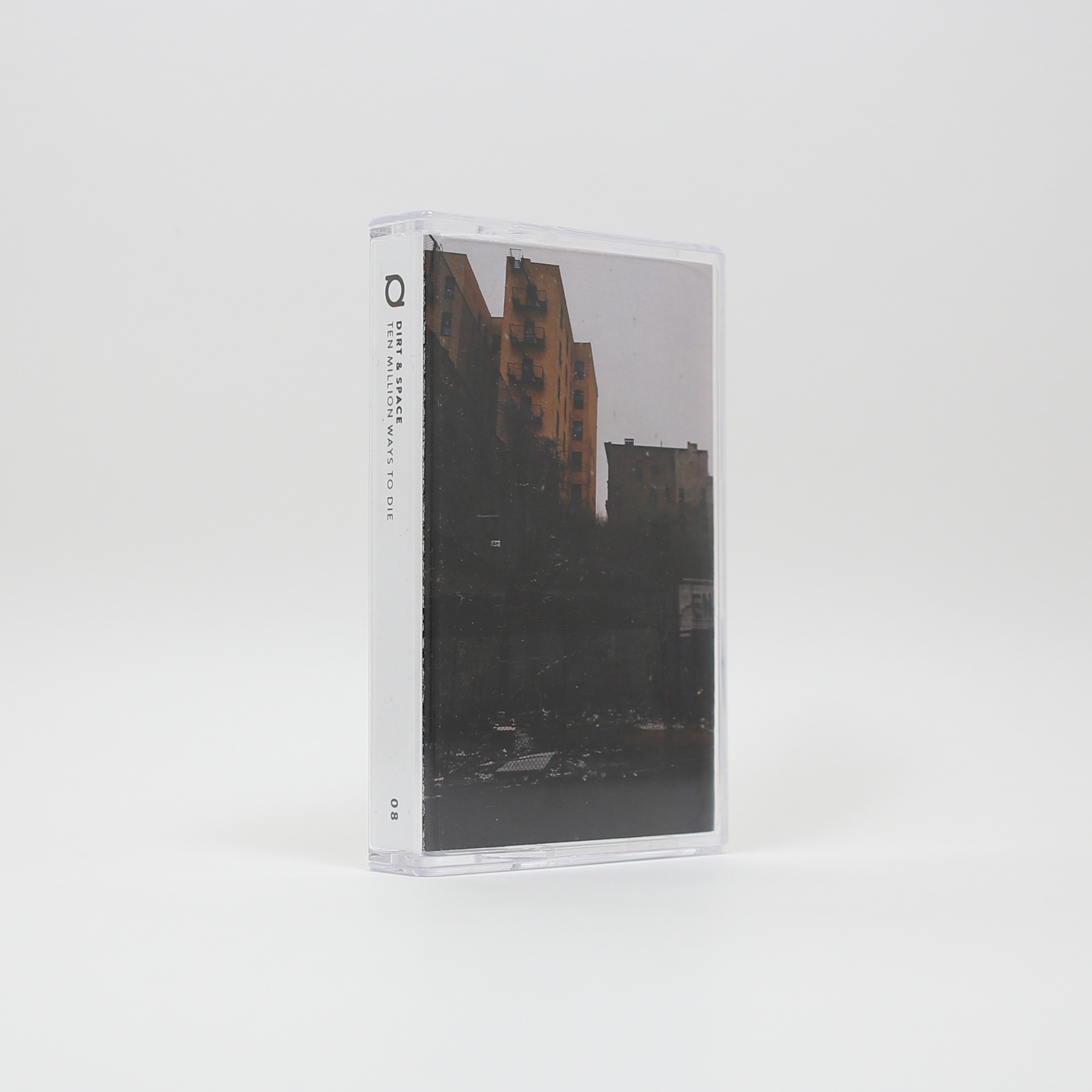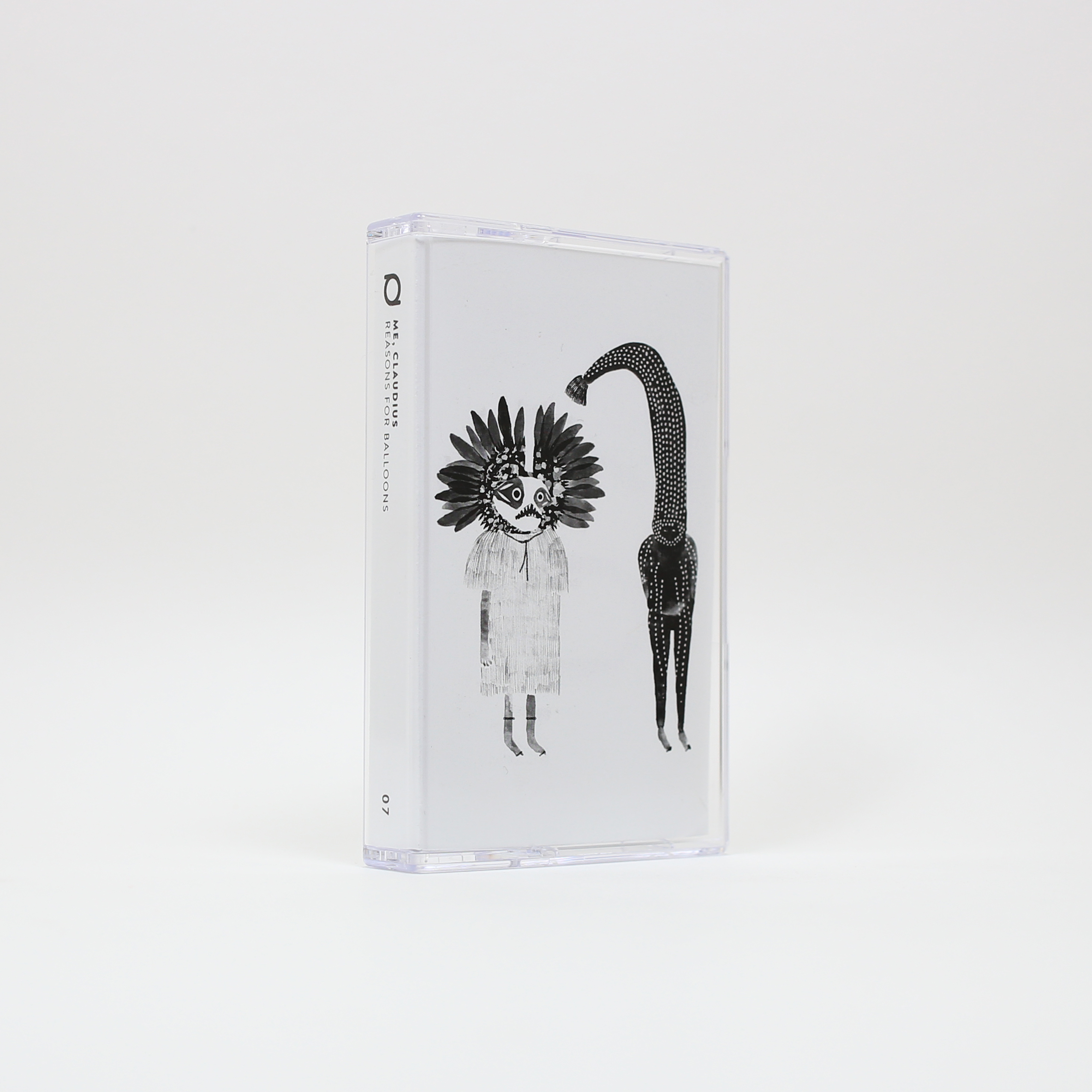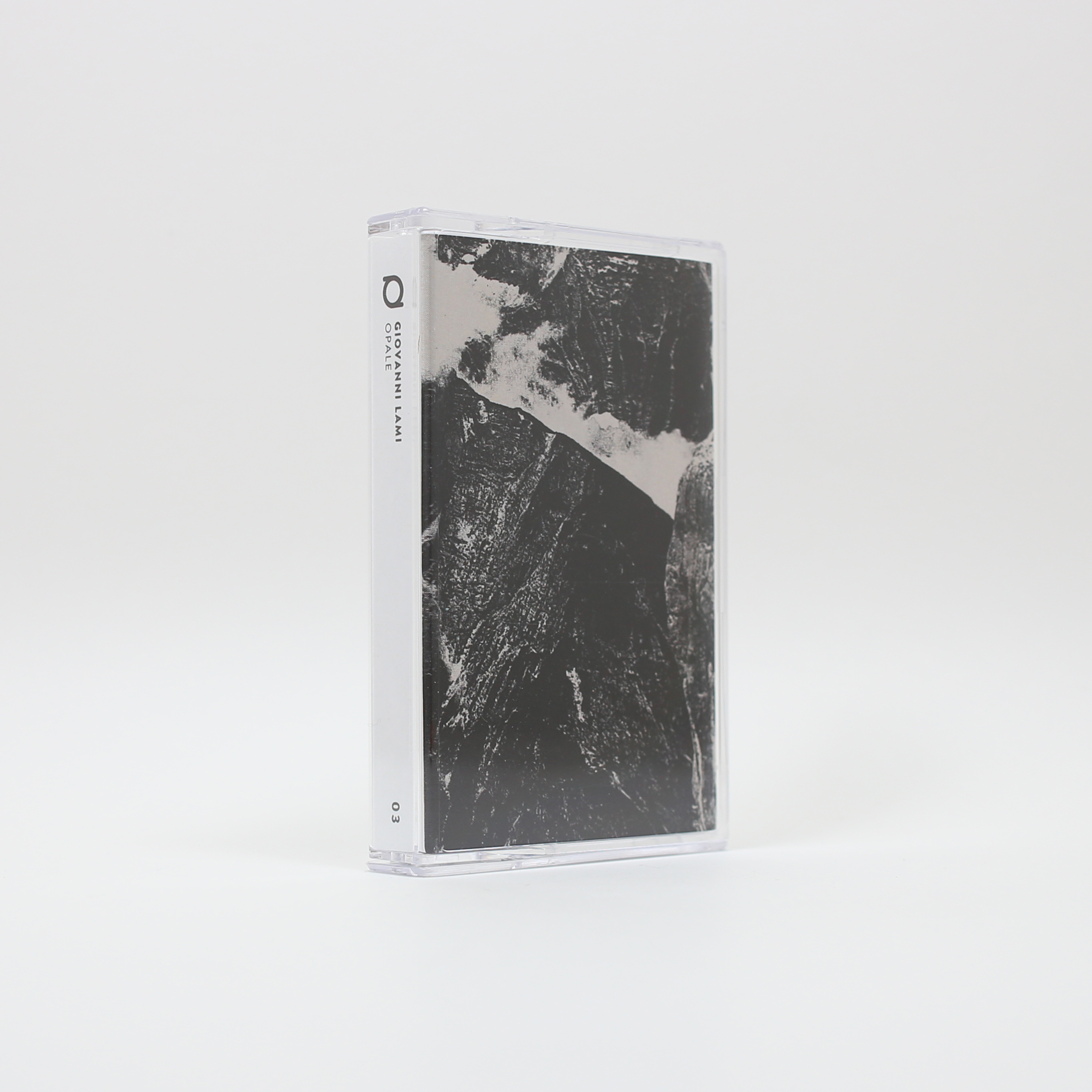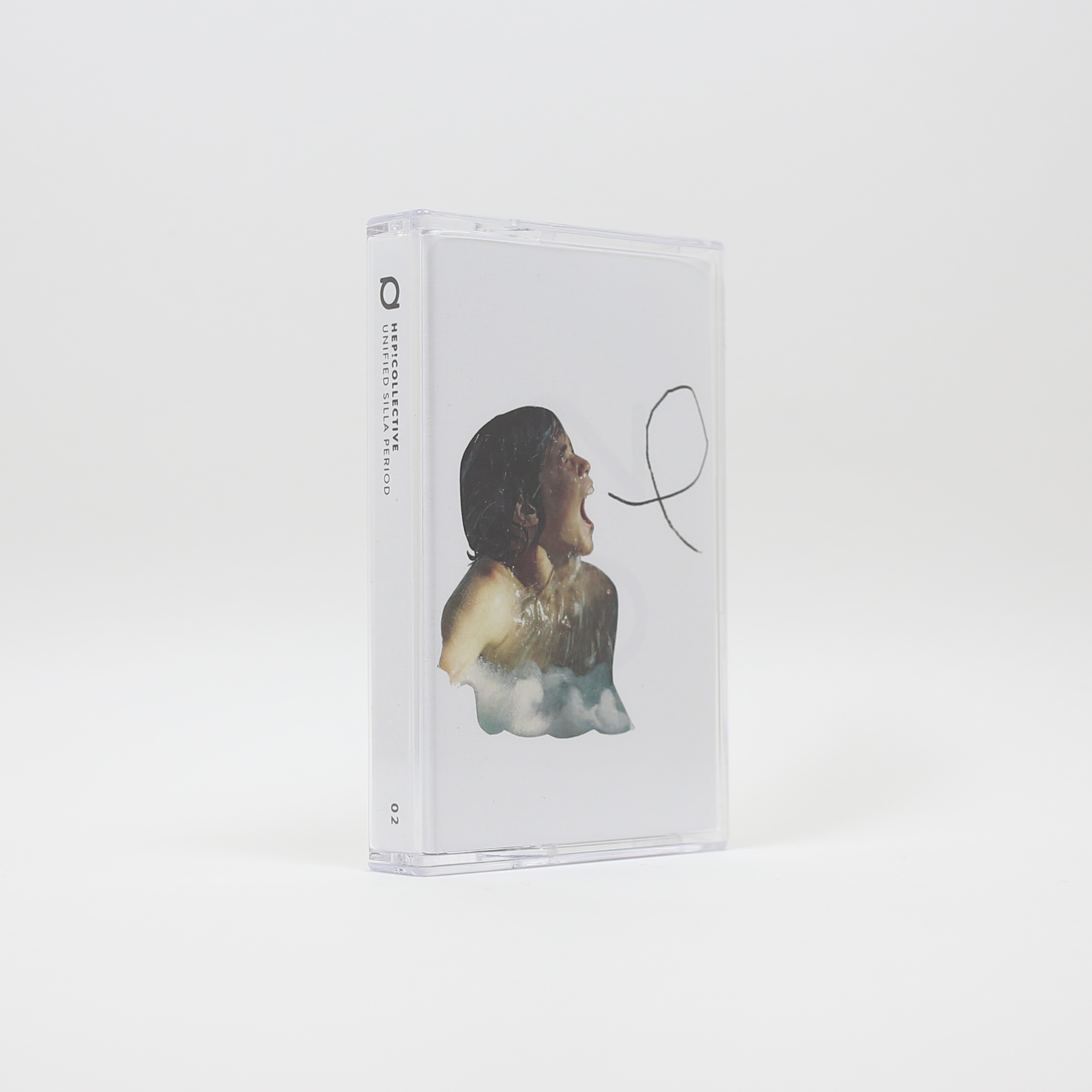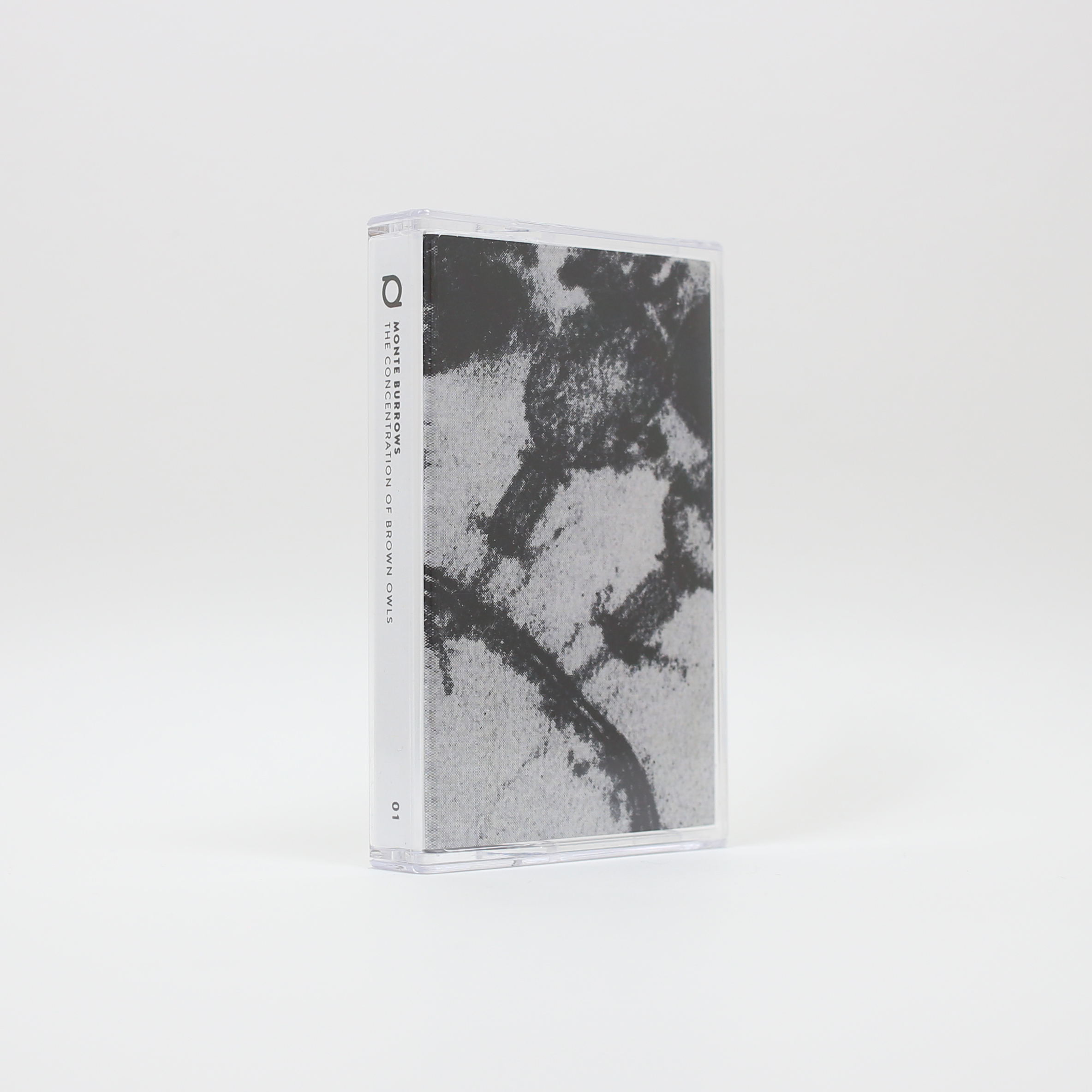New Releases
Pablo Diserens
ebbing ice lines
On ebbing ice lines, field recordist and artist Pablo Diserens brings us into the geologies of the Low Arctic. Entirely assembled of field recordings of glaciers, volcanoes, avian vocalizations, and anthropogenic hums, the album invites us to think of these landforms as entities in their own right, and draws us into an intimacy with bodies far greater than our own. The result is a dronesque and texturally-rich journey through some of the world’s most fragile melting zones.
This album is a co-release between Dinzu Artefacts and forms of minutiae
Neti-Neti
Echo of Being / Grace in Rot
Echo of Being / Grace in Rot is a powerful sonic meditation on grief by the duo Neti-Neti, composed of vocalist Amirtha Kidambi and percussionist Matt Evans. The project originated from improvisation sessions born out of personal loss, evolving from an intimate exchange into a practice that bridges the personal and the political.
Kidambi’s voice moves fluidly between South Asian vocal traditions and extended techniques, amplified and reshaped through real-time processing, delays, and layers of harmonic distortion. Evans’ percussion becomes both rhythmic engine and textural sculpture, his drums and cymbals feeding into samplers, effects, and loops that refract each gesture into new shapes. Both musicians harness feedback—not as background noise, but as a visceral, structural force—letting sustained tones and resonances pulse through the body like a physical presence.
The result is a sound world that fuses syncopated grooves, cathartic outbursts, and meditative drones into a ritualistic electroacoustic space. At times sparse and suspended, at times dense with surging overtones, the music channels the corporeal force of feedback and the psychoacoustic play of sustained tones, evoking both the sacred drones of Eliane Radigue and the raw immediacy of This Heat’s rhythmic noise. A haunting final take, performed in total darkness, captures the duo at their most immersive—an enveloping, almost otherworldly experience in which the air itself seems to vibrate with loss and memory.
Echo of Being / Grace in Rot draws its emotional weight from both personal bereavement and the collective grief of our era, shaped by the relentless feed of traumatic images and news. The record challenges listeners to confront these overwhelming realities, transforming mourning into a shared act of resistance and healing. It reclaims humanity amidst the unimaginable, offering not only a document of sound but a space for reflection, embodiment, and resilience.
Arran Poole
Line Drawings
Layered improvisations converge to form a duo of longform drone harmonies, composed entirely with the bow chime. This esoteric instrument, comprising a large stainless steel resonating sheet paired with an array of tuned rods, produces a rich spectrum of tones and pitches when bowed. The recording emphasizes its deeply resonant qualities, unfolding in a continuous sonic line — fluid, unbroken, and immersive.
Monastero
Monastero
Emerging from the resonant stillness of a centuries-old monastery, Monastero unfolds as a series of improvised modern compositions — each track a spontaneous dialogue between space and sound. The instrumentation drifts fluidly between structure and abstraction, allowing reverb-soaked tones and percussive textures to breathe and bloom within the natural acoustics of stone walls and vaulted ceilings, giving the music a haunting, sacred dimension.
tsuadatta
Not here but somewhere
On Not here but somewhere, the Japanese ambient guitarist crafts freeform soundscapes that feel less composed than discovered. Each track unfolds like a whispered conversation between emotion and environment — guitar lines ripple like wind over water, subtly shifting direction, as if carried downstream by a current of pure intuition. The result is a quietly enveloping odyssey, where every piece becomes a new place, felt more than defined.


